Hello everyone! Here I am again. How are you today? Today's article I will write about a museum of Champa sculpture, this museum in the heart of Da Nang city, in this article I will briefly introduce the kingdom of Champa. Tens of centuries ago, the kingdom of Champa was an independent state that existed continuously in the periods from 192 to 1832 under the names of each period of Lam Ap, Hoan Vuong, Champa, and finally. is Panduranga Champa in the central region of Vietnam. The territory of Champa stretches across the central region of Vietnam. The range of the ancient kingdom of Champa was from the Hoanh Son range in the north to Binh Thuan in the south and from the East Sea to the western mountains of present-day Laos. Champa's artistic style influenced by India and Buddhism is the Indochinese style and the My Son style, many monuments of temples and stone carvings, especially linga-shaped artefacts, still exist. until today. Shows the influence of Hinduism and Buddhism, the two main religions of the ancient Champa kingdom. Every ethnic group, every country has its unique history and social space. Likewise, the Champa people had a kingdom with an ancient civilization. The thousands of years of dust still cannot erase the image of the ancient Champa kingdom, which is a unique historical and cultural phenomenon. Because to this day, ancient architectures, sculptures and even metallurgy have left behind many artefacts. Typical objects from the heyday of the Champa kingdom. Champa sculpture art has gone deep into people's hearts, right from the beginning of the 7th century, it has made a deep impression on many people at home and abroad. Currently, in Da Nang city, there is also a museum of Cham-Pa sculpture art, this is one of the museums with artworks of the largest Champa kingdom in Vietnam. In this article, I will describe this museum in detail along with everyone.
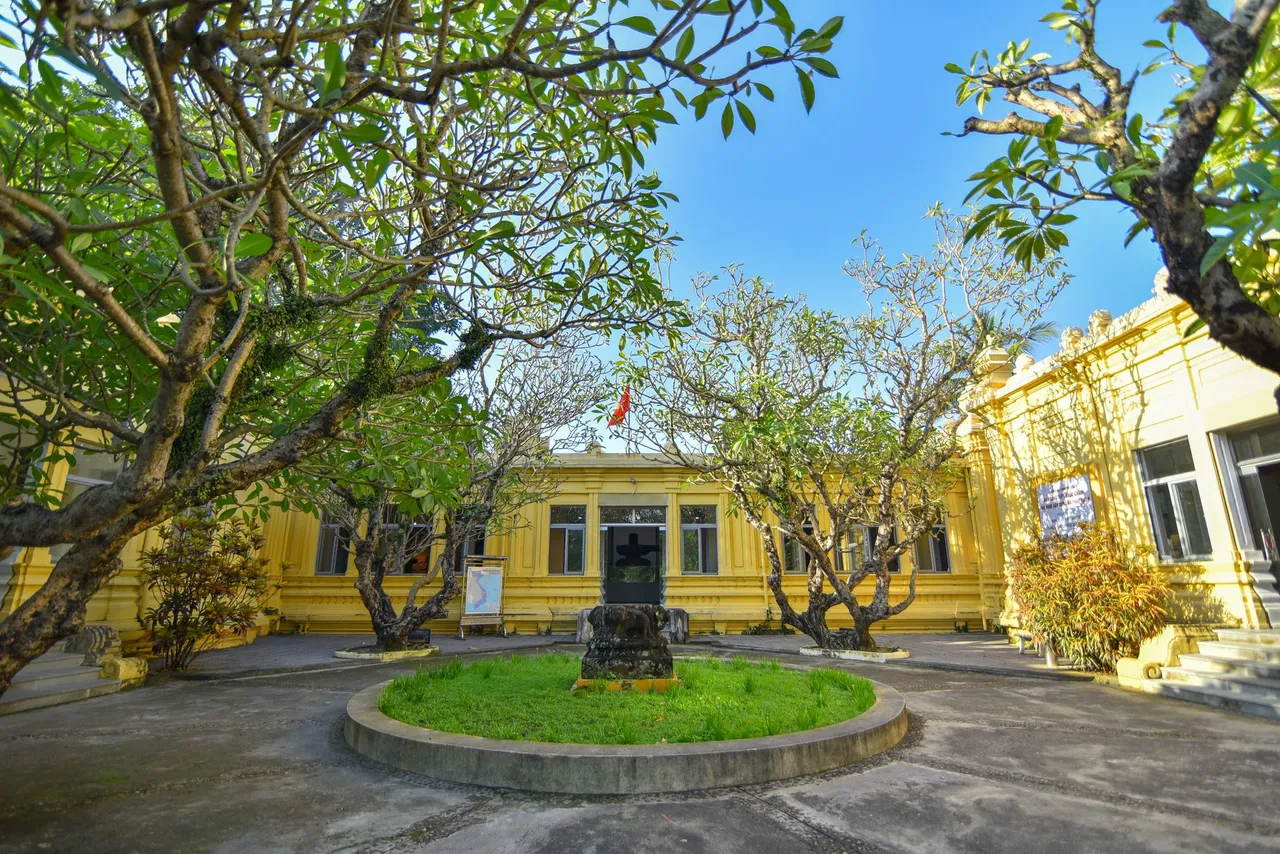

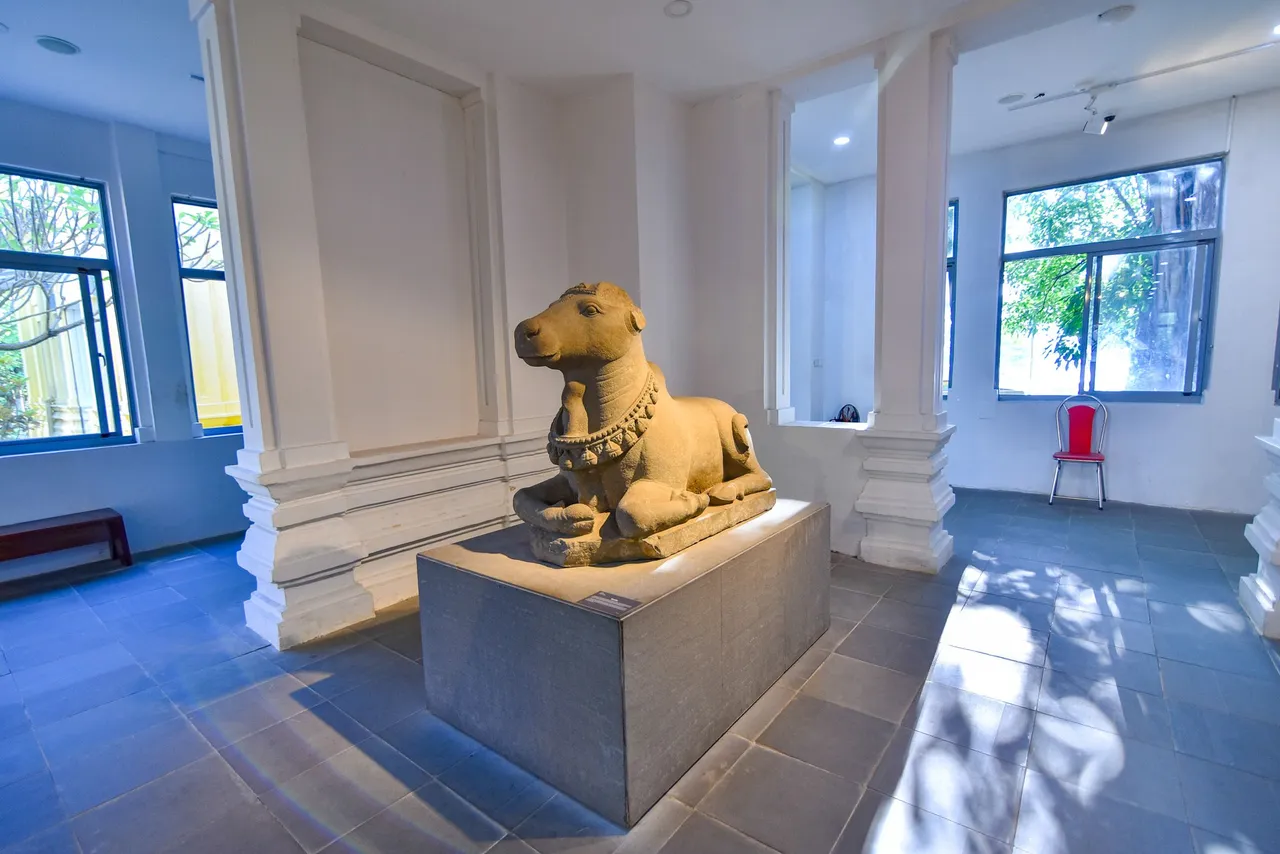
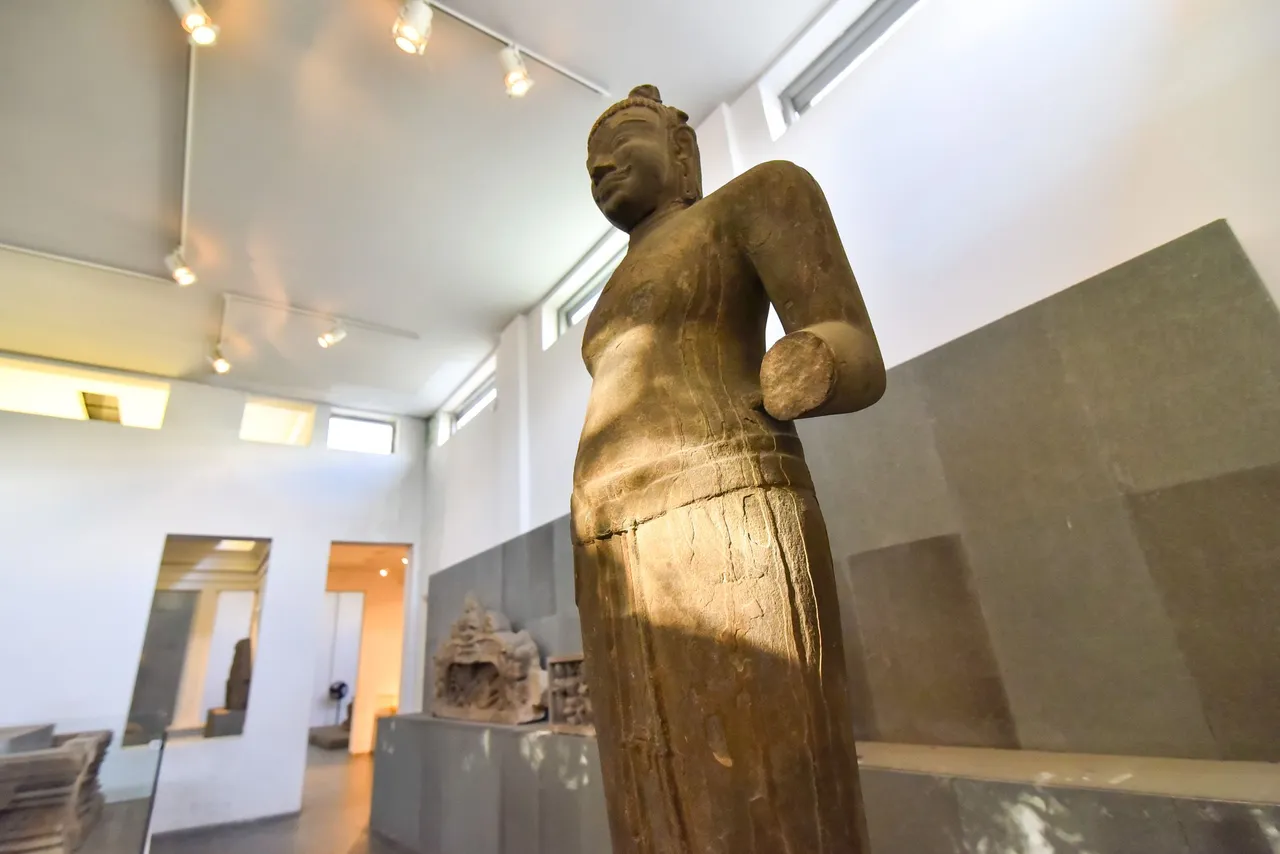

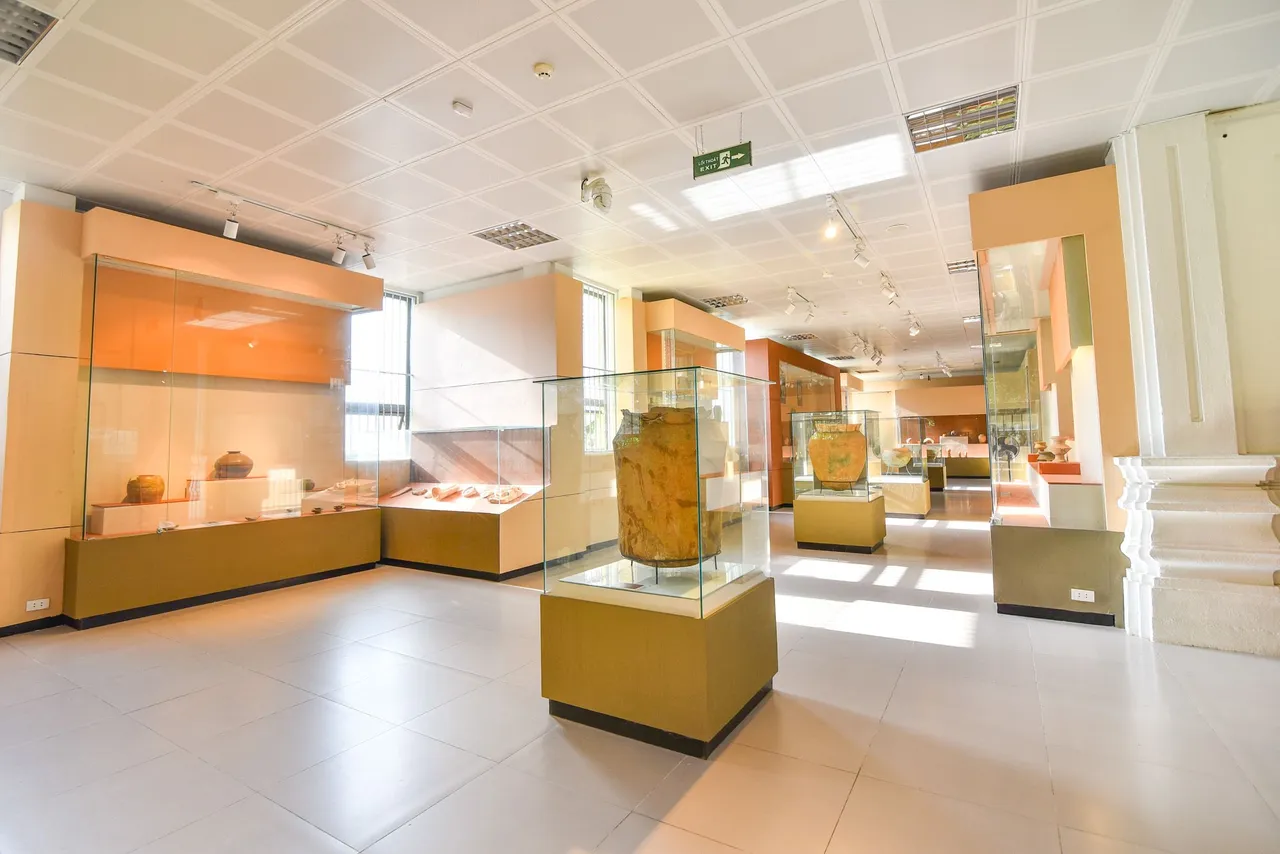

The first building of the museum was built in 1915, many Champa sculptures are found in Da Nang, Quang Nam and neighbouring provinces. near. The collection of Cham sculptures dates back to the late 19th century and is the credit of France's archaeology buffs, especially those working for the ancient French School of the Far East. Some of the Cham sculptures have moved to France, others have moved to the Hanoi Museum and the Saigon Museum, but most of the representative works are still in Da Nang city. Museum of Cham Sculpture, also known as Co Vien Tram. Cham-Pa Sculpture Museum is located on 2/9 Street, Hai Chau District, Da Nang City, it can be said that the Cham-Pa Museum is located in an extremely convenient location, located in the heart of the city centre. Da Nang city, the surrounding of the museum today is the place that attracts the most visitors, in Da Nang city. Tourists will not be surprised when entering this museum for the first time. Of course, the inside of the museum has a unique Gothic architecture, with a pointed roof and a system of large transparent glass windows, allowing sunlight to penetrate every corner of the museum. The museum's architecture follows Gothic architecture, heavily influenced by French architecture, combined with the green space around the museum with porcelain flowers, gently fragrant, spreading throughout every corner of the museum. satisfy all visitors. The entire building, and the original architectural style of the museum, are still preserved to this day, although it has undergone two expansions and restorations. The entrance ticket price of the Cham-Pa sculpture museum is about 40,000 Vnd, equivalent to 2 US dollars, the opening time frame for visitors is from 8 am to 5 pm on the same day. Currently, due to the influence of the epidemic, the Cham-Pa museum has opened its doors freely and you will not spend any money to visit this place.
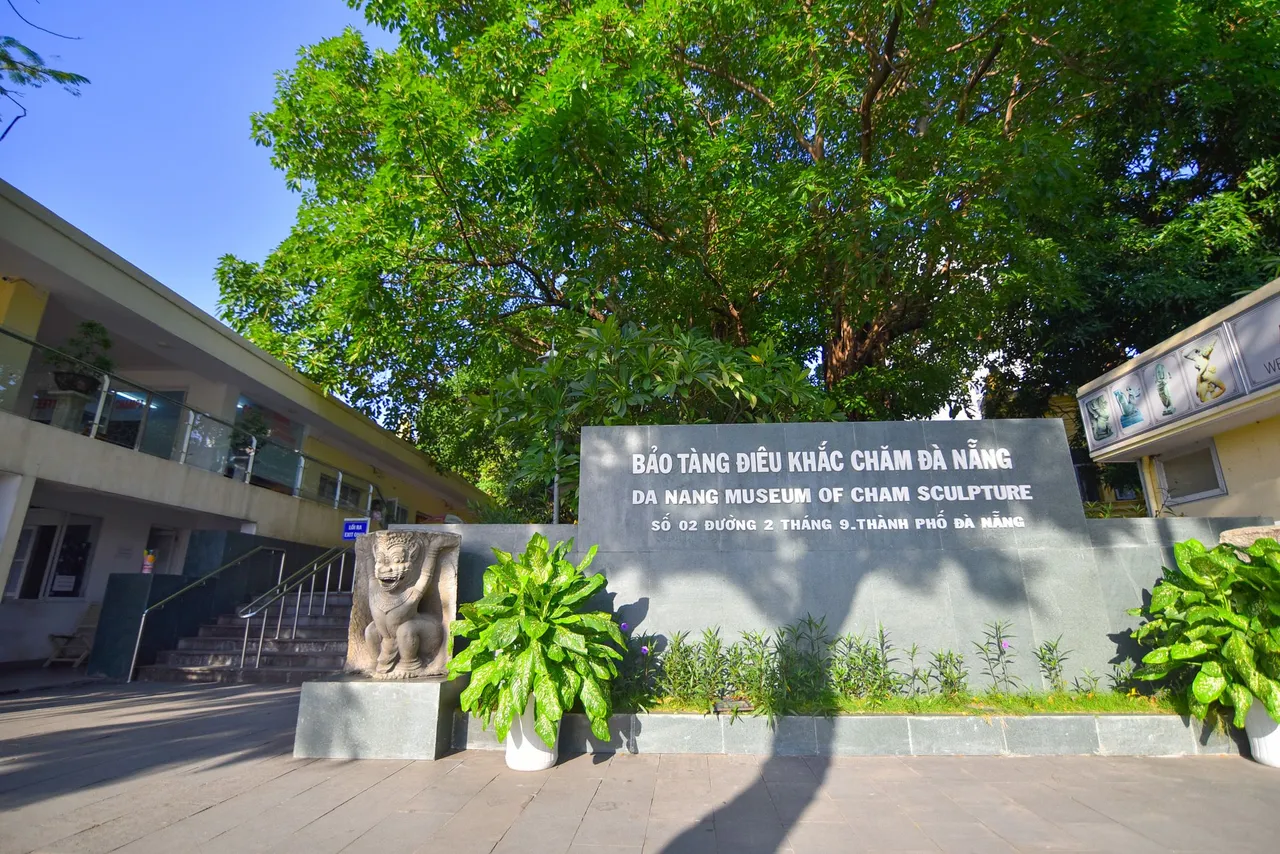
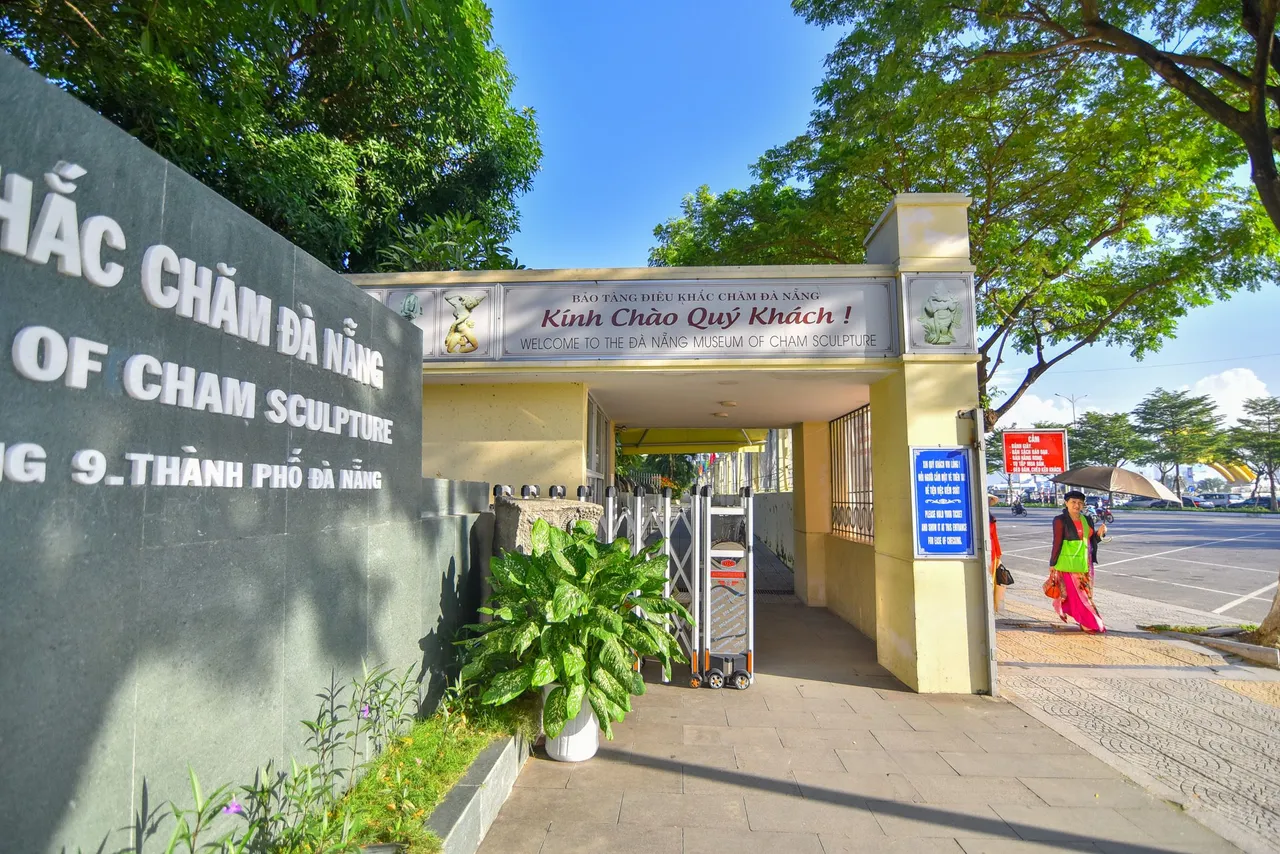
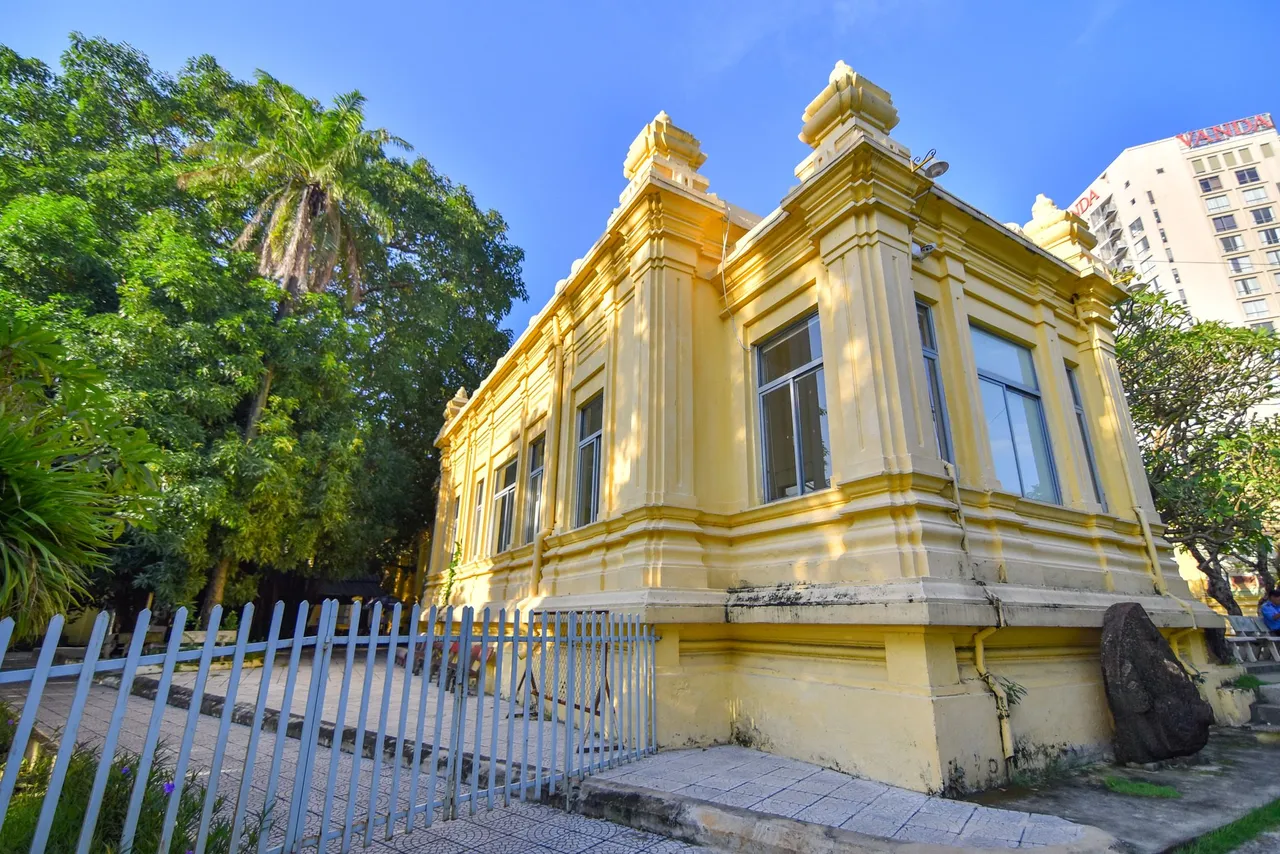

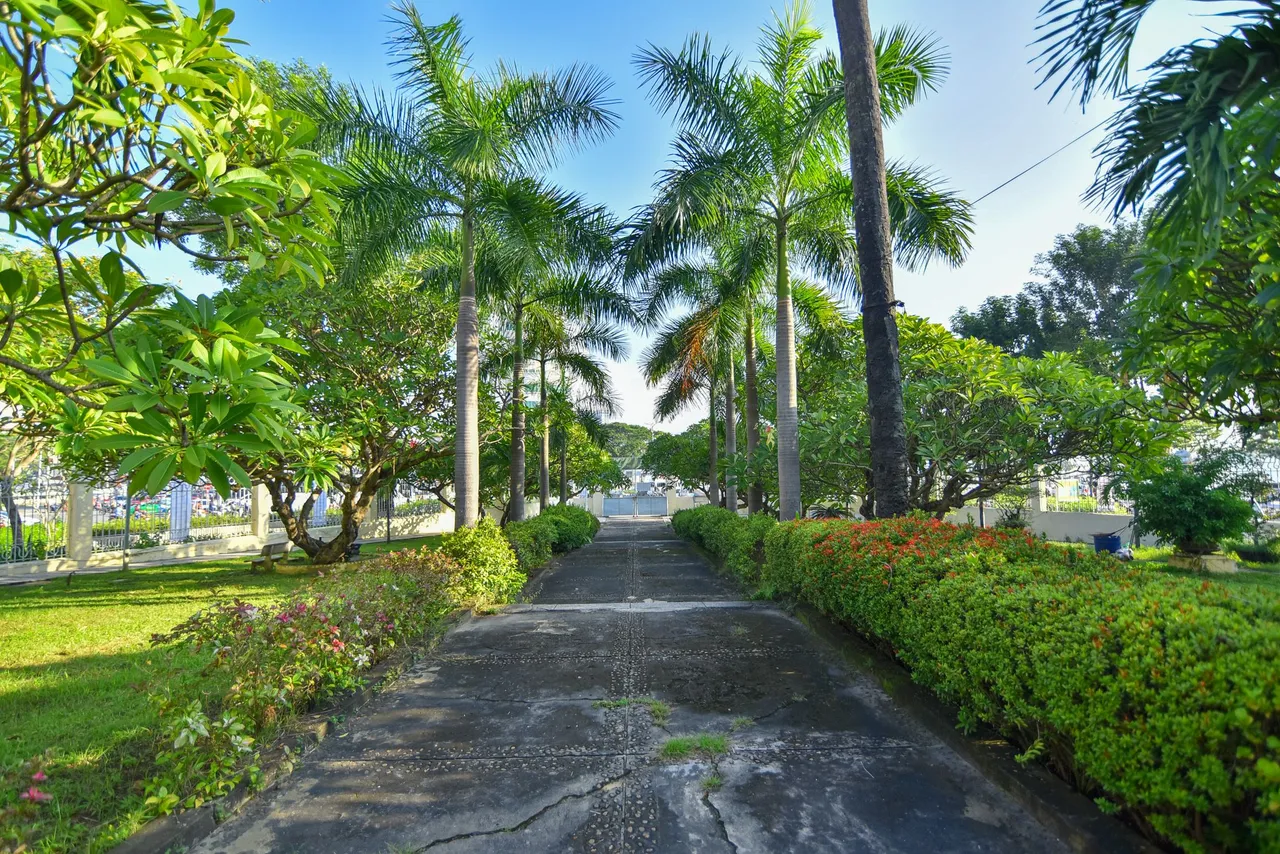
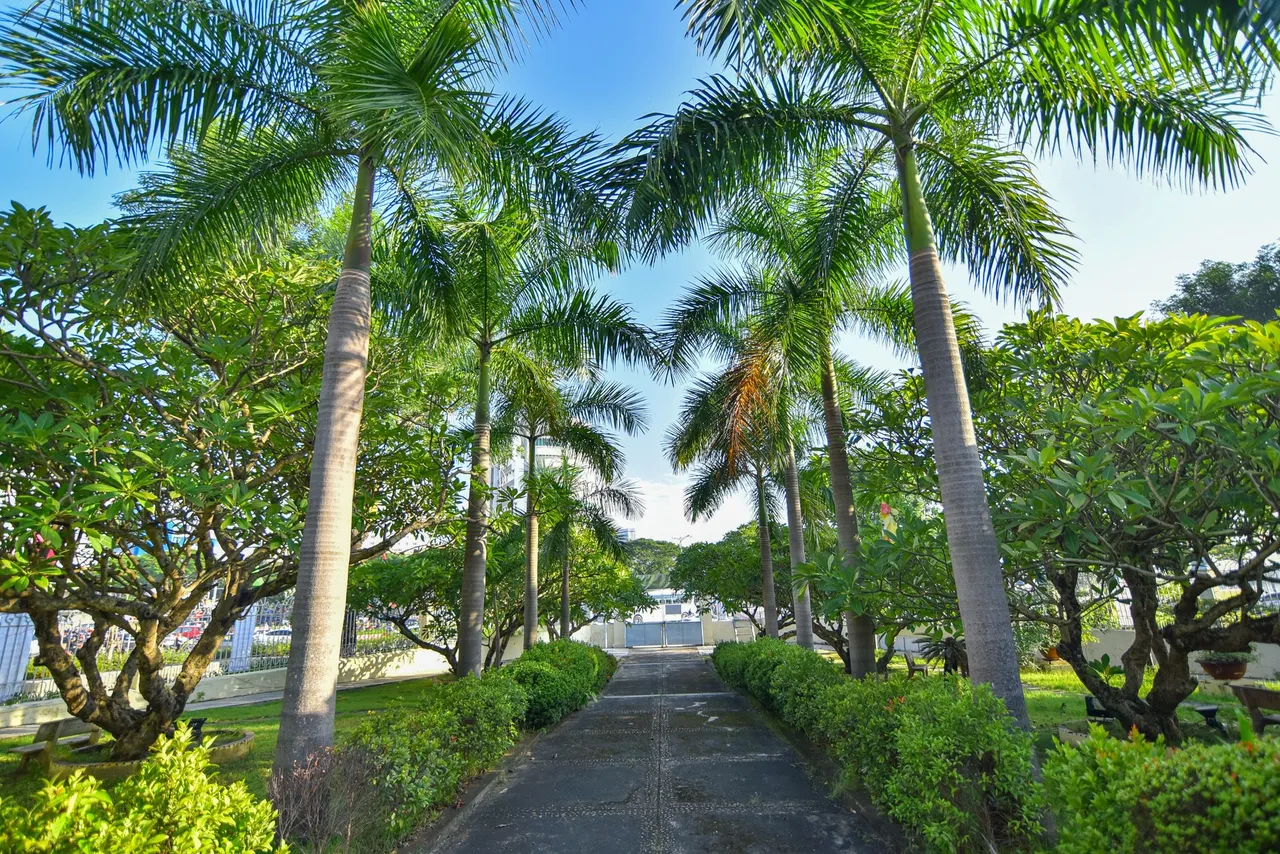
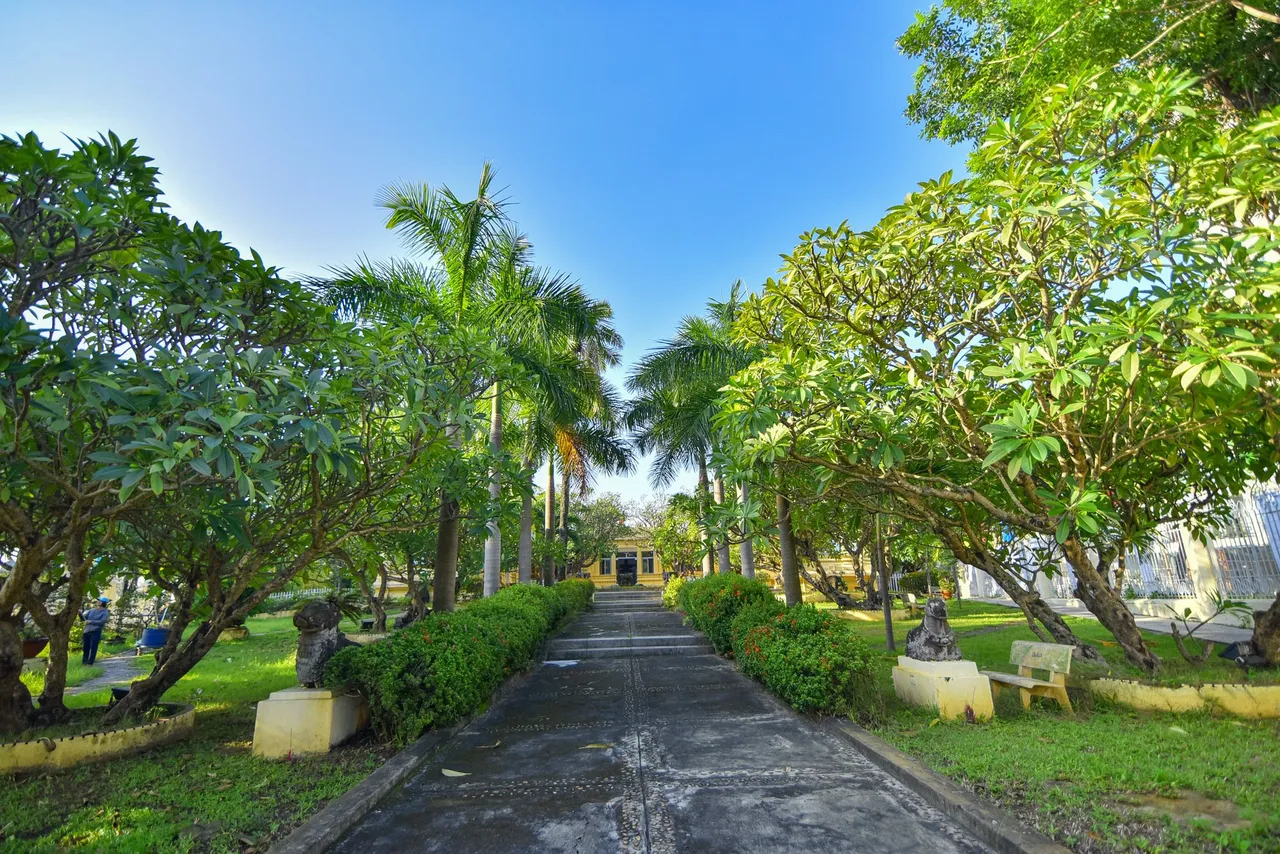

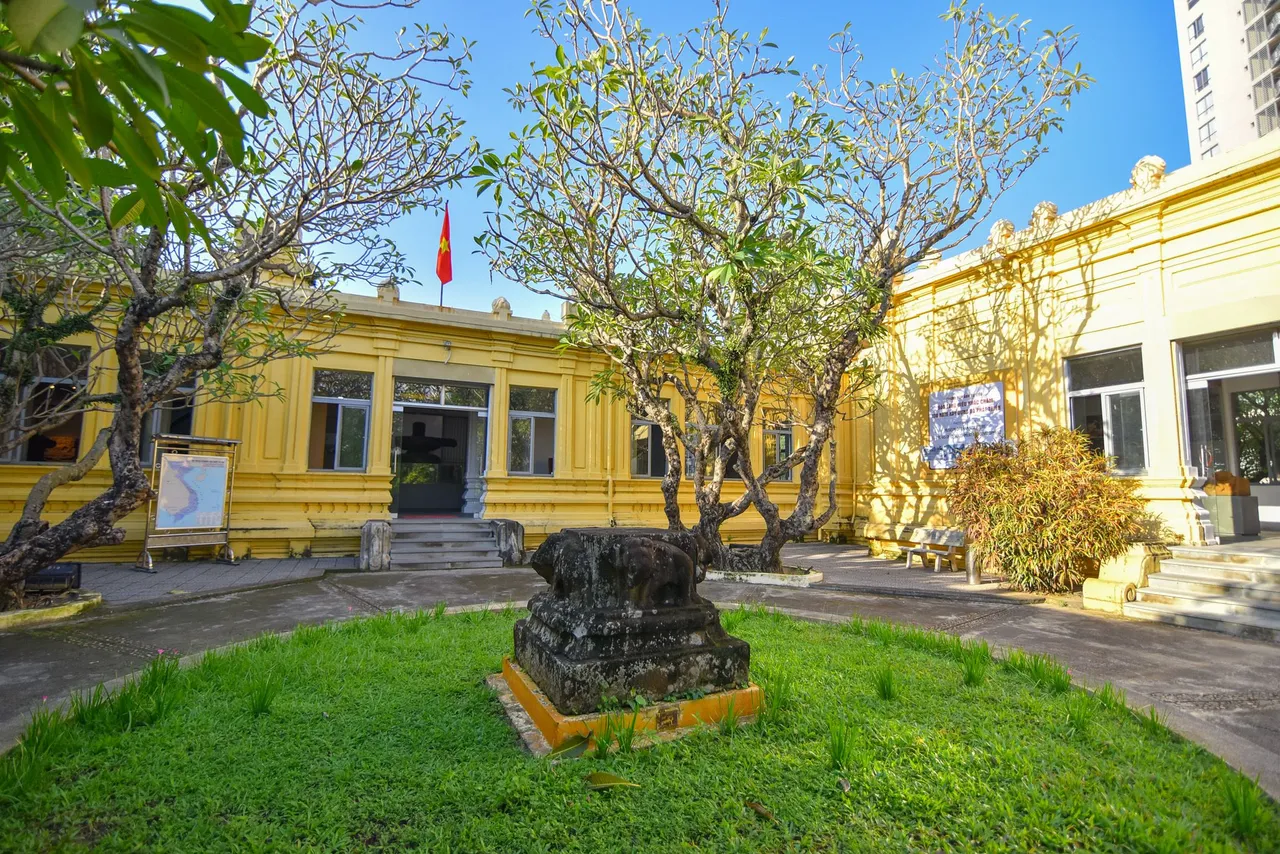


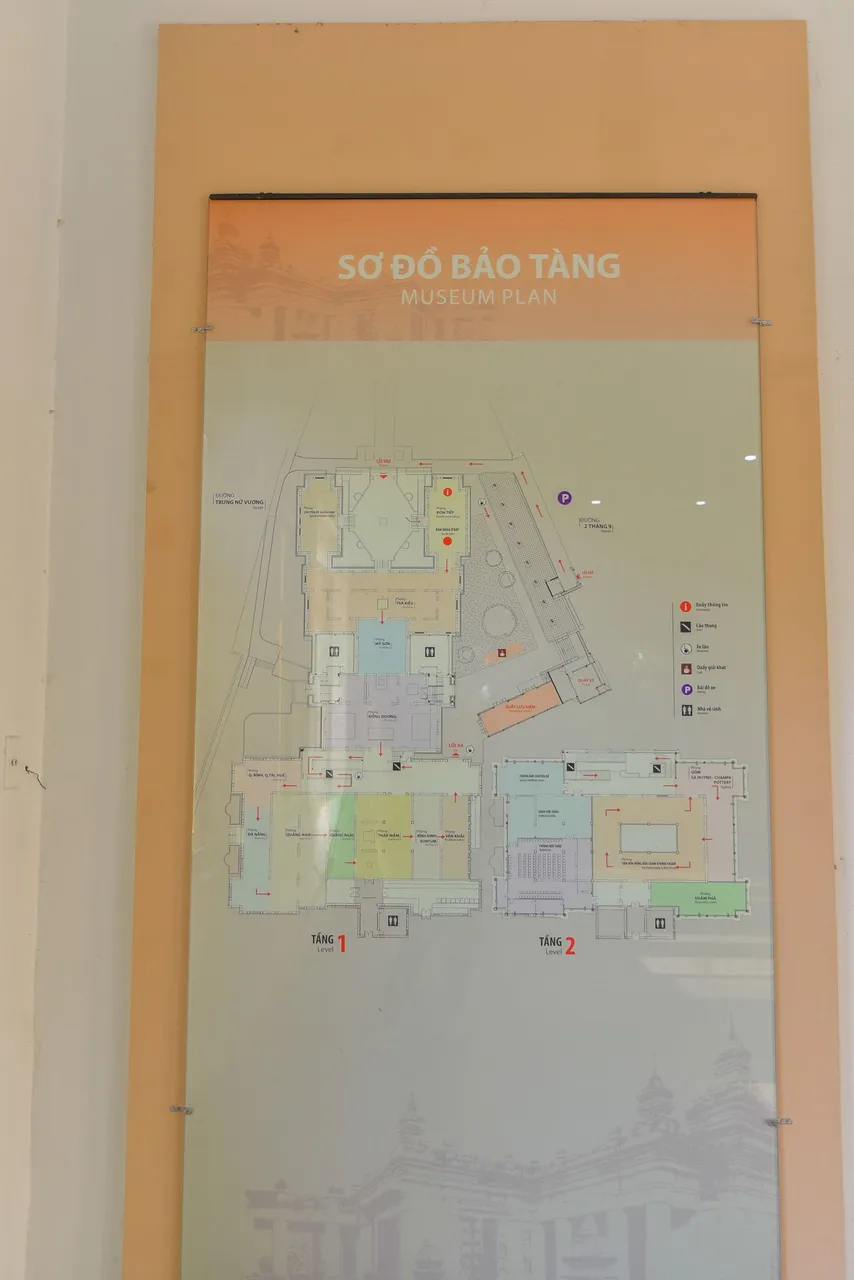
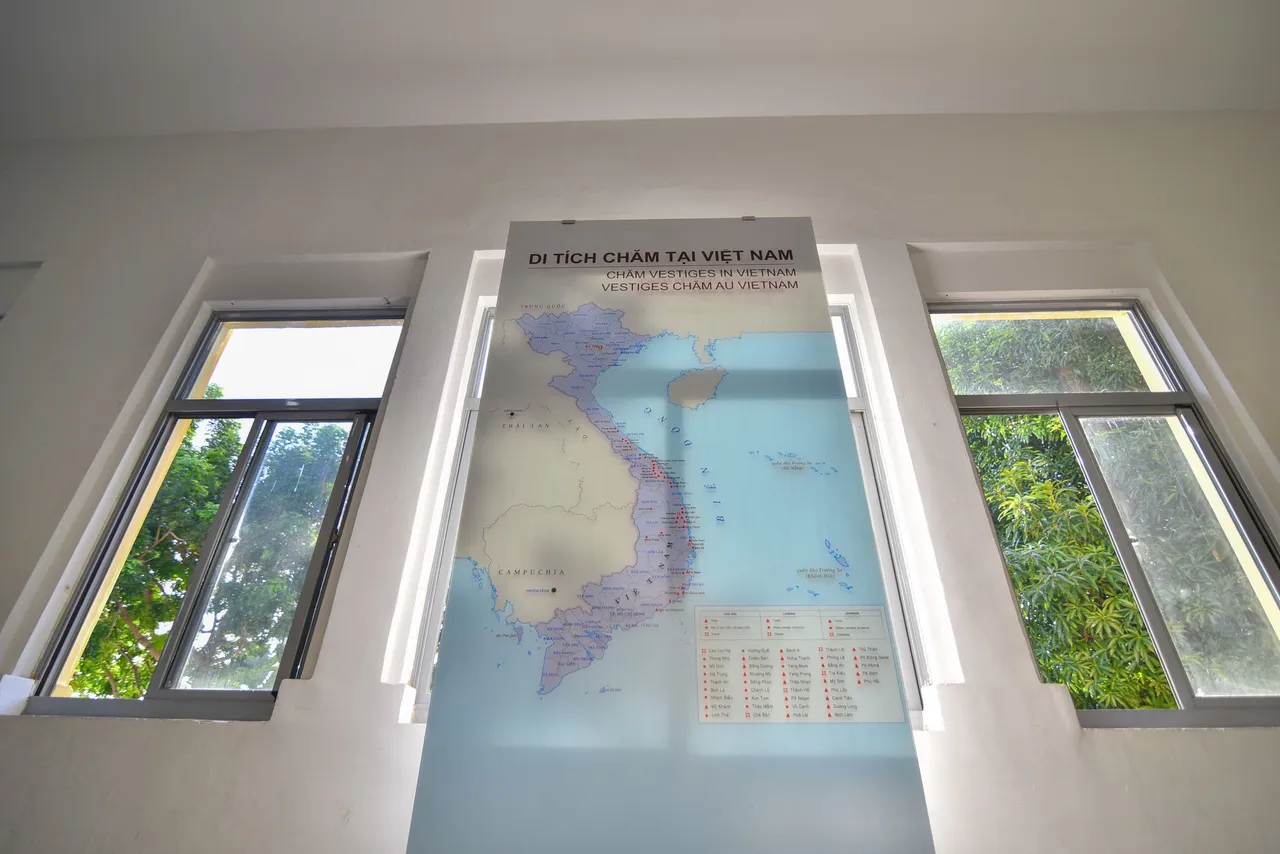
Inside the museum will include 10 different galleries, each room will be the name of a province. Artworks excavated in any province will be placed in the gallery of that province. First I will introduce the My Son Gallery, My Son used to be an important religious centre of the Champa Kingdom. Located in present-day Quang Nam province, about 30 km west of Tra Kieu relic site, one of the ancient Champa capitals. Deep in a valley surrounded by small mountains are more than 70 stupas, most of which were built to worship the god Shiva. According to the epitaph, My Son may have been the first towers built around the 4th or 5th century, but until now only architectural works from the 7th century remain. Most of the buildings are well preserved. More of them date from the 10th to the 11th century. The stupas built at My Son date from the 11th to 13th centuries. The artefacts on display at the My Son gallery represent many styles, in the development of Cham sculpture.
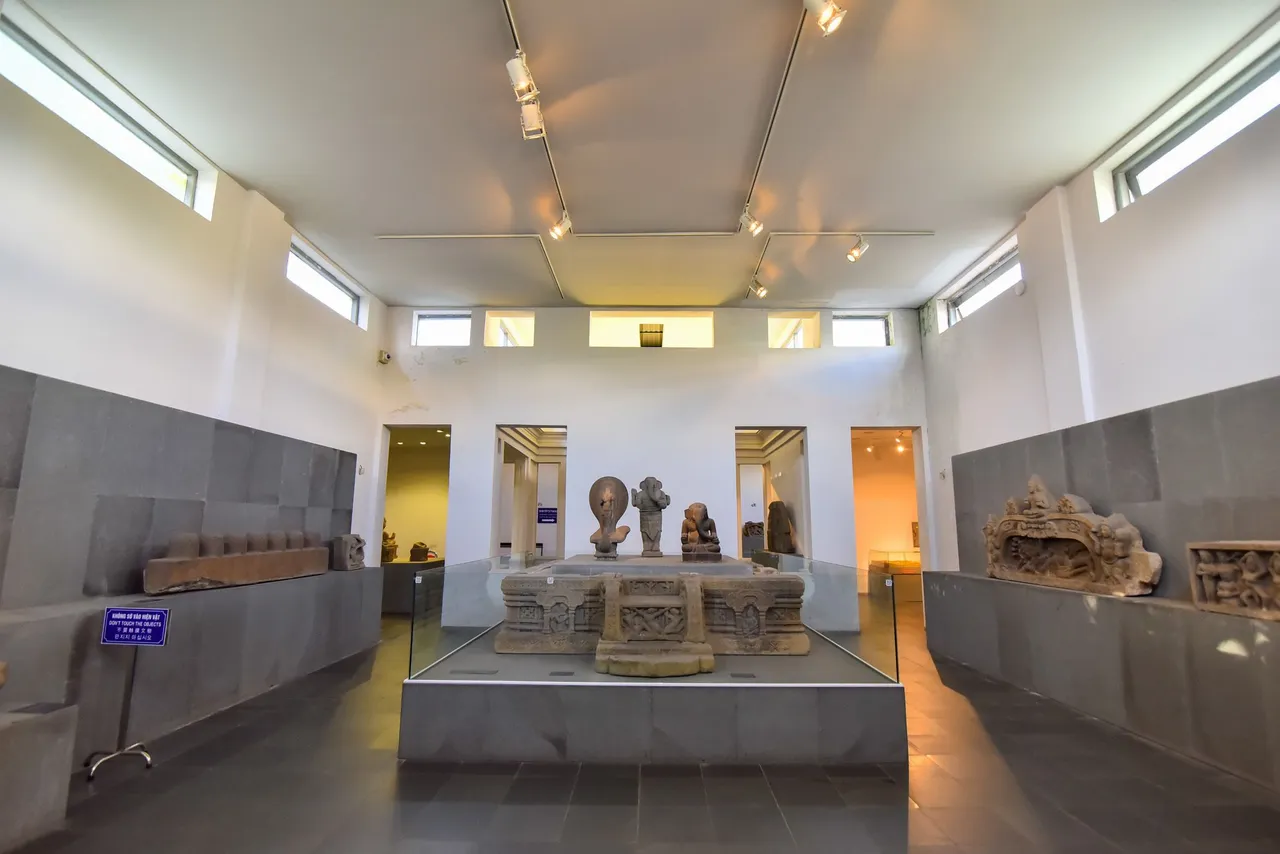
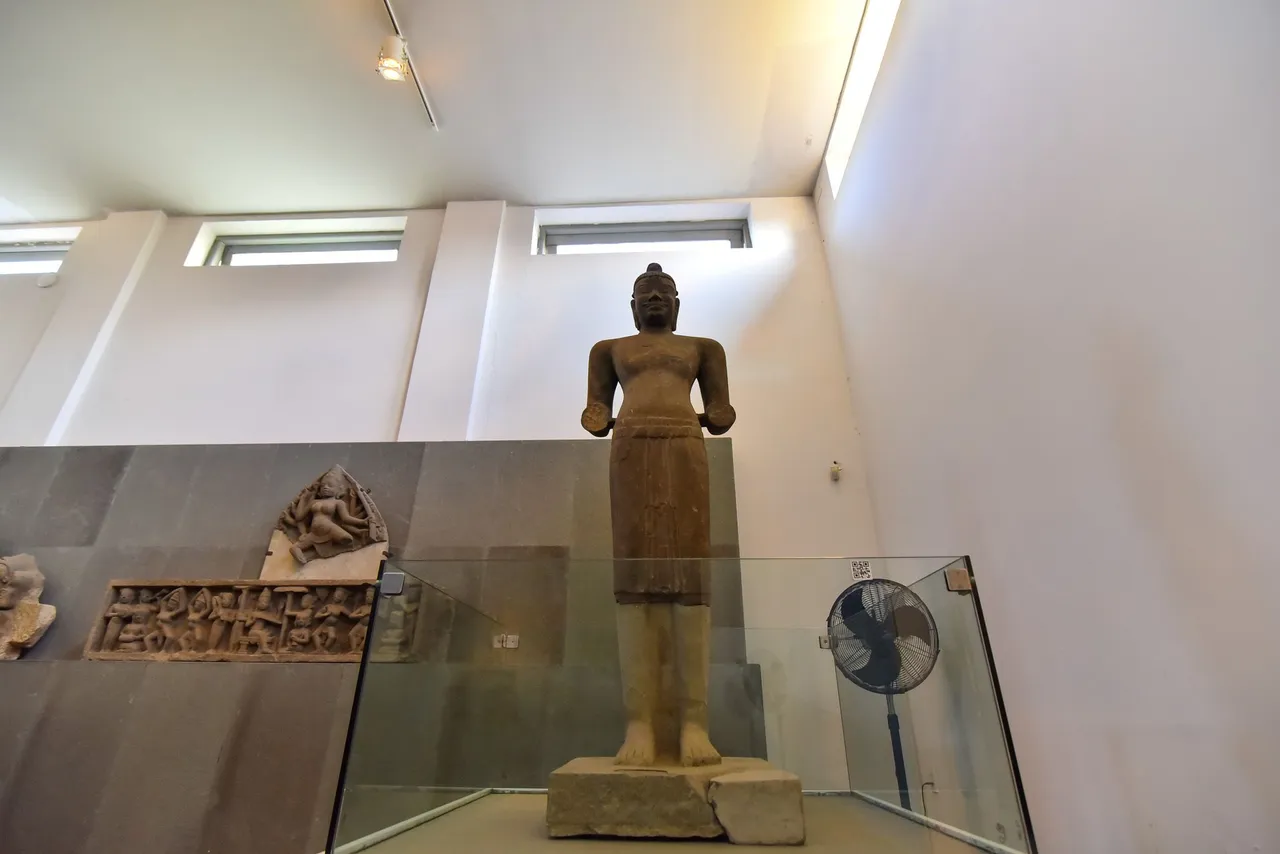

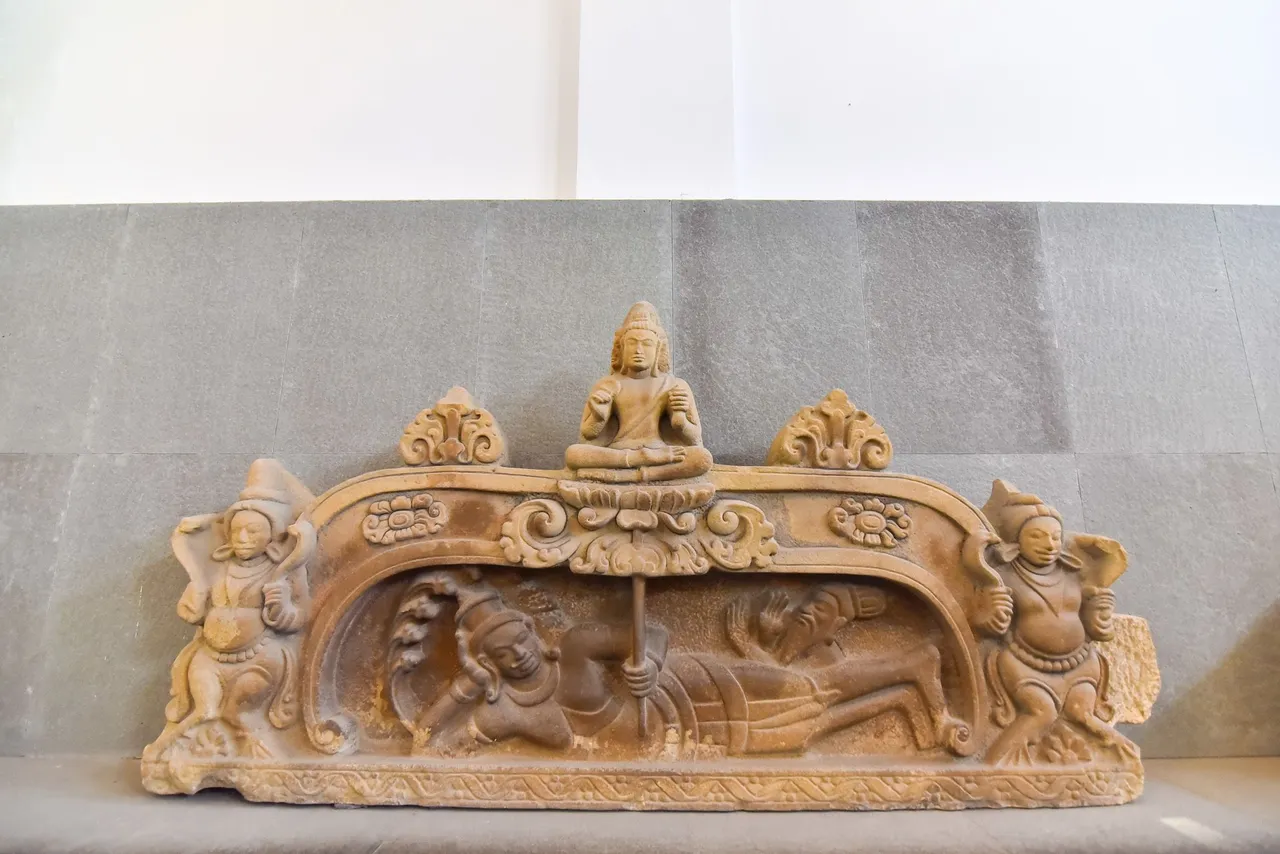
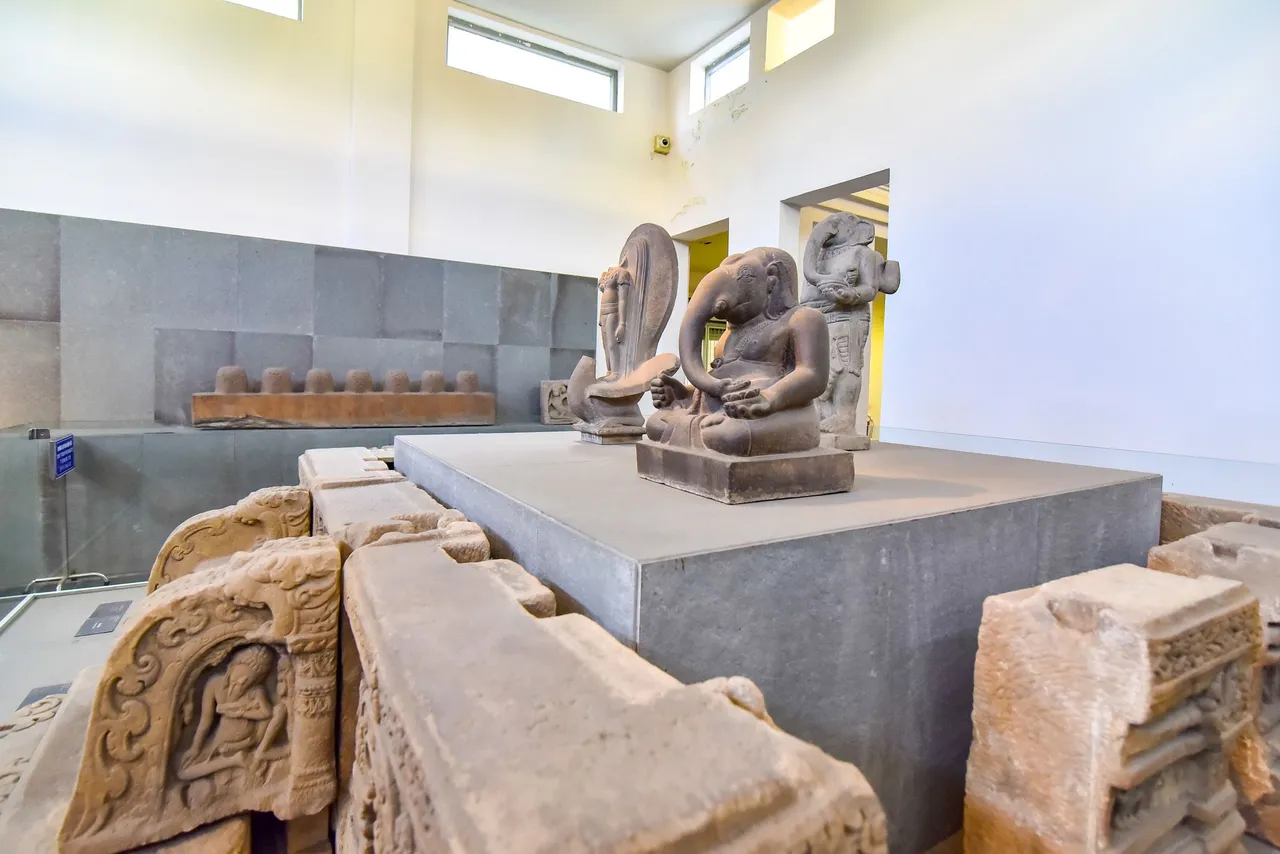

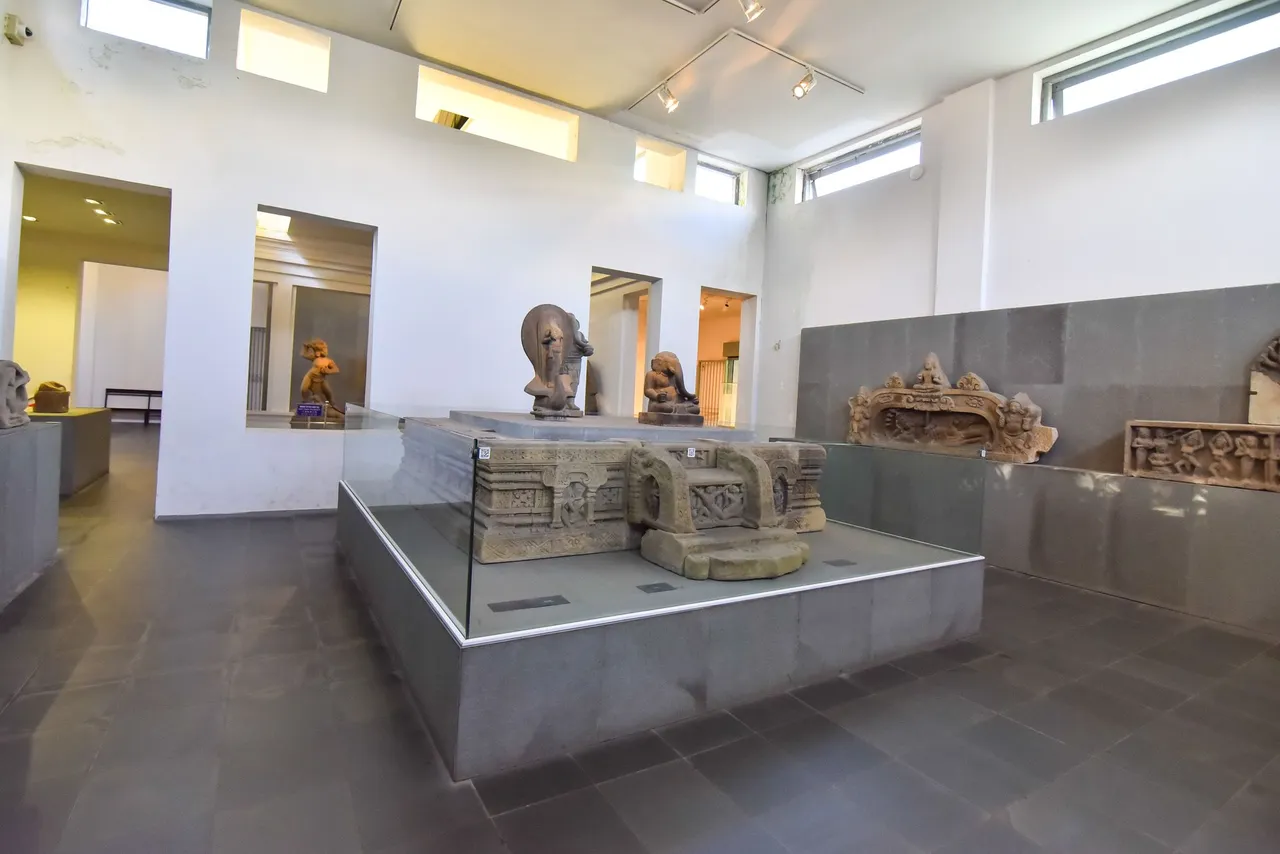

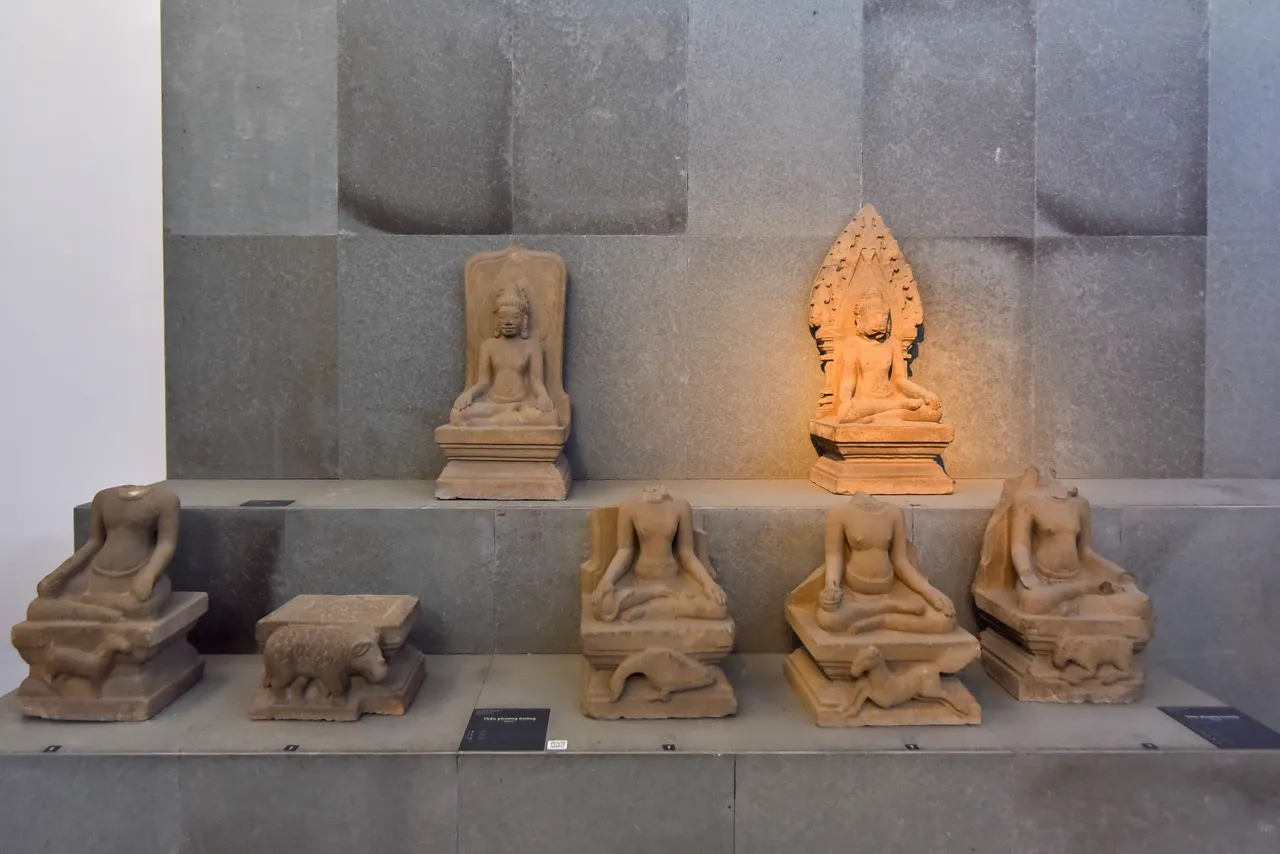
Tra Kieu Gallery is a Tra Kieu relic in Duy Son town, Duy Xuyen district, Quang Nam province. It is 50 km south of Da Nang city centre. In the late 19th and early 20th centuries, collectors found several stone sculptures of the Champa culture in the area, including fragments of an altar, a Linga statue, and other pieces of art. decorative reliefs. Some researchers have compared archaeological findings, with records in ancient geological documents, and determined that Tra Kieu was once the capital of the Champa kingdom, corresponding to the name Simhapura mentioned. mentioned in some ancient Champa inscriptions. Most of the artefacts in Tra Kieu's Collection date from the 11th century, but there are also researched artefacts that have identified it as being in the 5th and 6th centuries, or there are still artefacts from the past. 3-4 centuries apart. The artistic features of the artefacts of Tra Kieu room are all soft, full of life, and also very diverse in costumes and jewellery.
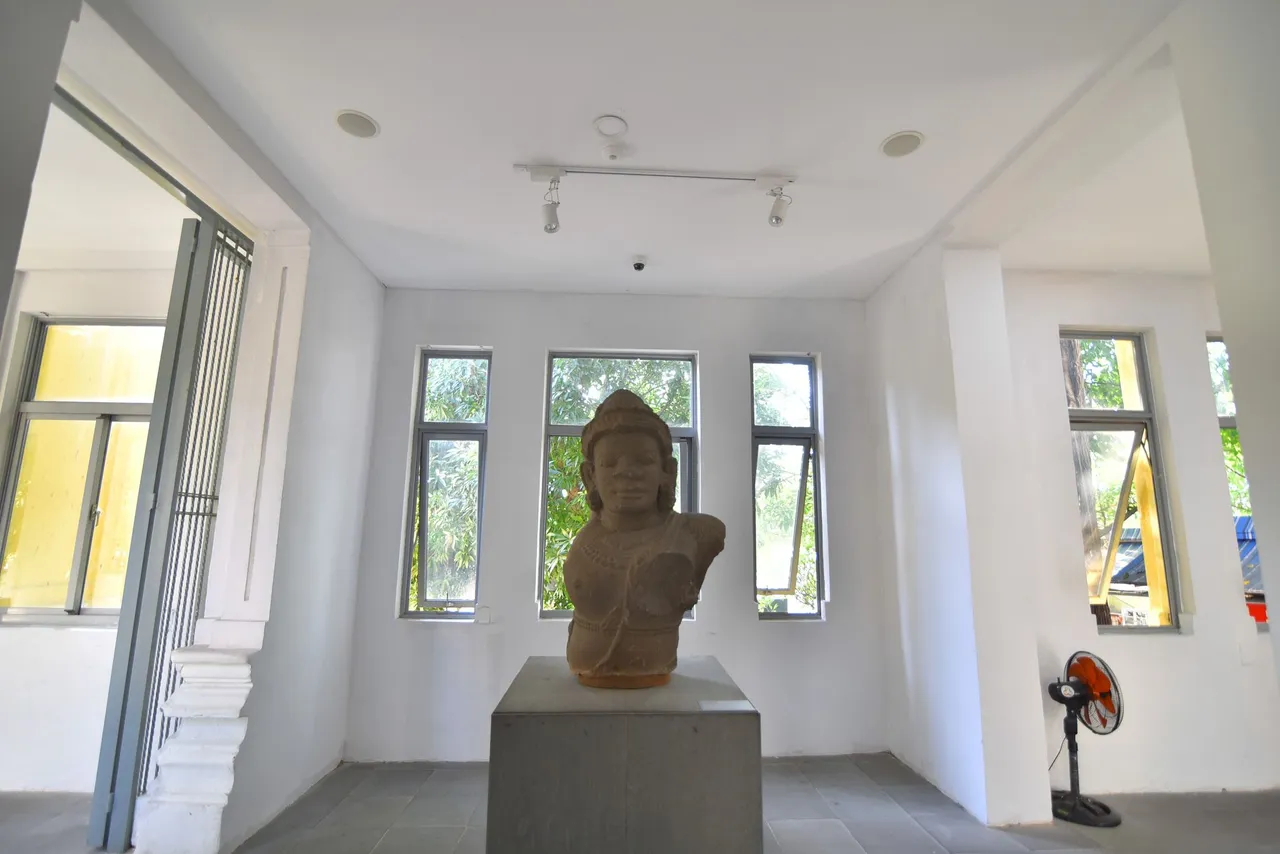
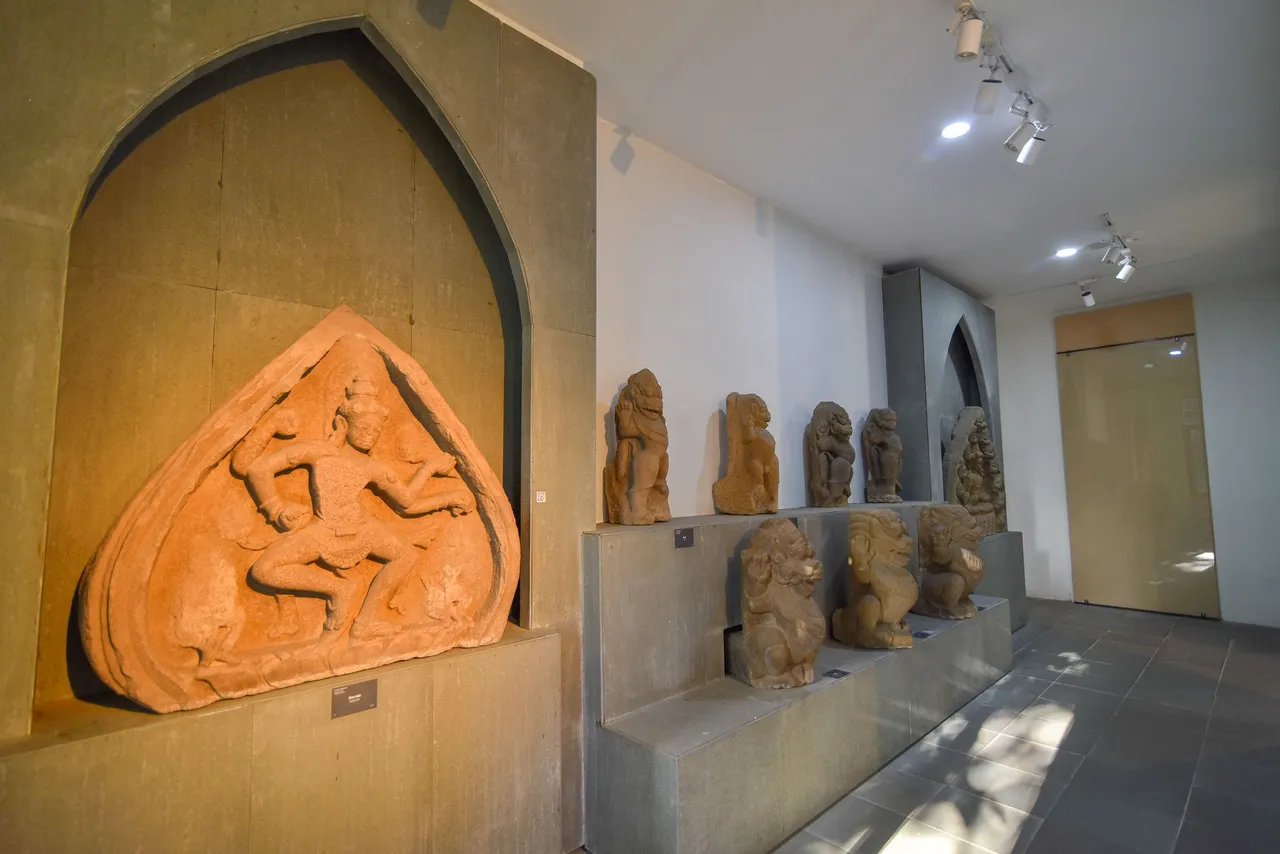
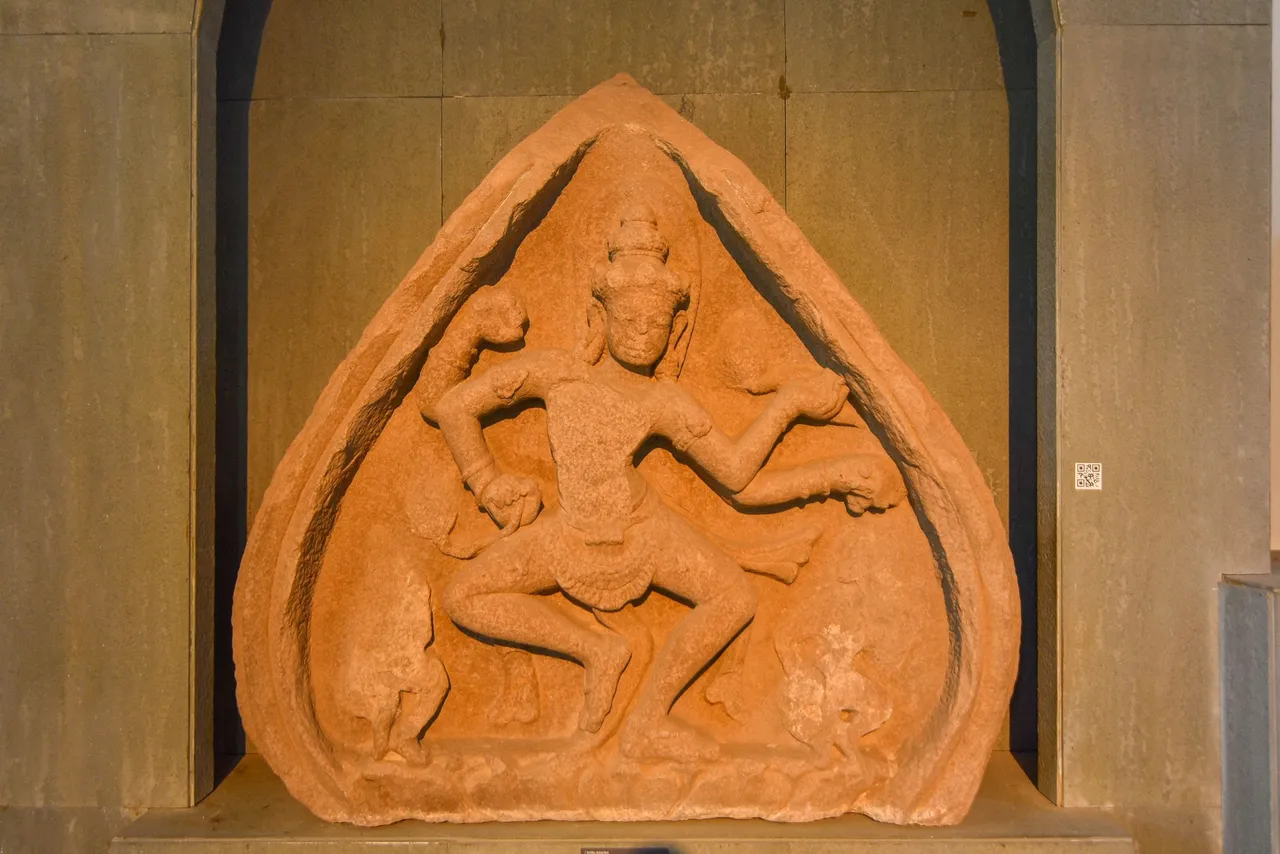
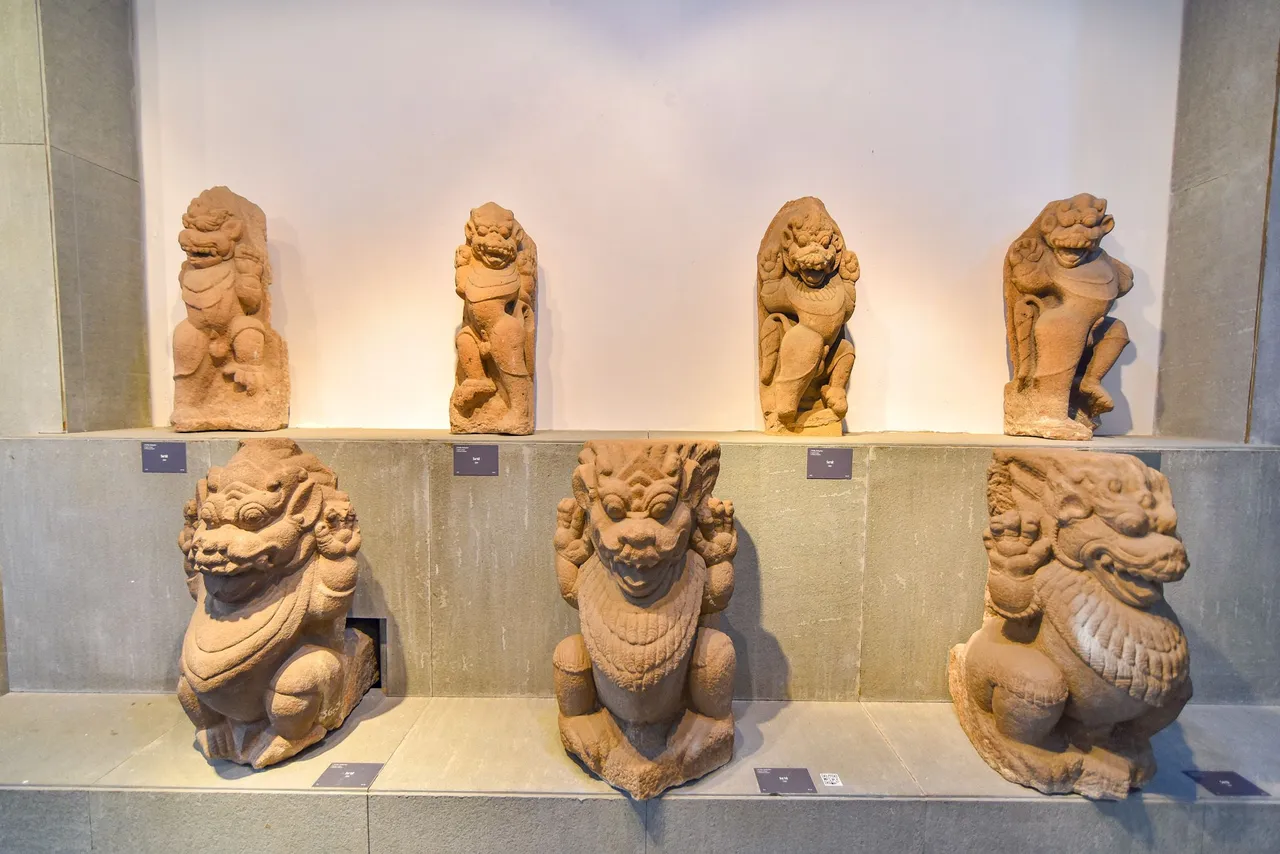
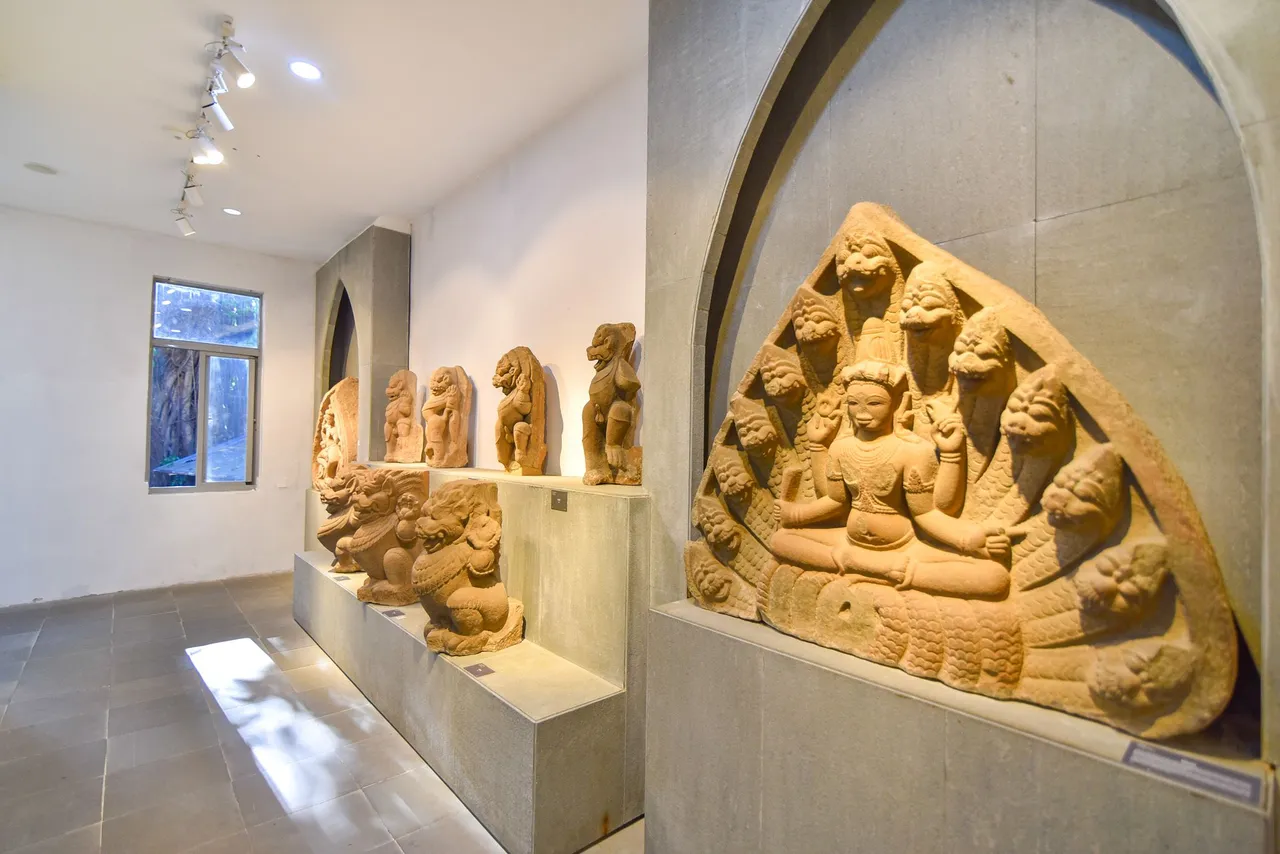

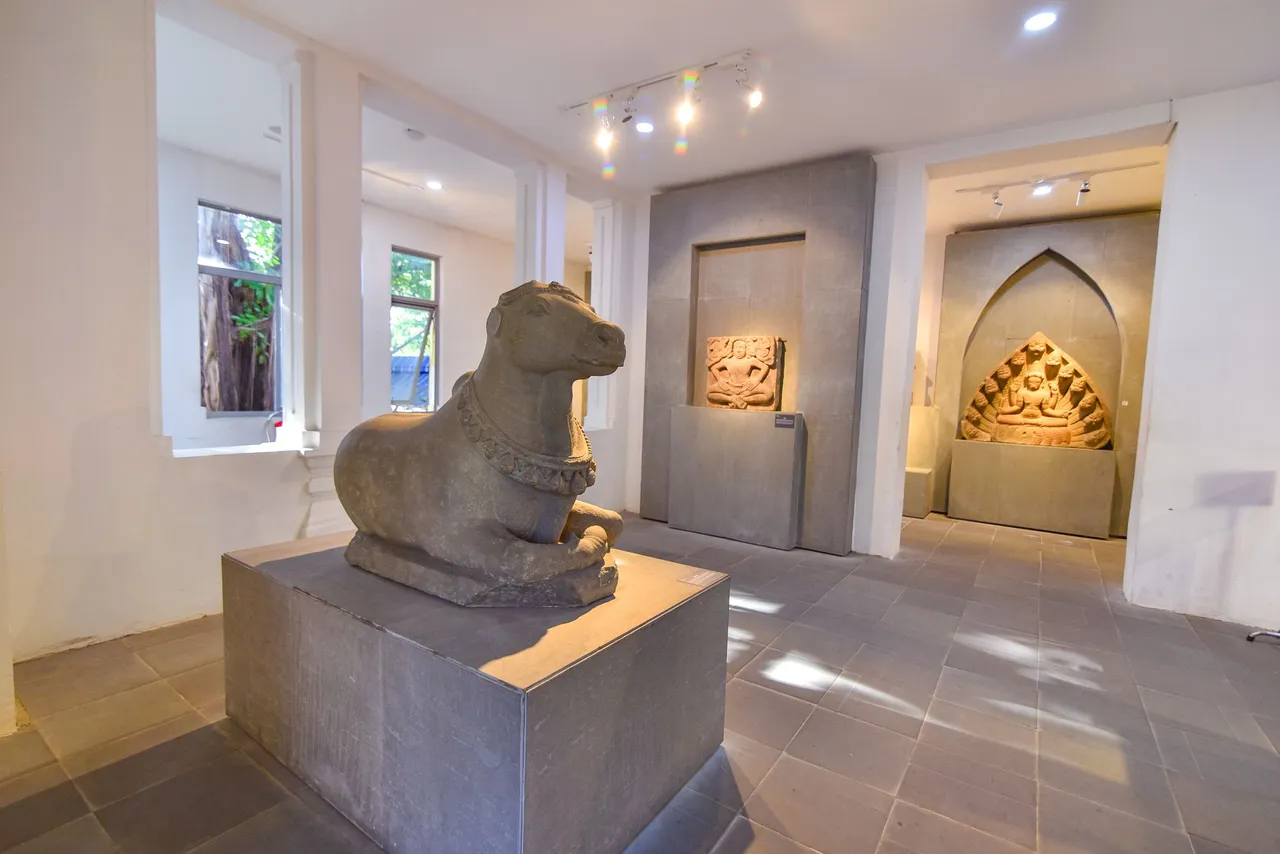
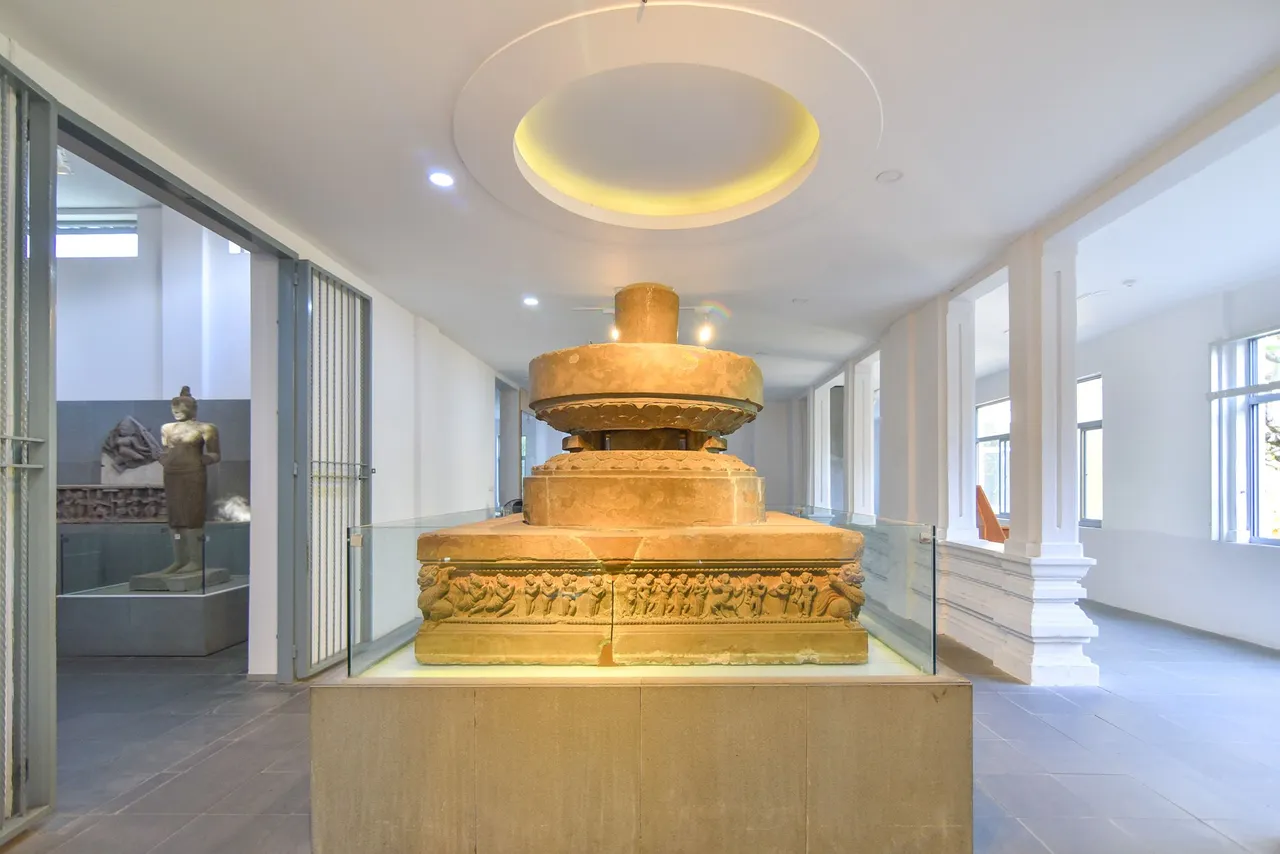
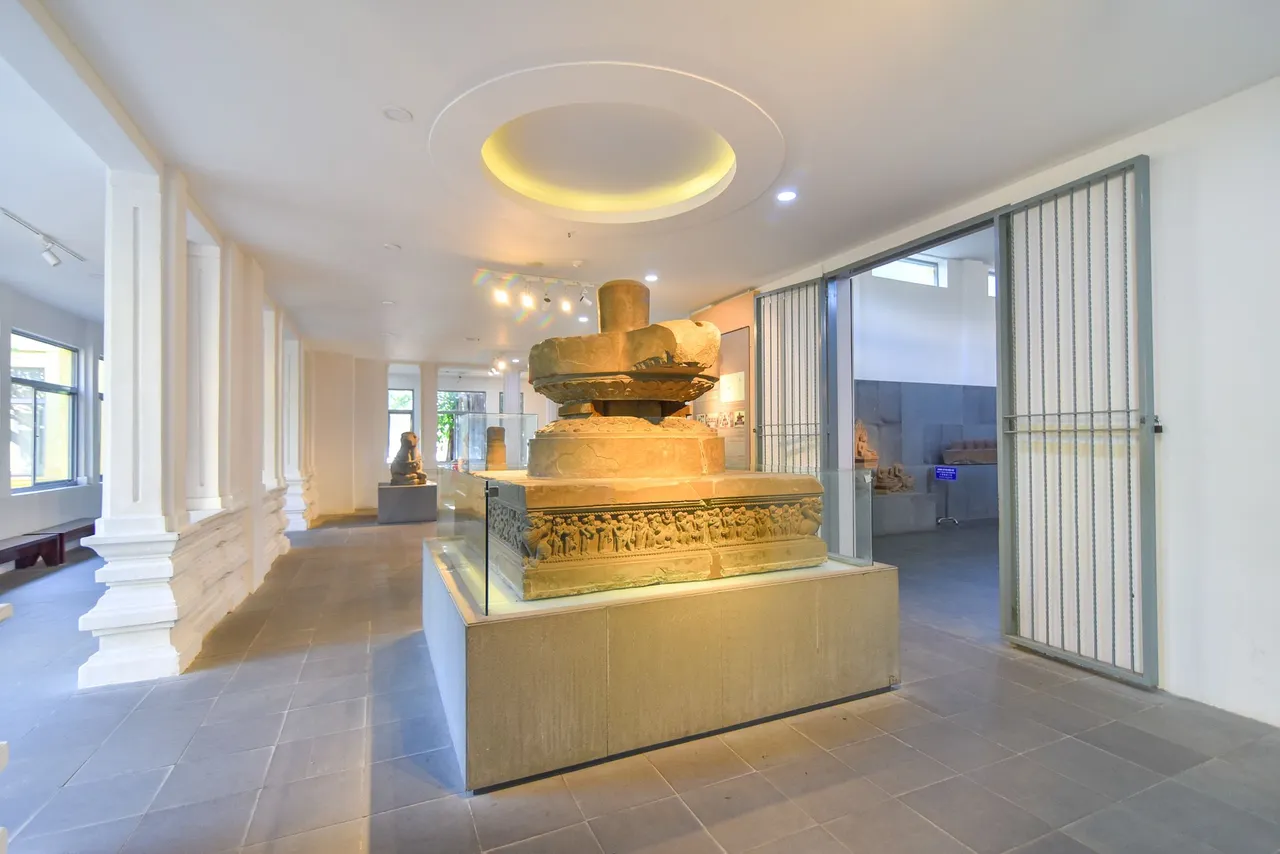
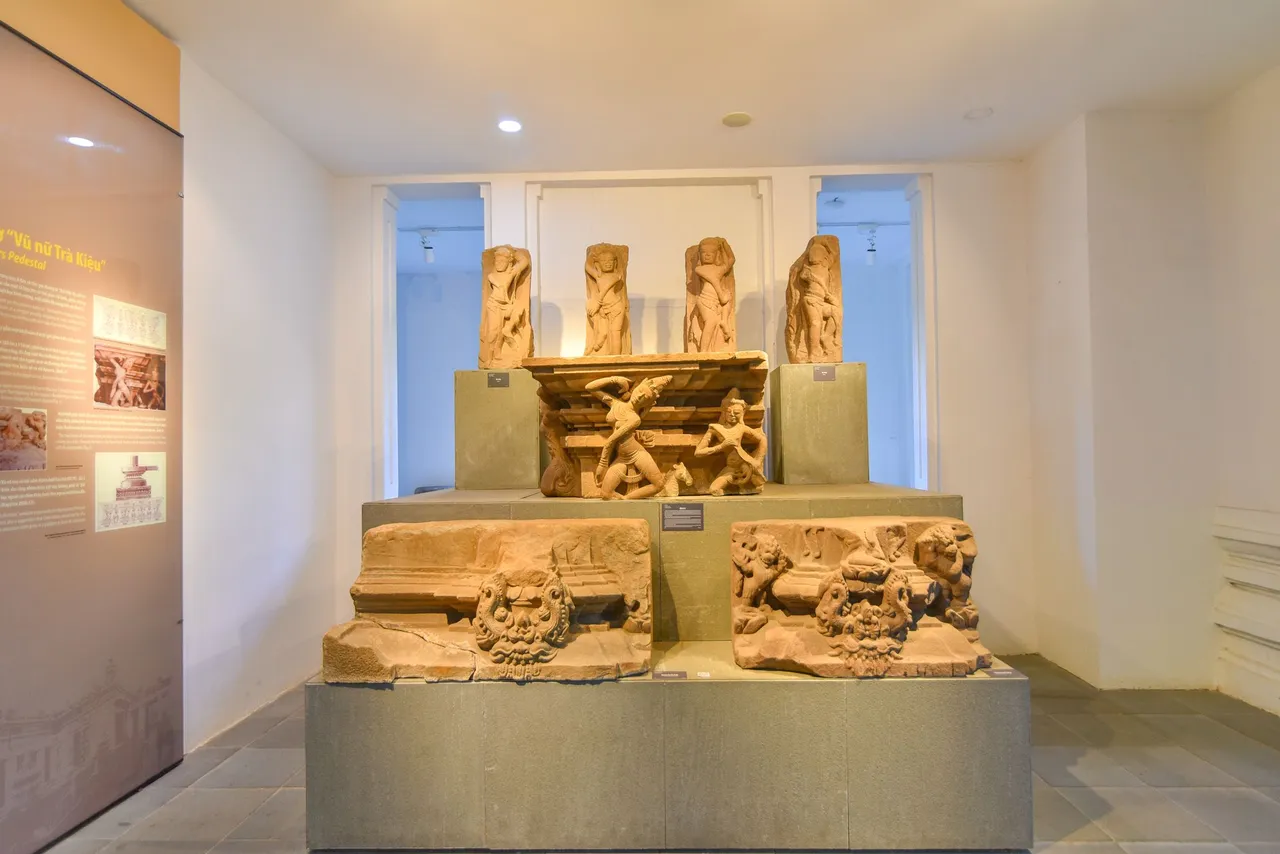
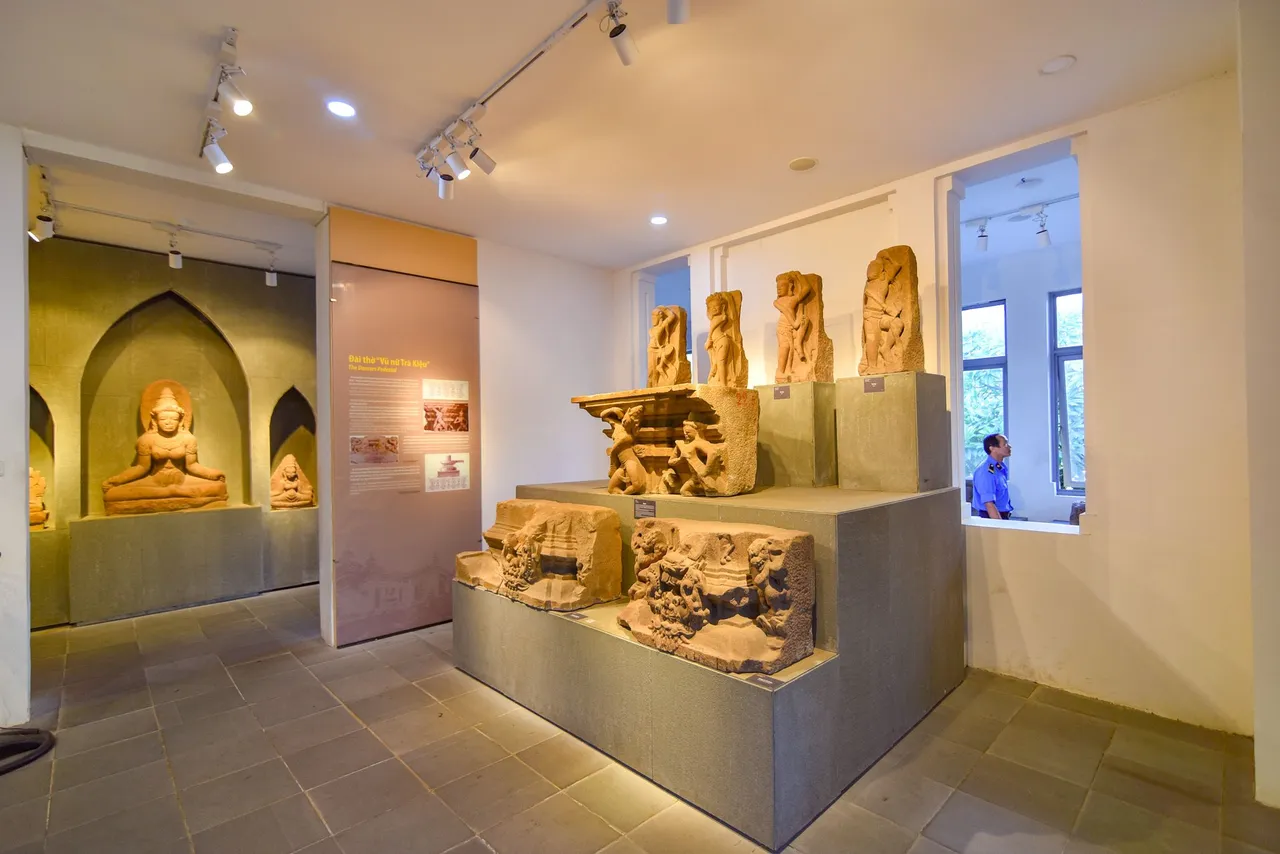
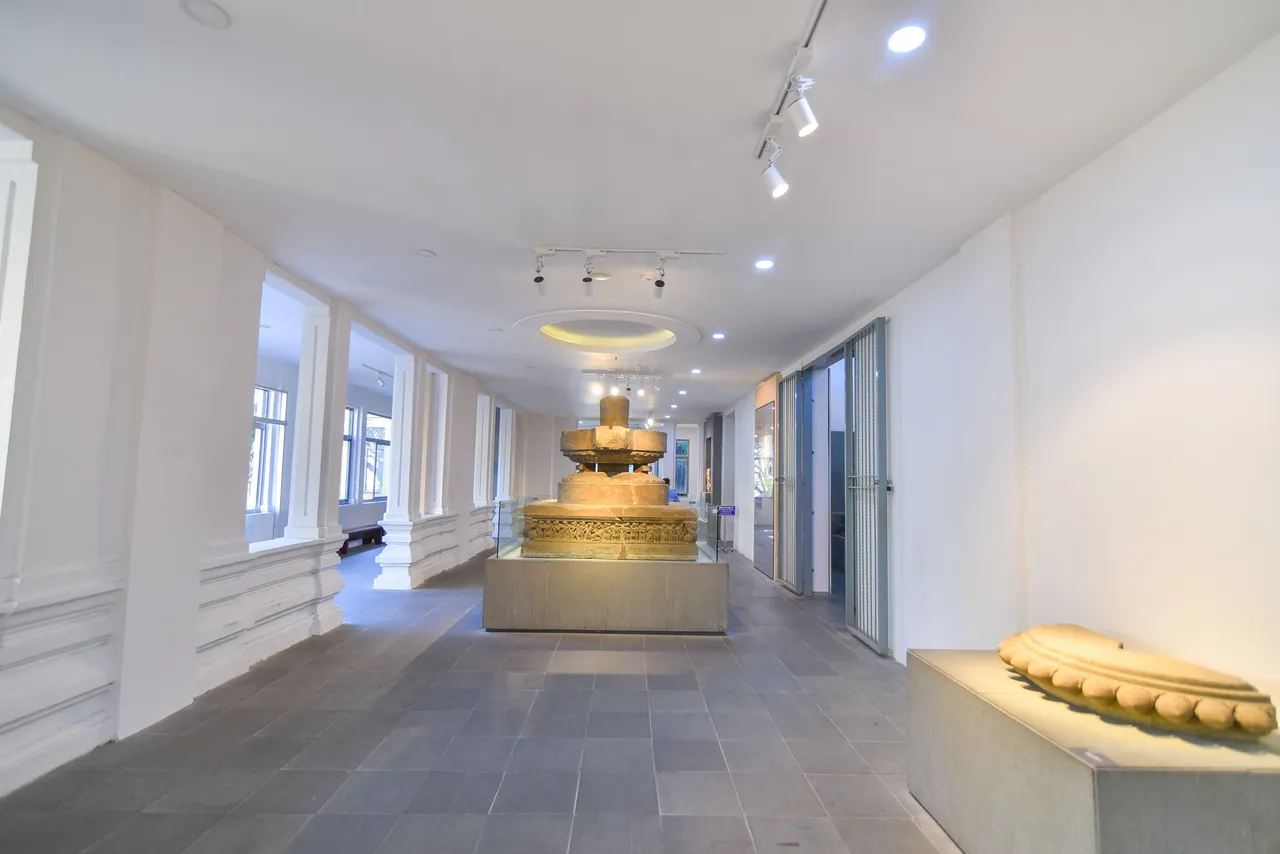
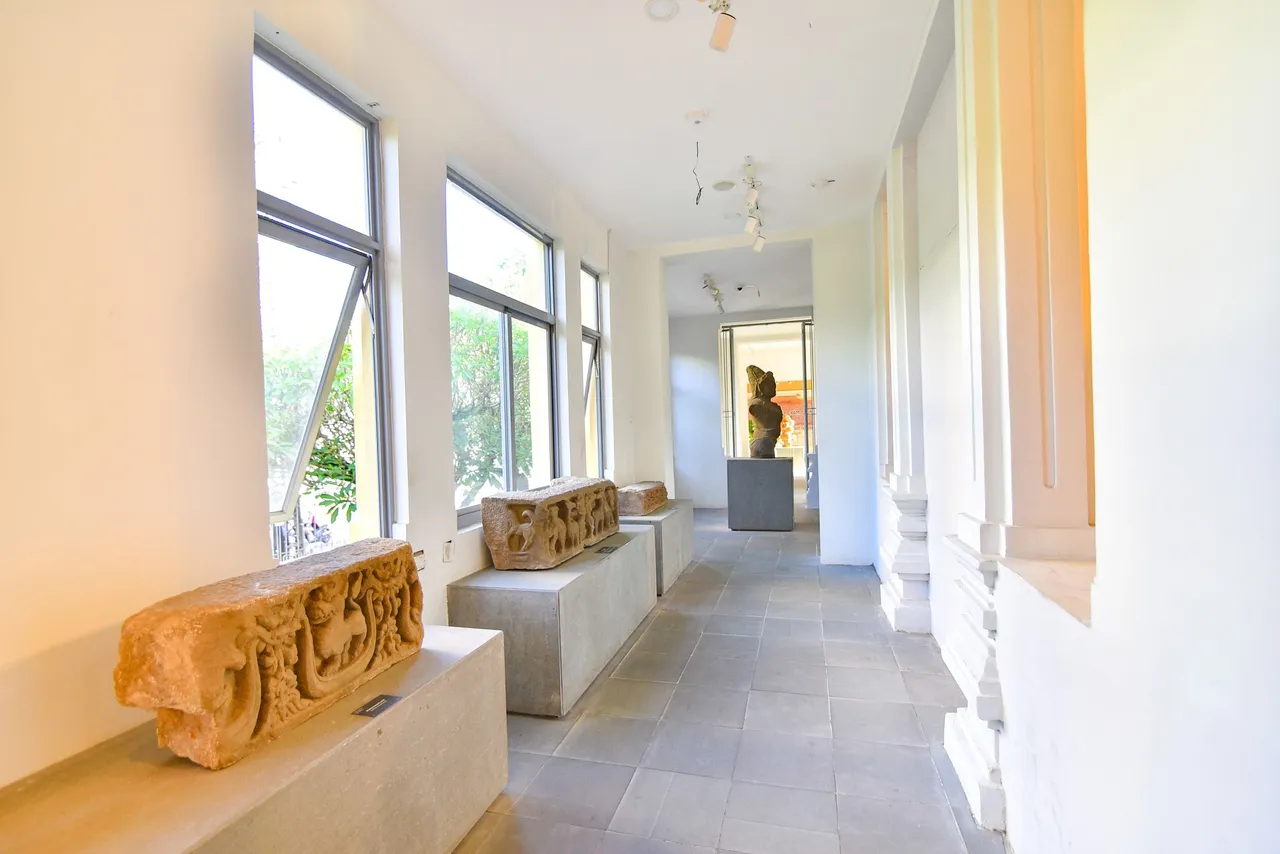

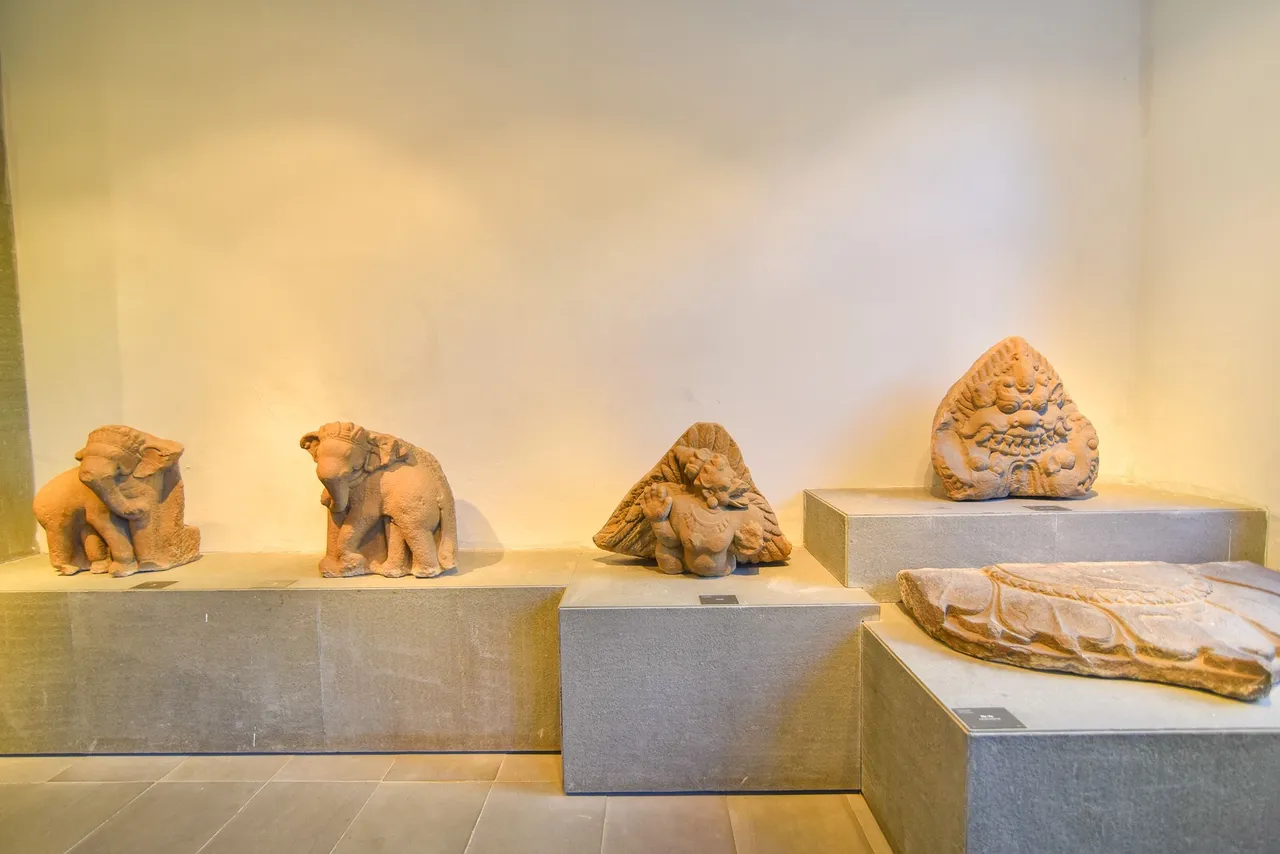


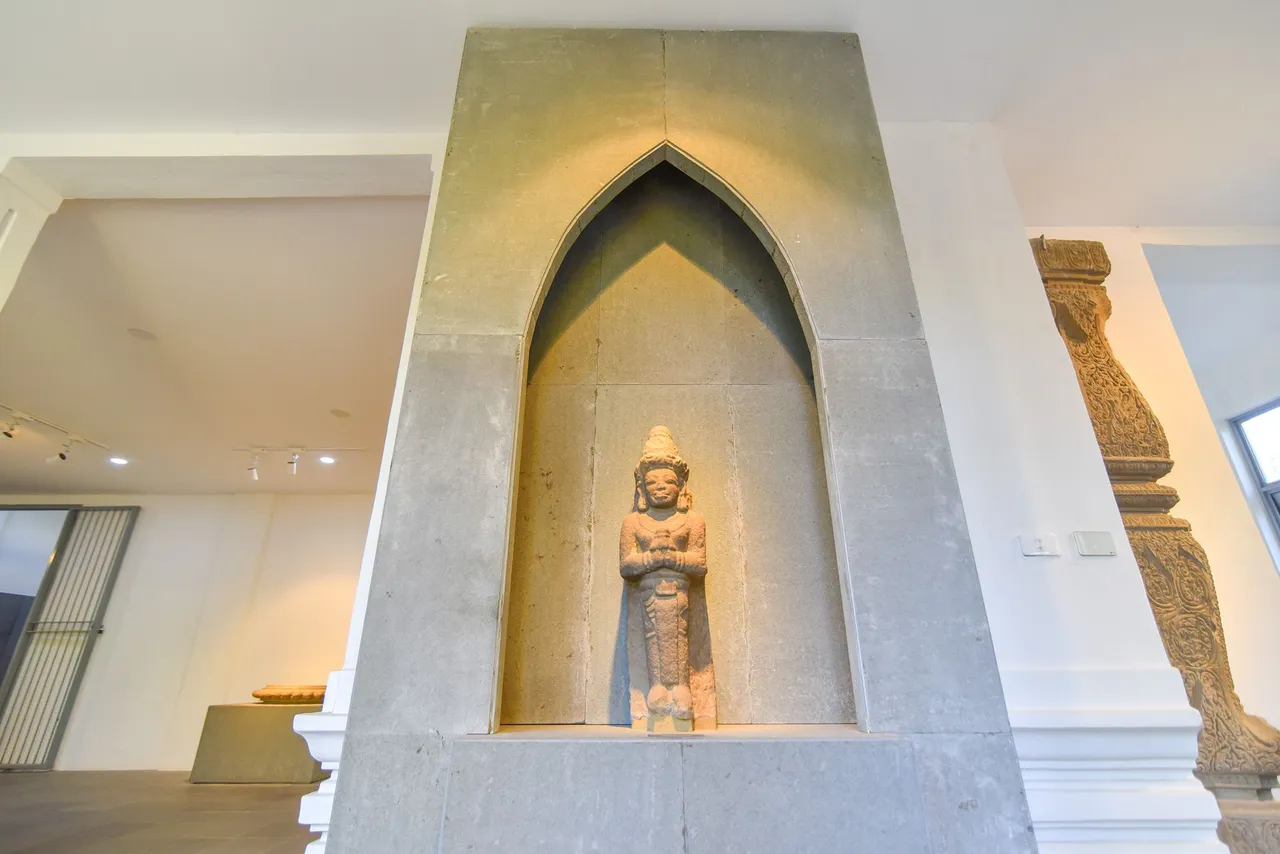
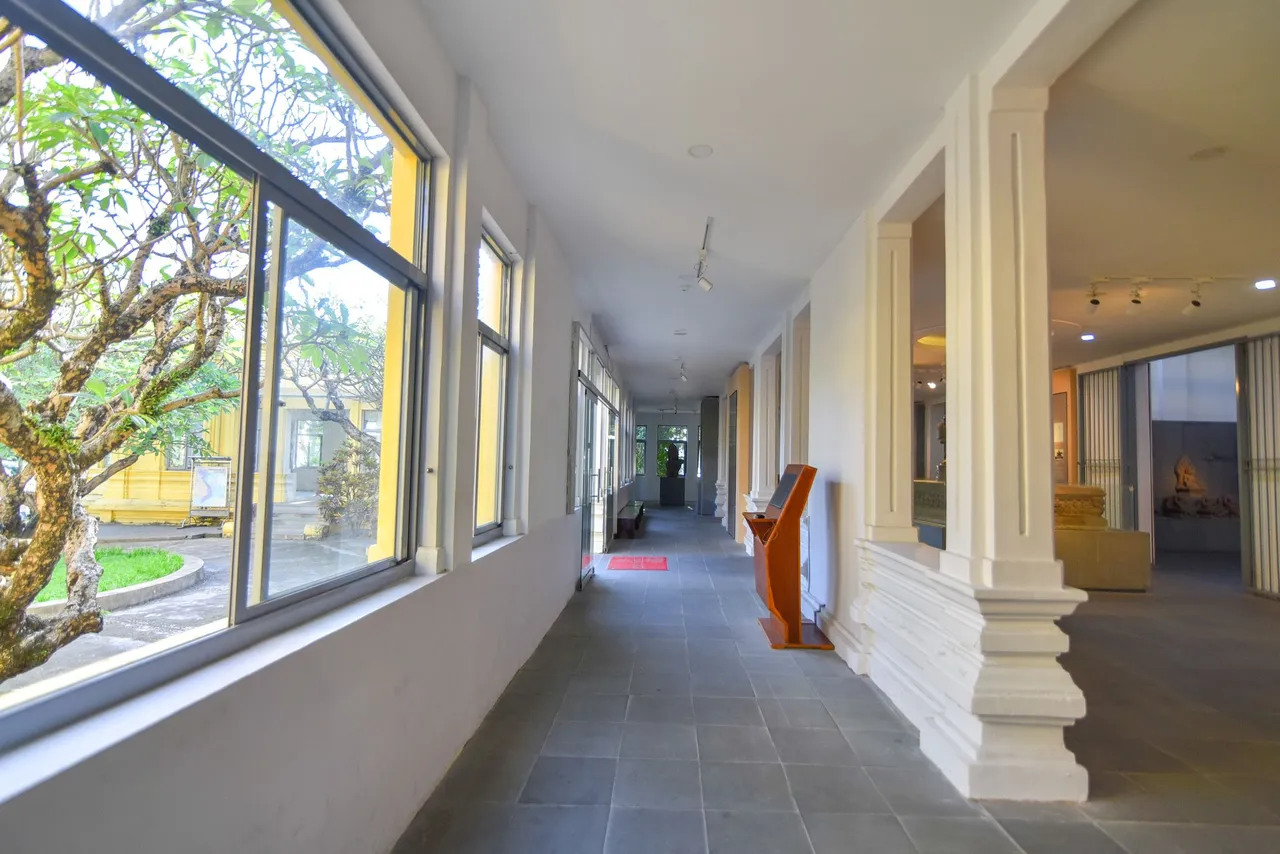
Thap Mam Gallery is the name of a ruined Cham relic located in Nhon Thanh town, An Nhon district, Binh Dinh province. A large-scale excavation was carried out at the site in 1934 in which the foundation was discovered. A complex of several towers in a walled area. Thap Mam relic dating from the 12th - 13th centuries. The volume of artefacts collected during the 1934 excavations amounted to tens of tons, including large statues and many architectural stones. Another excavation was conducted here in 2011 and also discovered several other similar artefacts. The art style of the artefacts collected from the Thap Mam relic site has common characteristics of being complex and meticulous, but falling into a pattern, lacking flexibility. The name "Thap Mam" was later used to refer to a style of Cham art with the common feature that this group of artefacts, after the Thap Ma period, the art of Cham sculpture gradually disappeared.
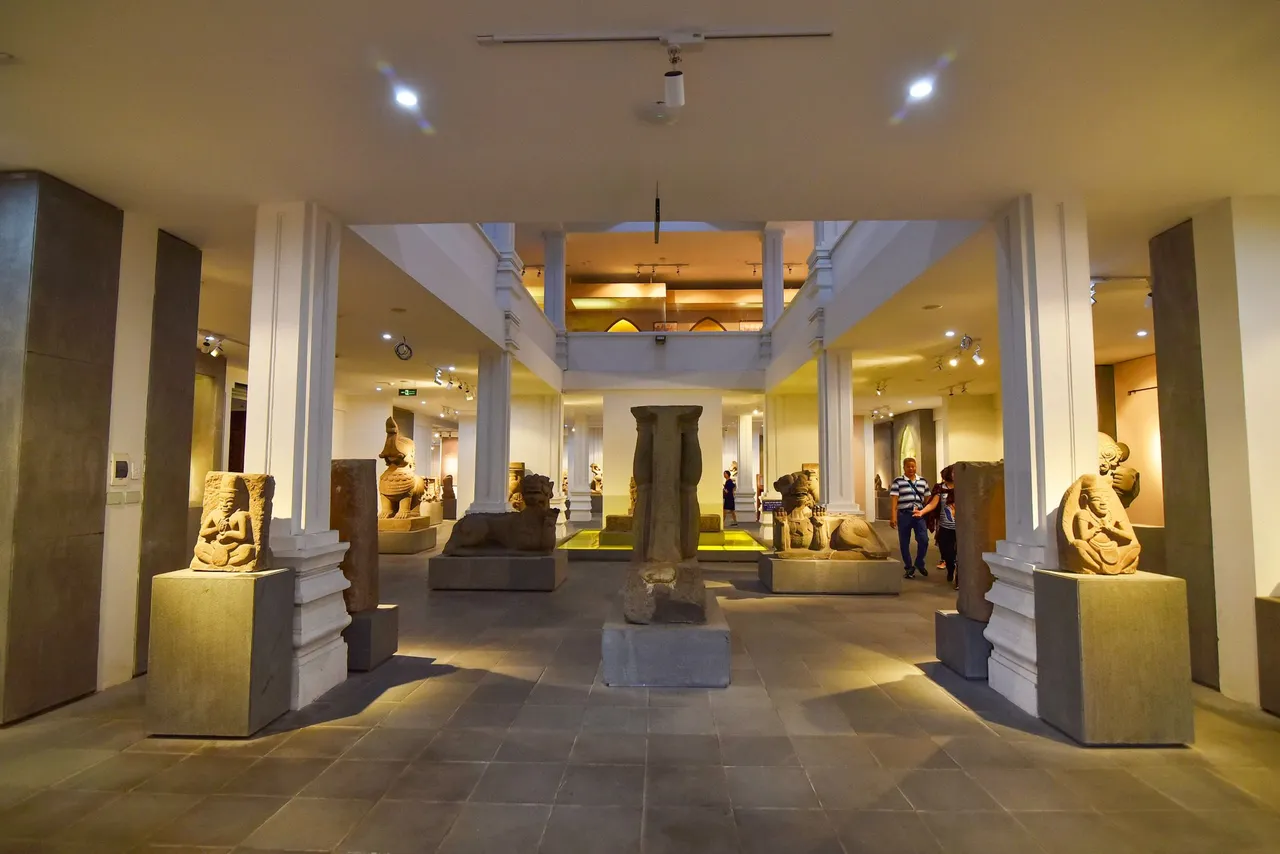
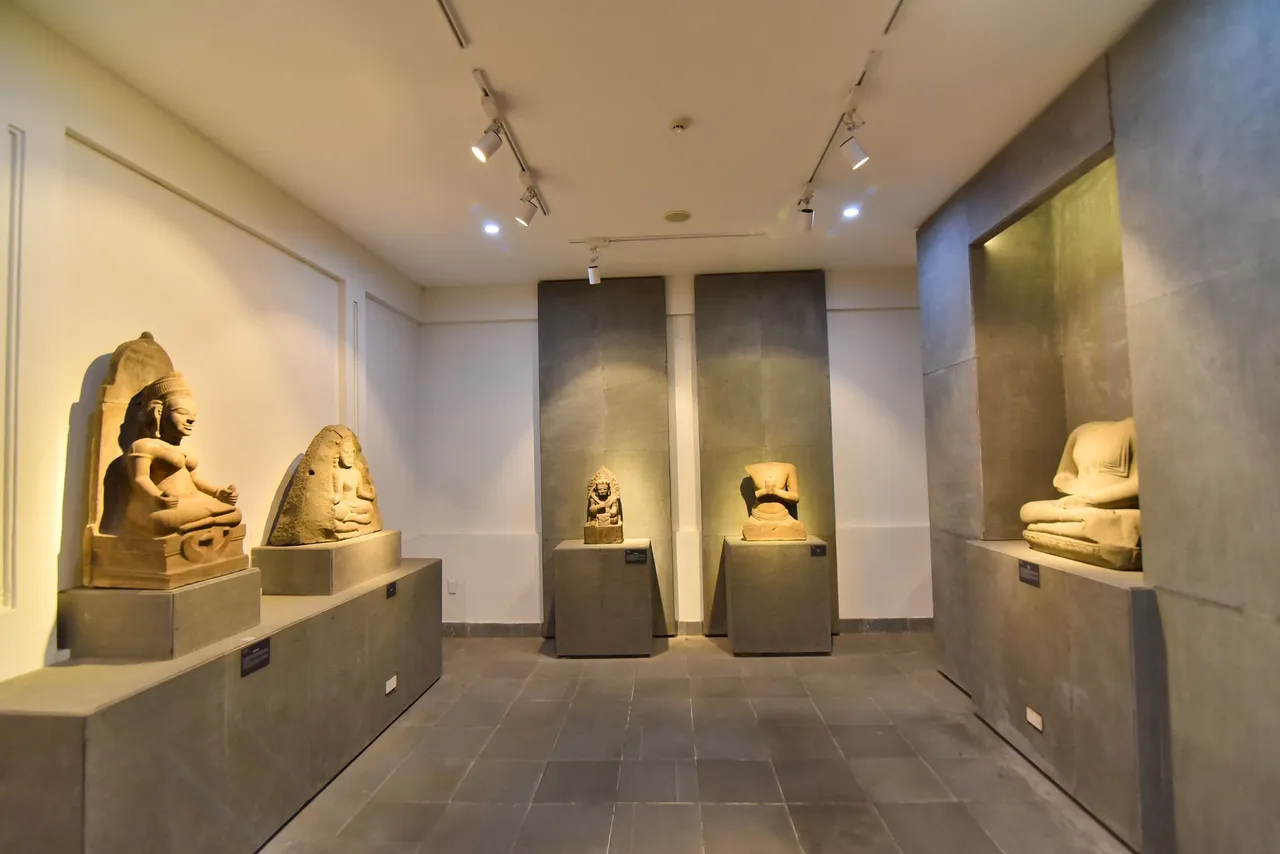
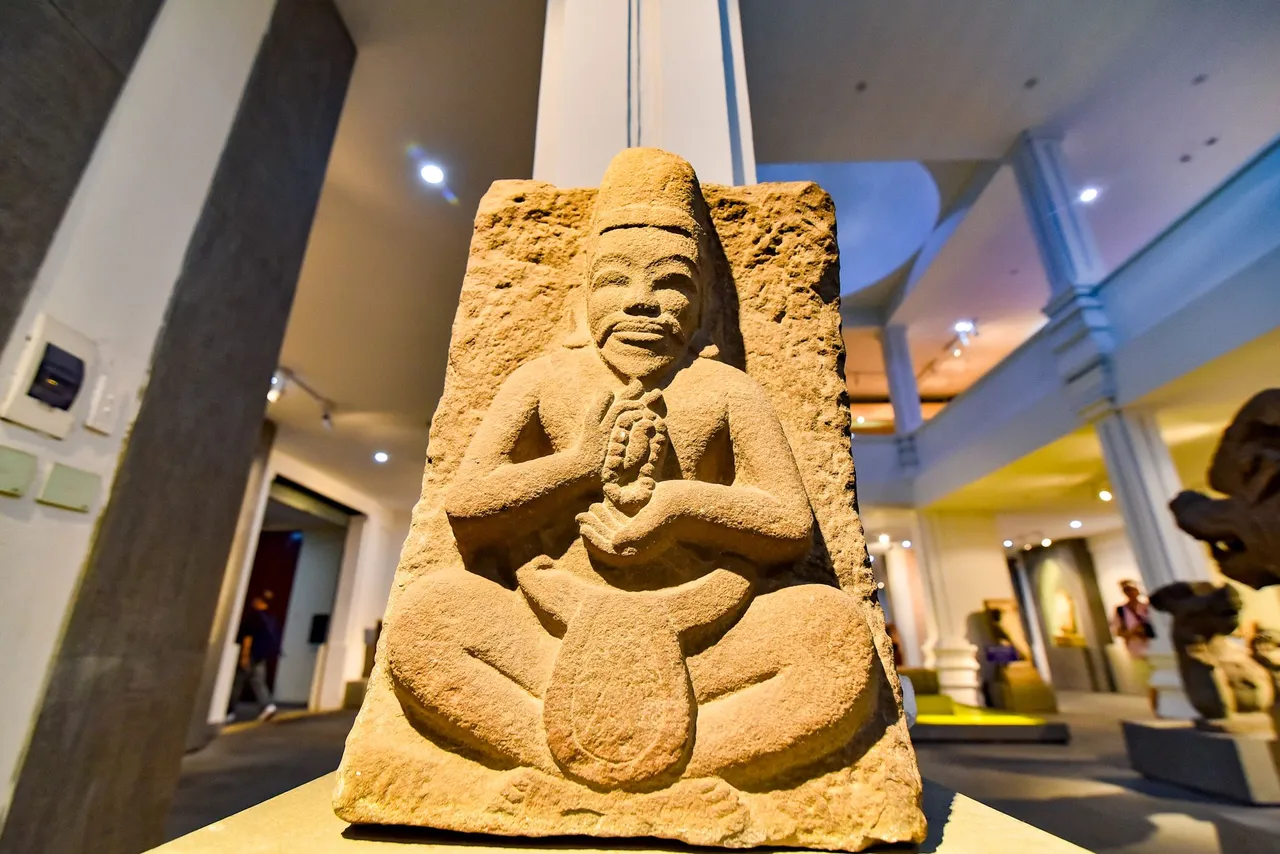

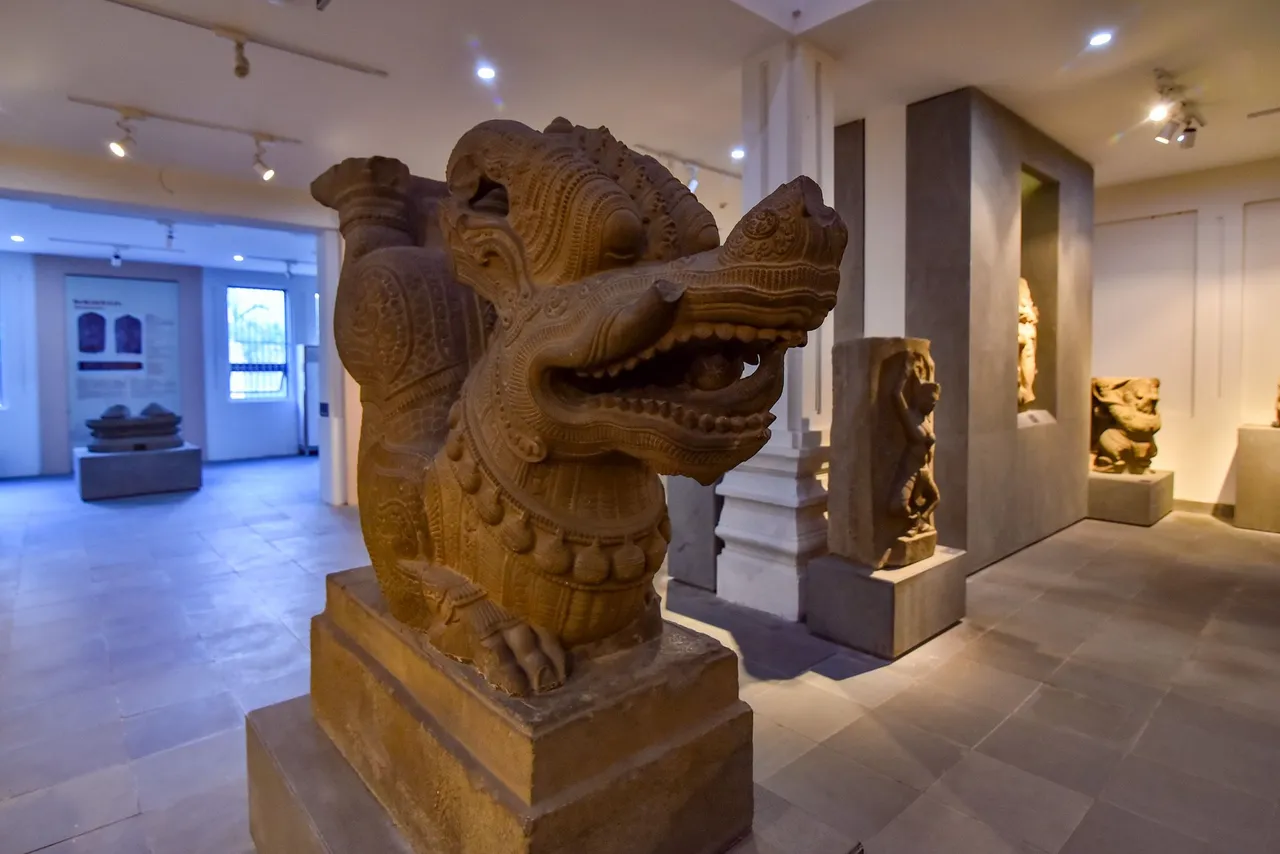
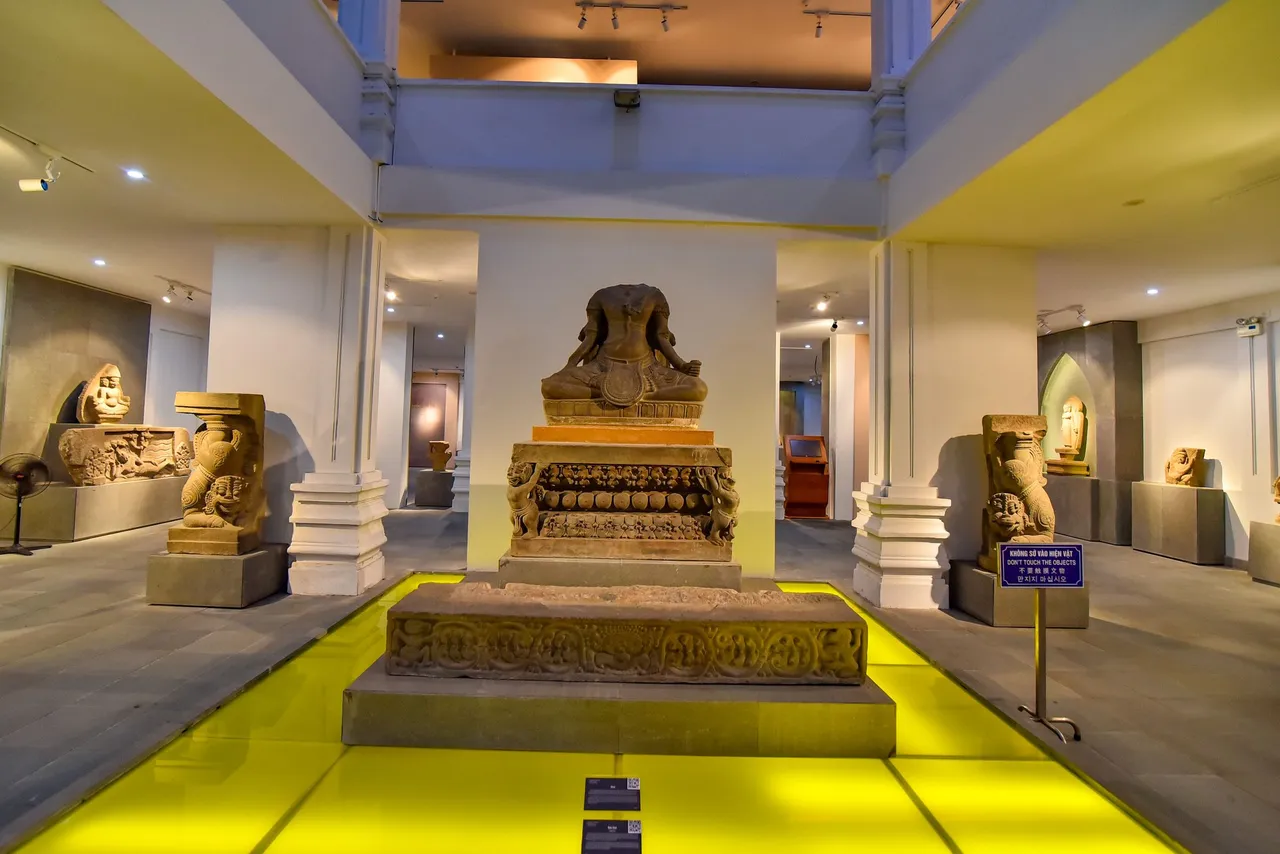



Dong Duong Gallery is a Buddhist centre of Champa and is located on the plain about 20 km south of My Son Valley. According to the museum's epitaph, in 875, King Indravarman II founded a monastery of monks and nuns in Dong Duong. Monasteries and temples worship the Bodhisattva Laksmindra Lokesvara, a form of Bodhisattva Avalokitesvara. The architecture is surrounded by rectangular rings following the east-west axis. Each round has an entrance tower. Open to the east, the two sides of the gate are guarded by gods. Buddhist sculptures in Dong Duong show the development of Mahayana Buddhism in Champa. Although there are some influences from China, China, India and neighbouring countries, Dong Duong's architecture and sculpture are bold with indigenous elements, creating a unique and impressive style in art. Champa. The works here were excavated by Henri Parmentier and Charles Carpeaux in 1902. Up to now, Dong Duong ruins have been almost destroyed by time and war, but the artefacts are displayed here for them. We can somewhat imagine the magnificence and splendour of this temple complex.
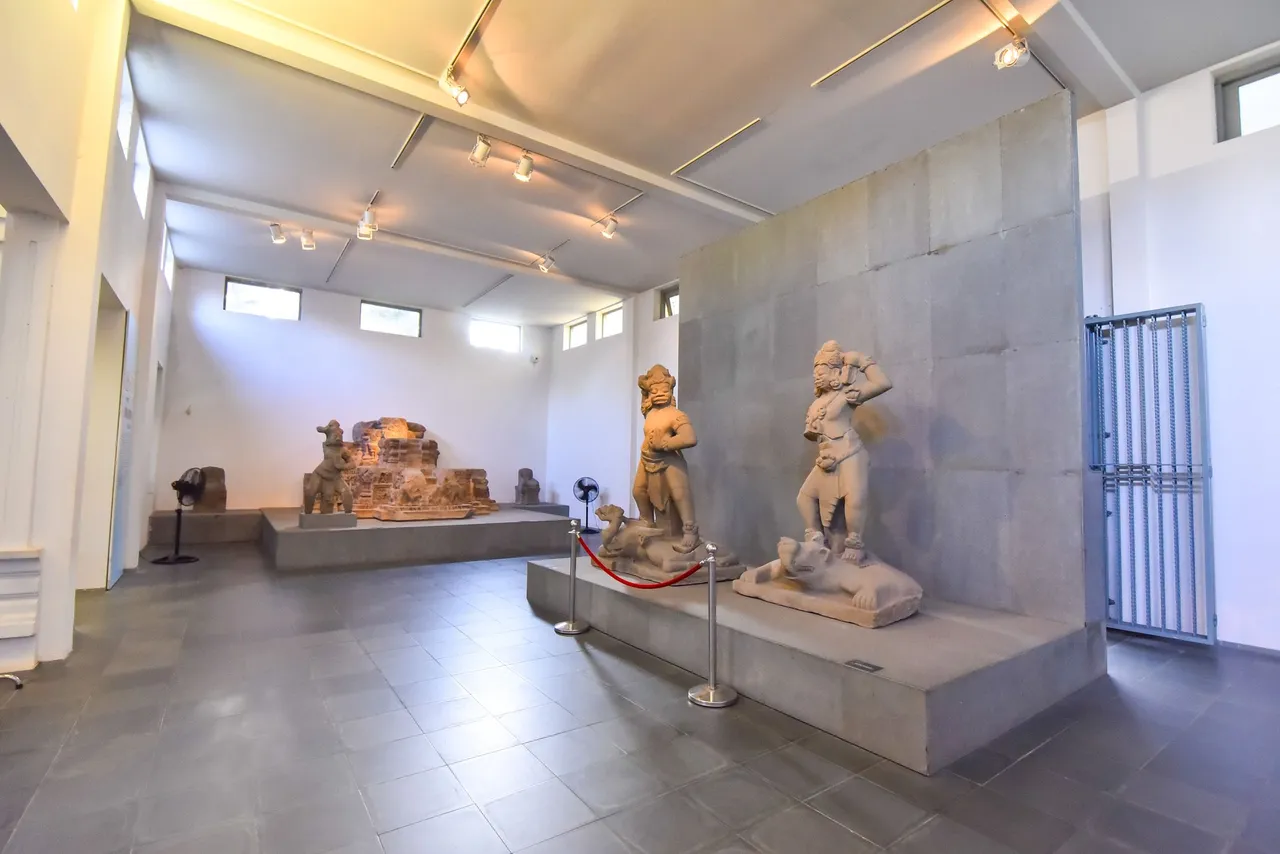
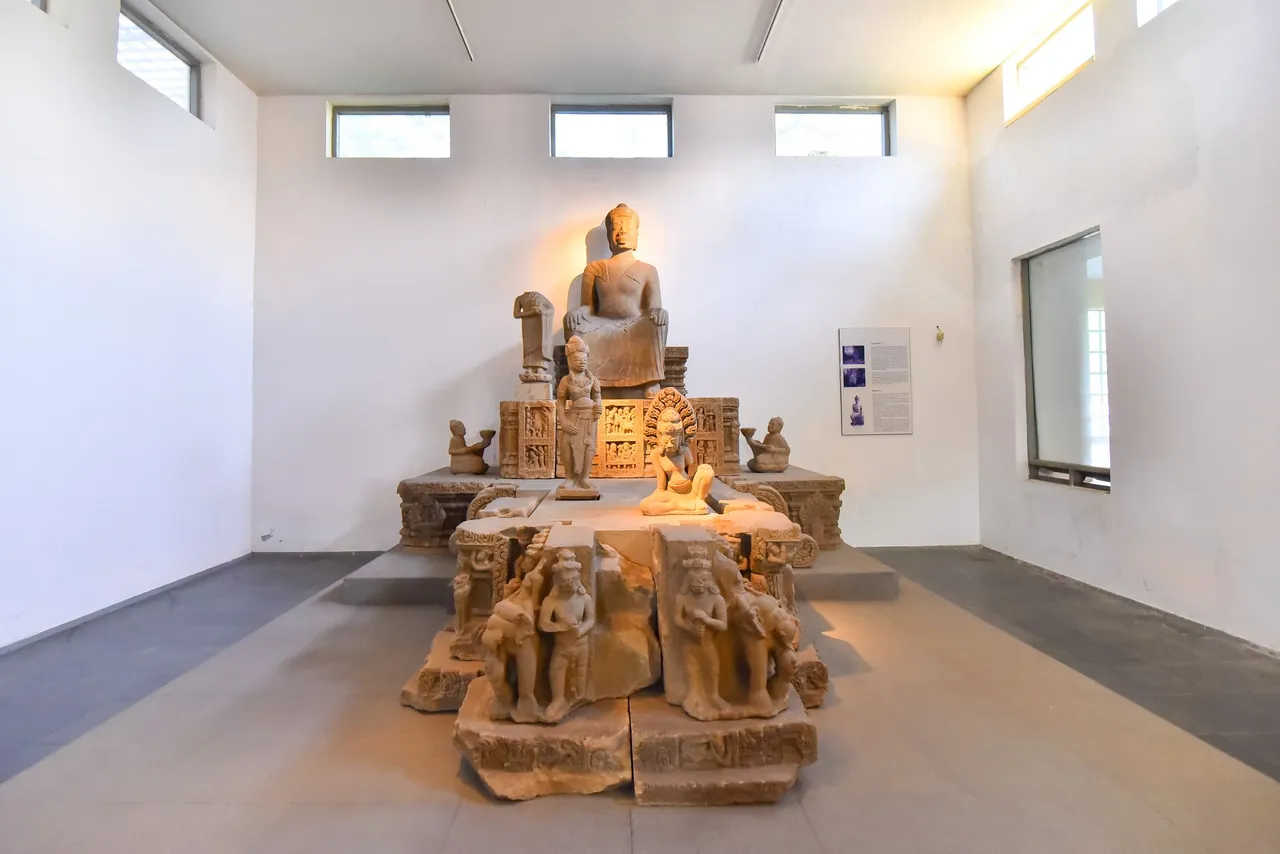

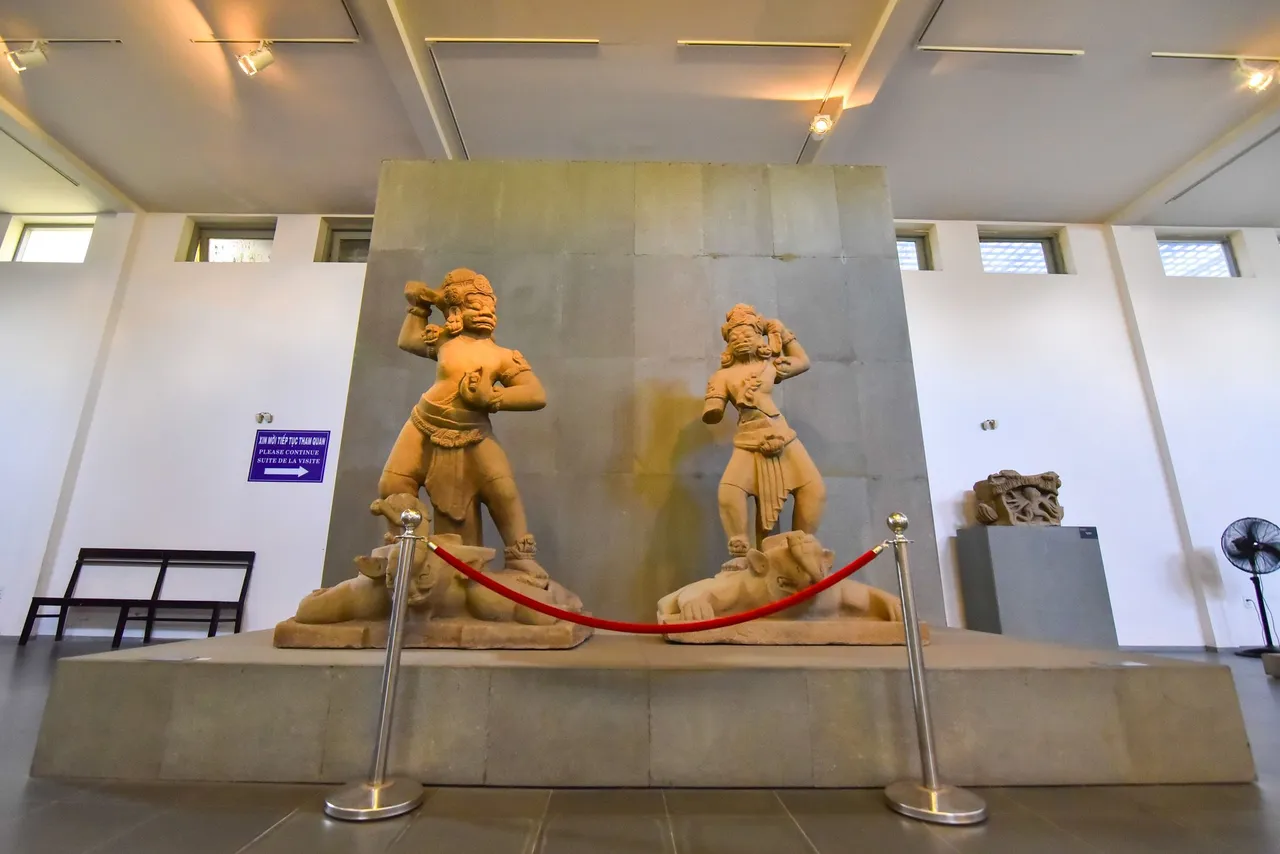
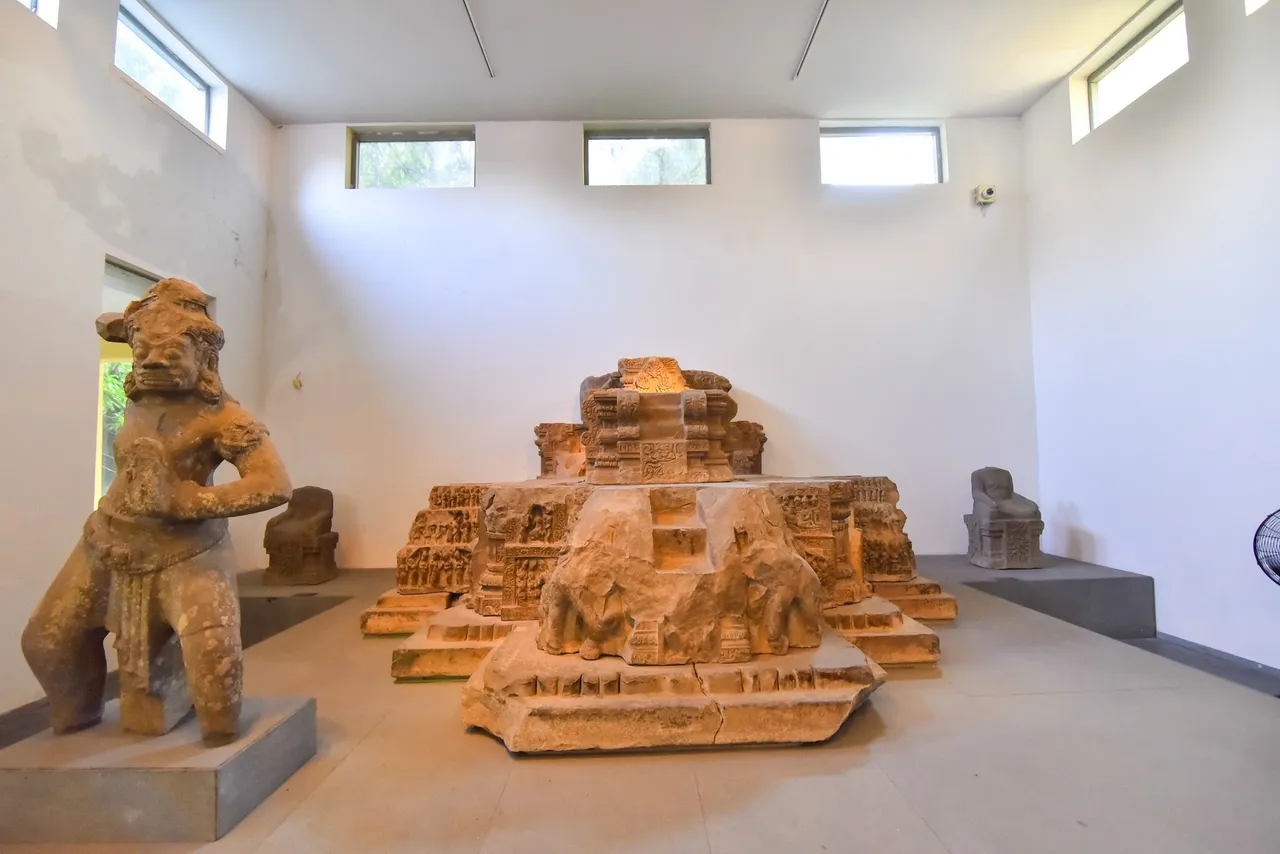
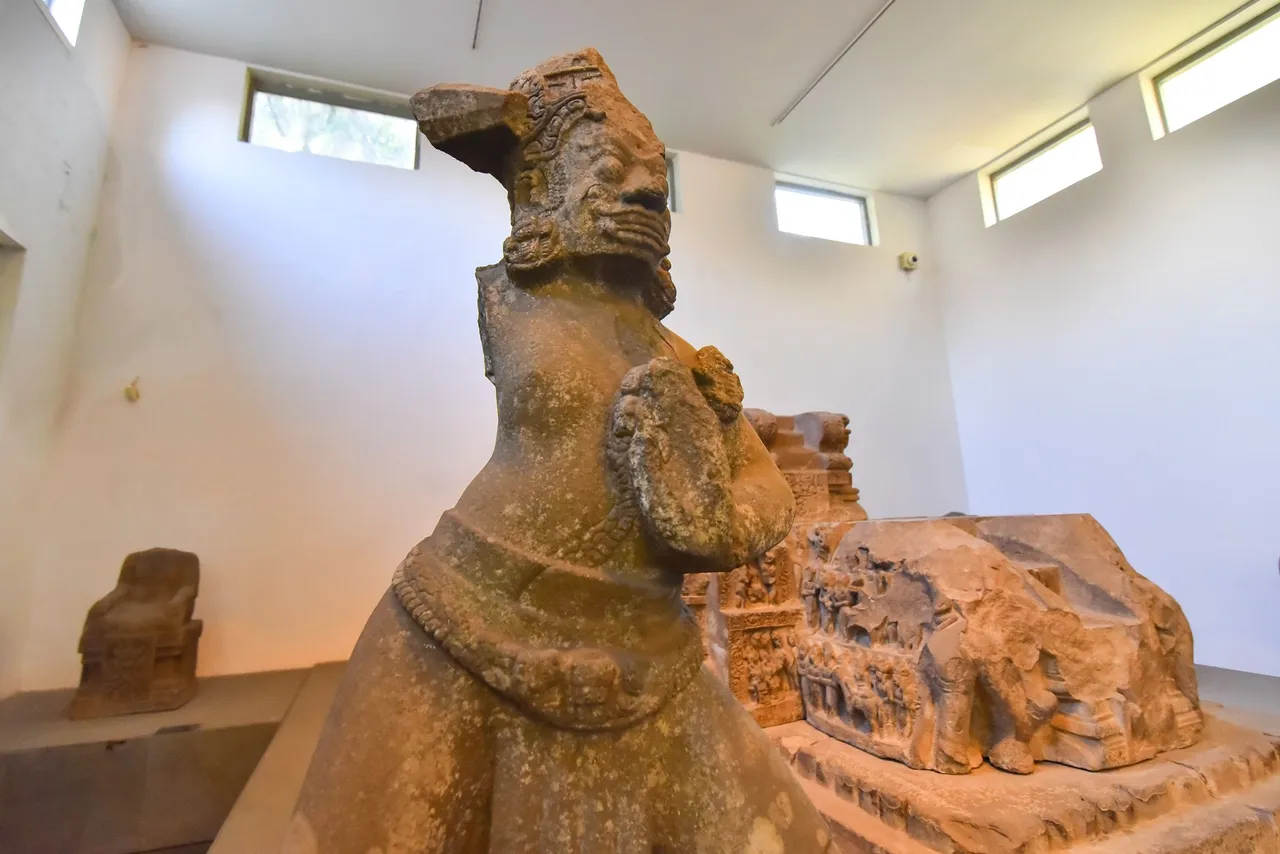
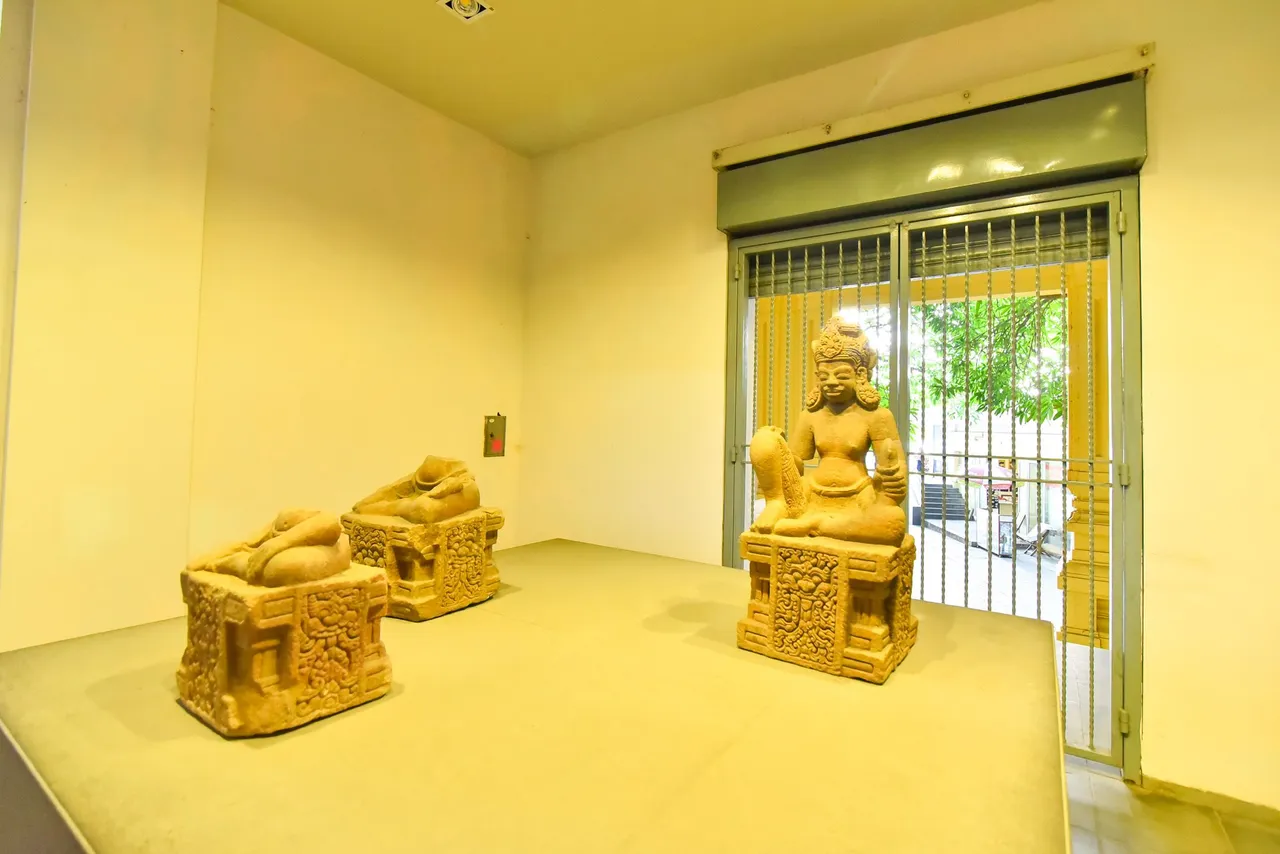
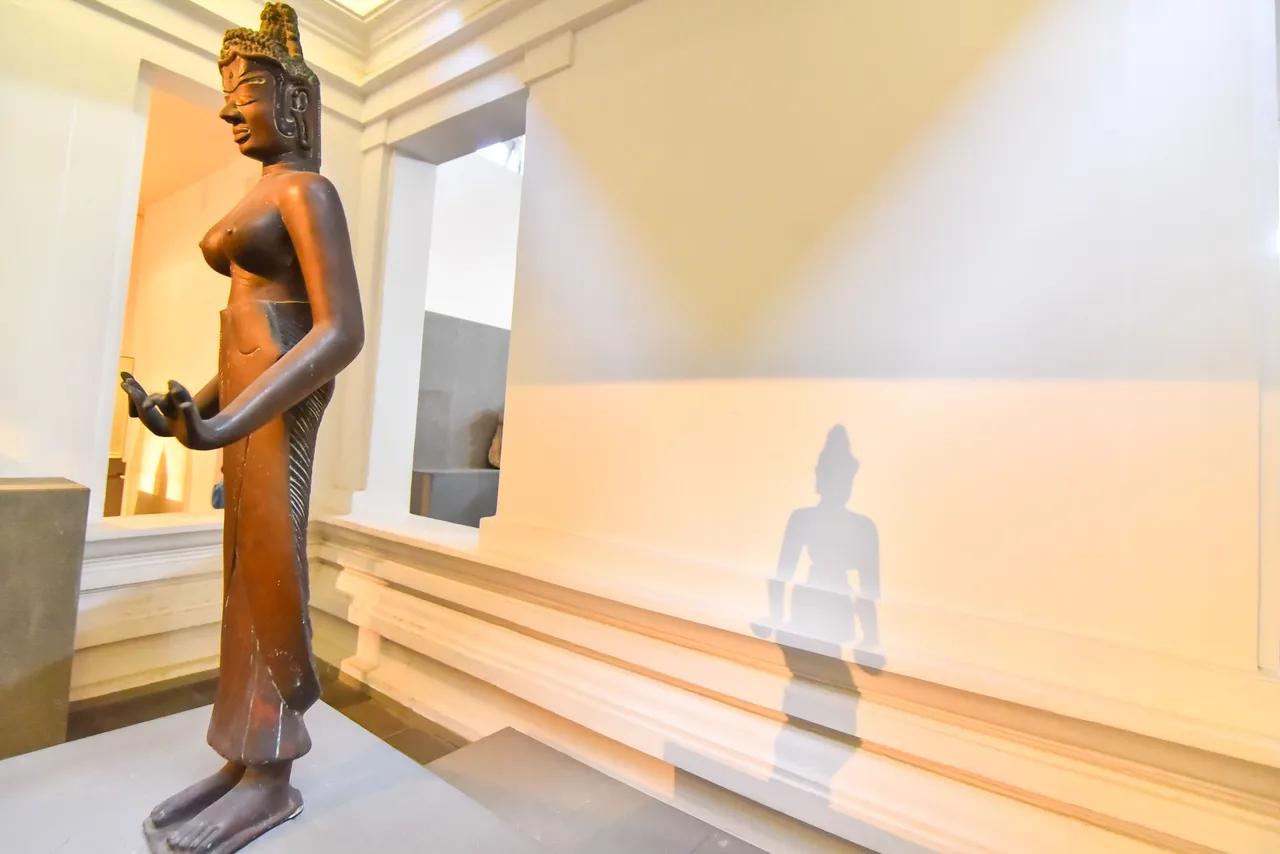
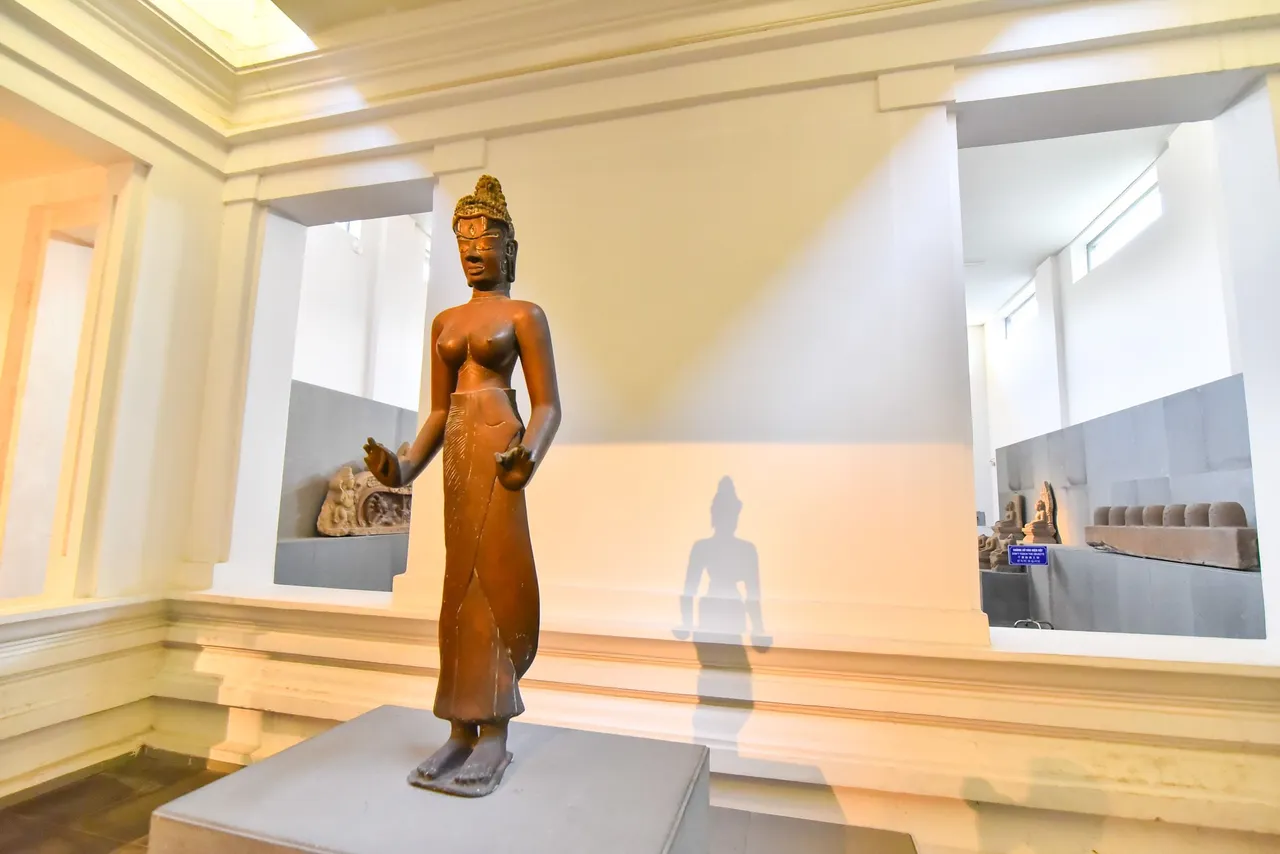
Quang Nam Gallery is a room in Quang Nam Province that is an important centre of the Champa Kingdom. Many great monuments have been found in Quang Nam, including Tra Kieu Citadel, My Son Sanctuary, Dong Duong Buddhist Monastery. The number of artefacts collected in these relics is very large. In addition, there are many other relics in Quang Nam, some of which have been excavated and studied since the early 20th century, some discovered in the early 20th century and continued to be excavated after 1975. , including the relics Khuong My, An My, Phu Hung, Chien Dan. This relic presents a diverse picture of Cham sculpture, with many artistic styles concentrated on one area during many periods of the Champa Kingdom.


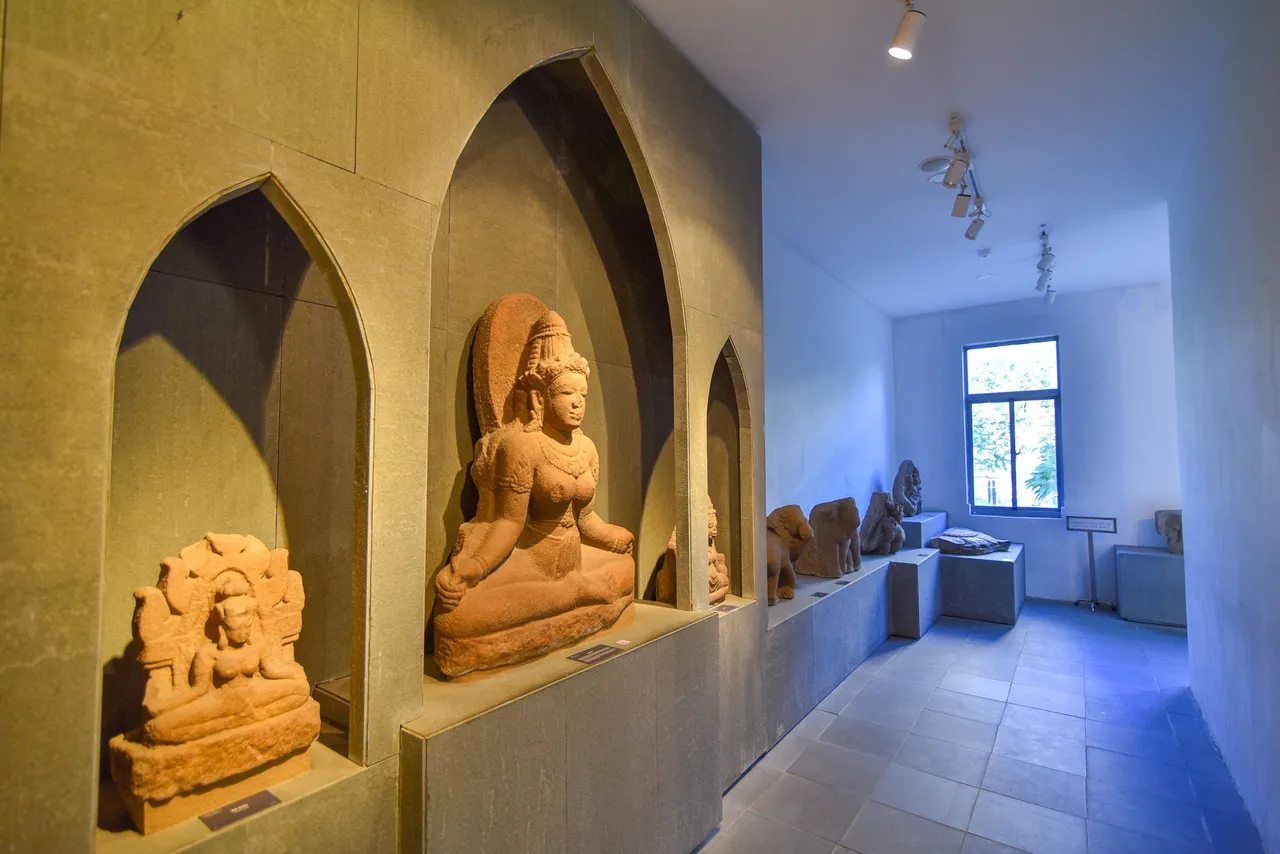
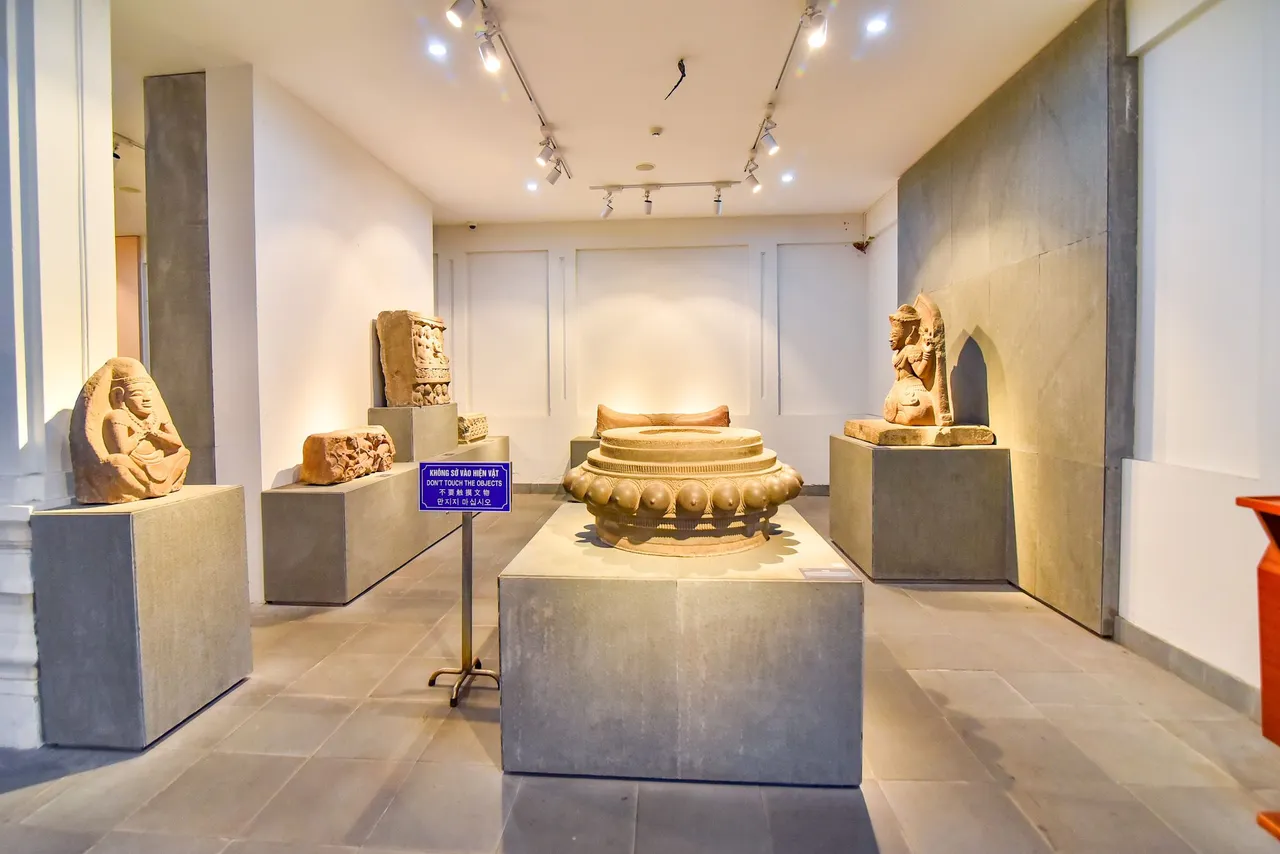
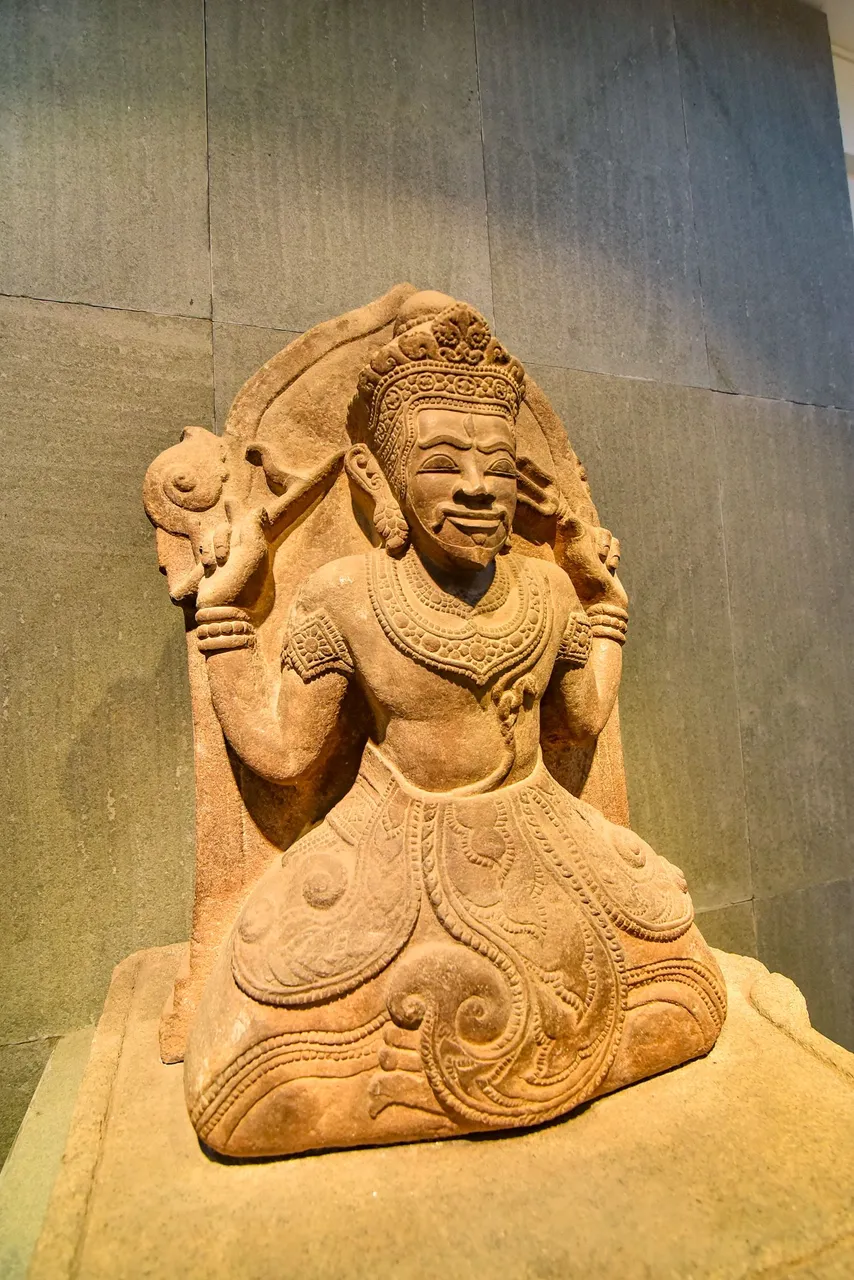
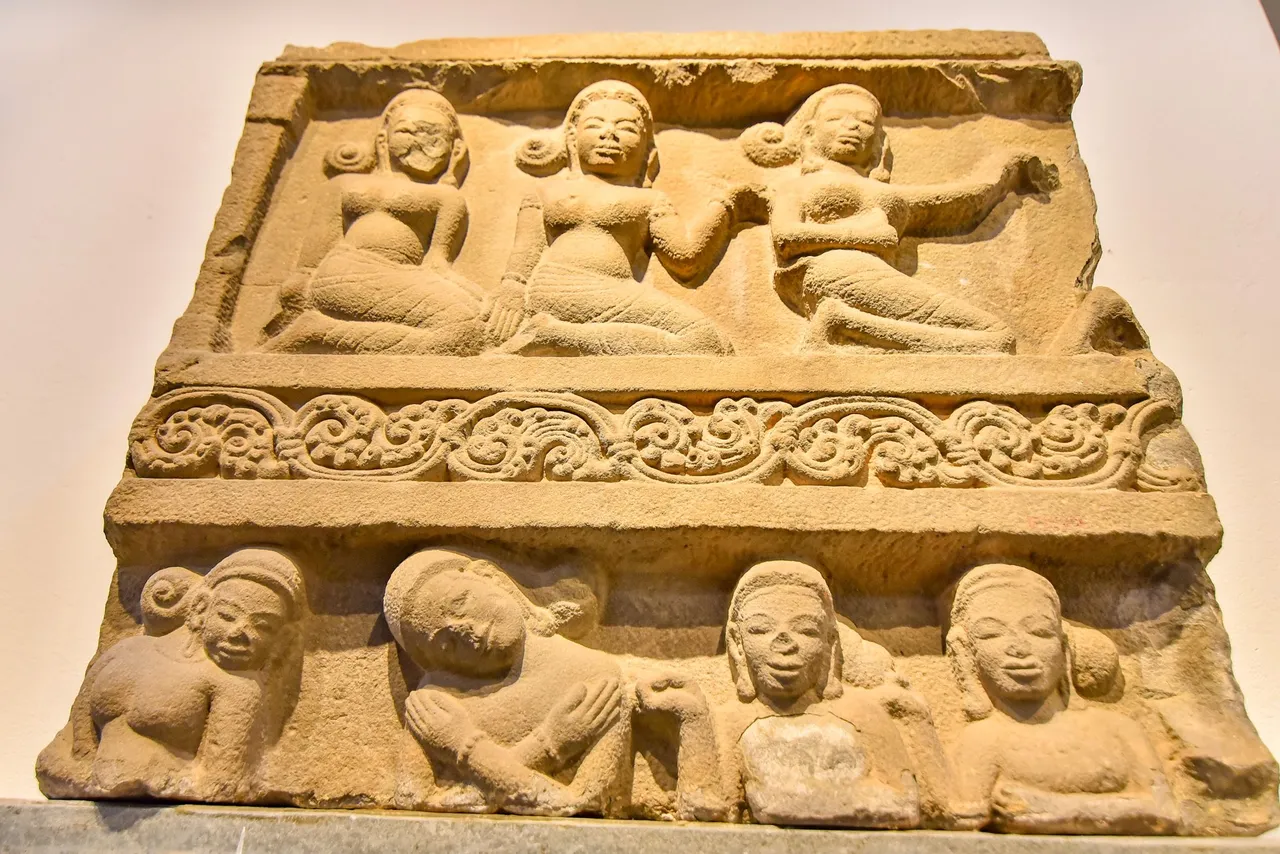
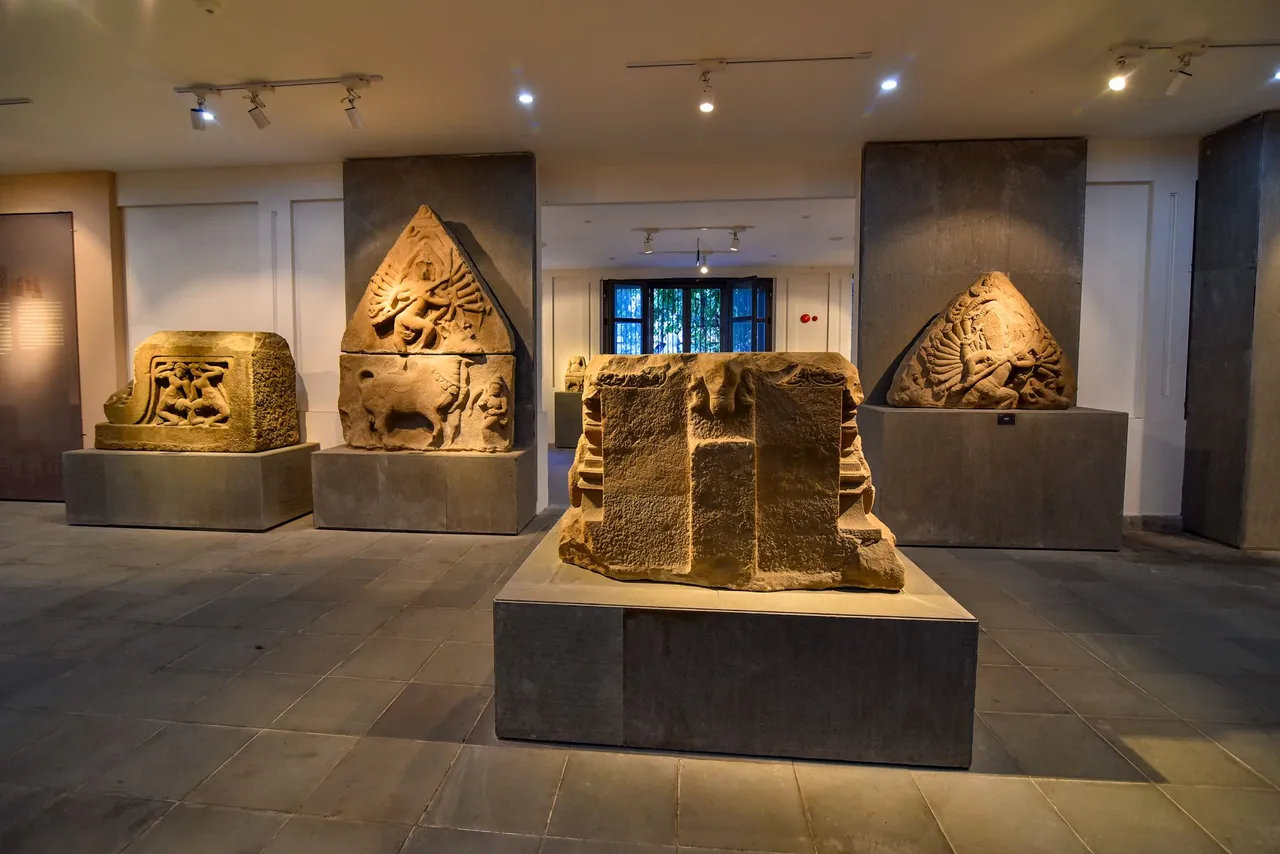
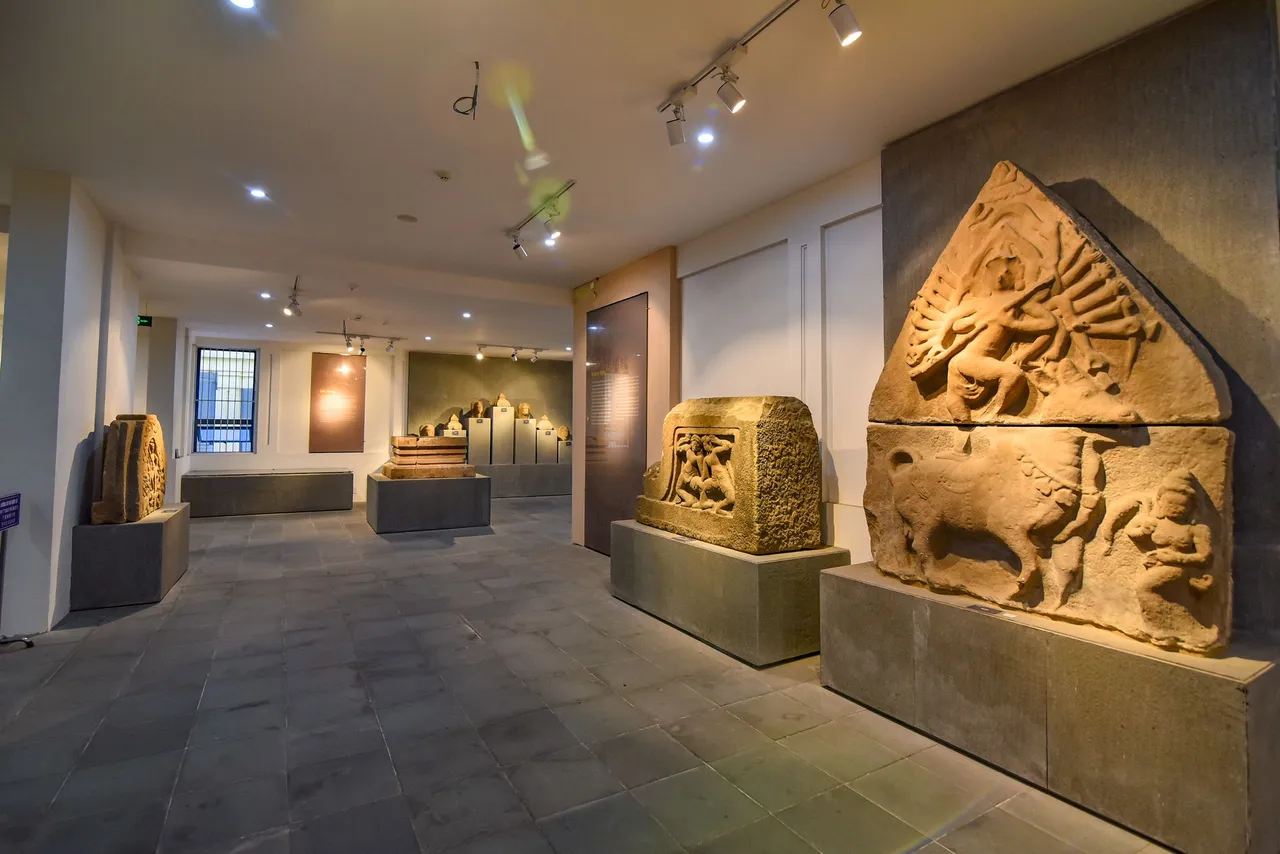
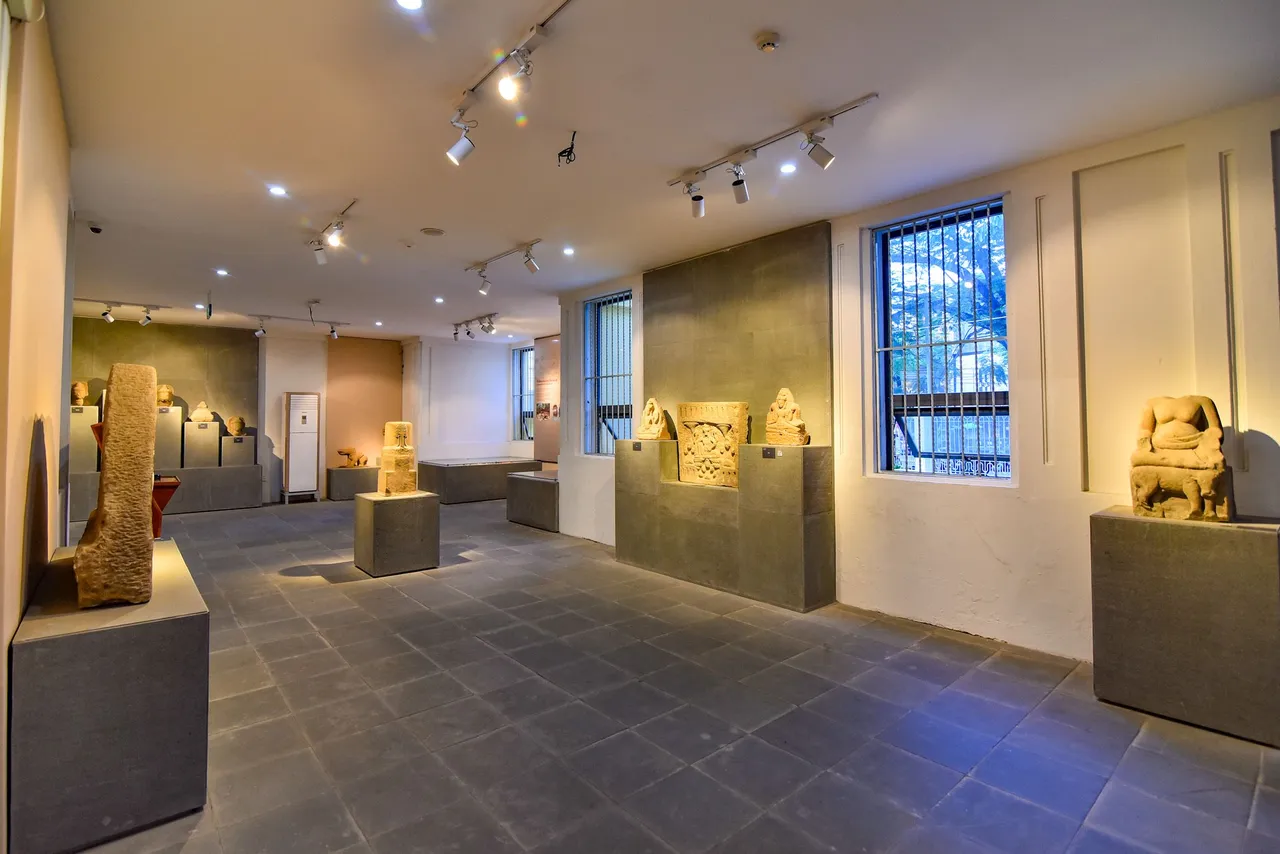
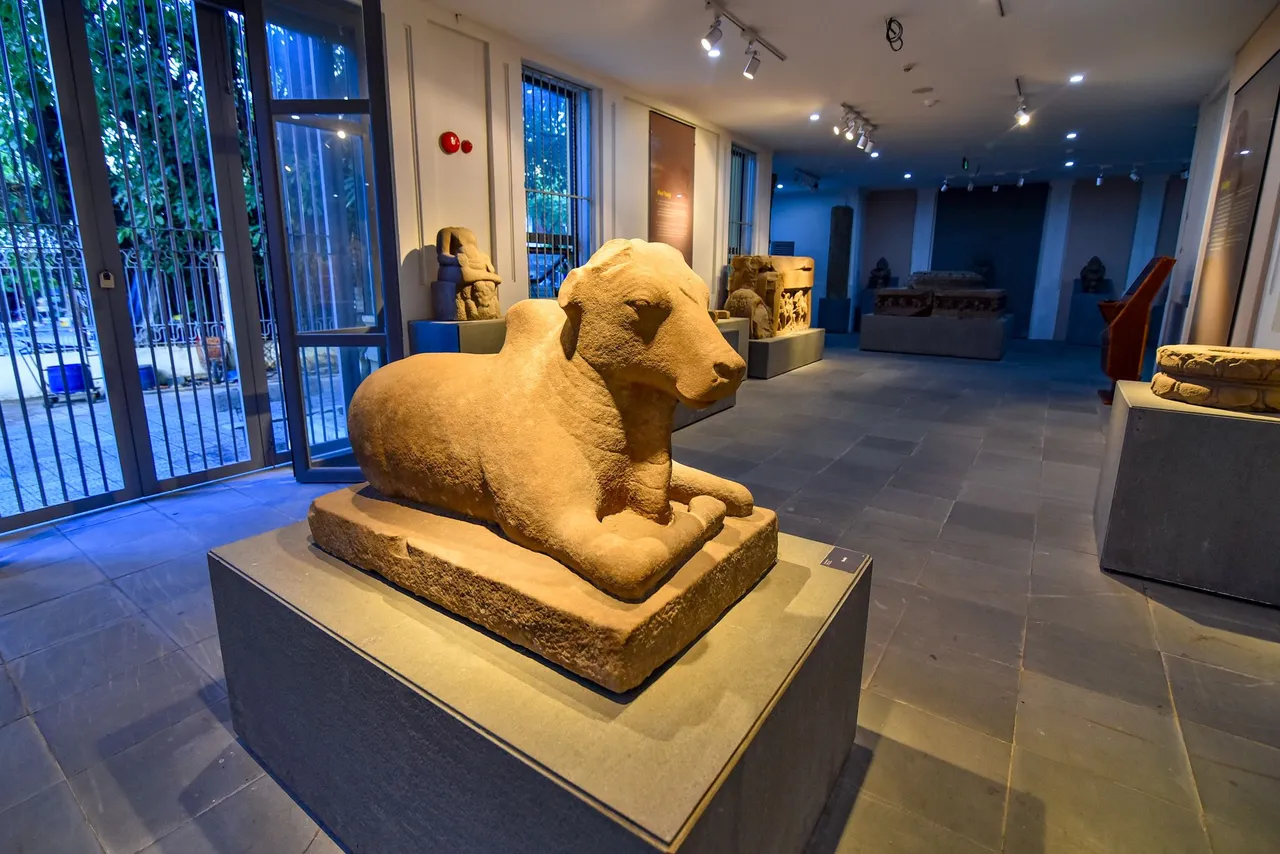
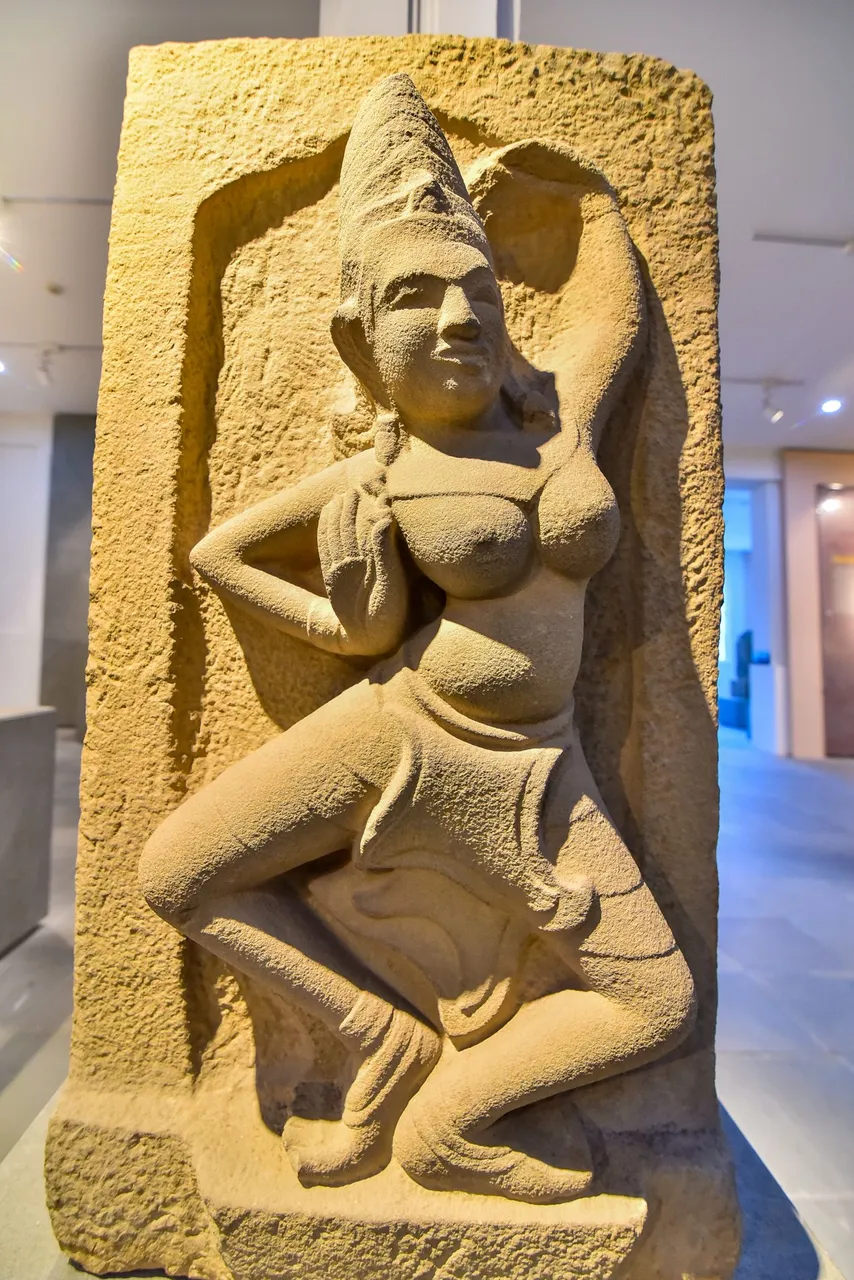
Under the 1st floor area, there are also 5 different galleries, but I did not take all the pictures here to introduce to you, I will continue to go up to the 2nd floor of the Champa Sculpture Museum, at the 2nd floor will have 3 different main rooms. The second floor will include the gallery of Sa Huynh pottery - Champa pottery, the Ninh Thuan culture room, the gallery of pictures of the ancient relics of the Champa kingdom. The stairs leading to the 2nd floor include 2 aisles, a stairway and a priority way for disabled people to move by trolley. First, I will introduce Sa Huynh pottery room - Cham-Pa pottery. Pottery "Sa Huynh" is the name of a place in Quang Ngai province, where archaeologists have discovered many special artefacts during the excavation in 1909. Sa Huynh culture was identified on the basis of burial by burial. jars, jars of glass and ceramic utensils. The Sa Huynh artefact is dated to before the 2nd century. The researchers found that it is likely to continue with the Champa culture, which developed in central Vietnam from the 3rd century CE. The relationship between the culture Sa Huynh and Champa culture is often recognized through some features displayed on ceramic products. Cham-Pa pottery inherits many features of Sa Huynh pottery, which is clearly shown in material, colour and flammability, Cham-Pa pottery is used in architecture not only in ordinary parts such as roof tiles. , floor tiles but also in many other fields. Ceramic items also appear in the daily life of Champa residents, that is, vases, jars containing water. Archaeological excavation results in Binh Dinh province have revealed traces of many pottery kilns of the 14th and 15th centuries commonly known as Go Sanh pottery. With many different products, techniques and styles, Go Sanh pottery is considered to be the bridge between Champa pottery and Dai Viet pottery and is still inherited today by Central artisans.
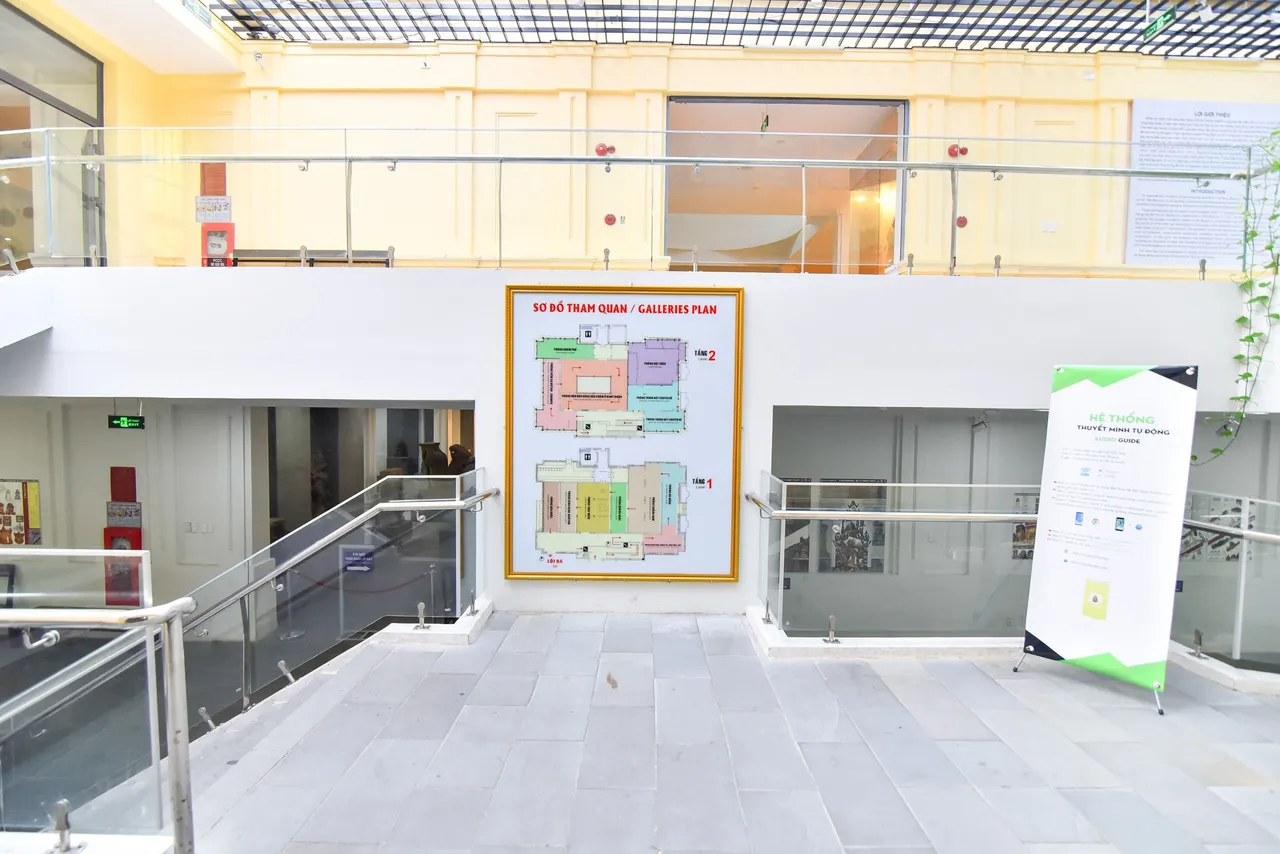
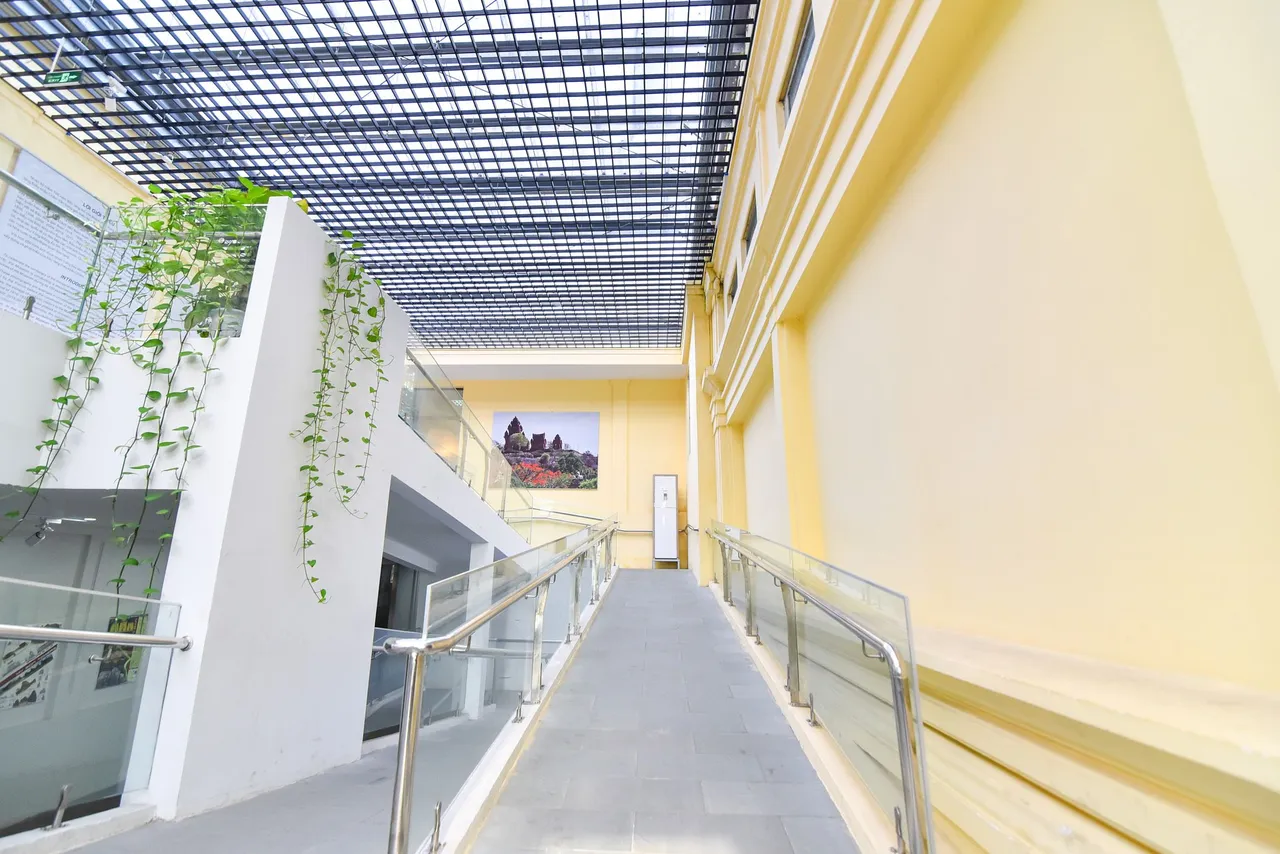
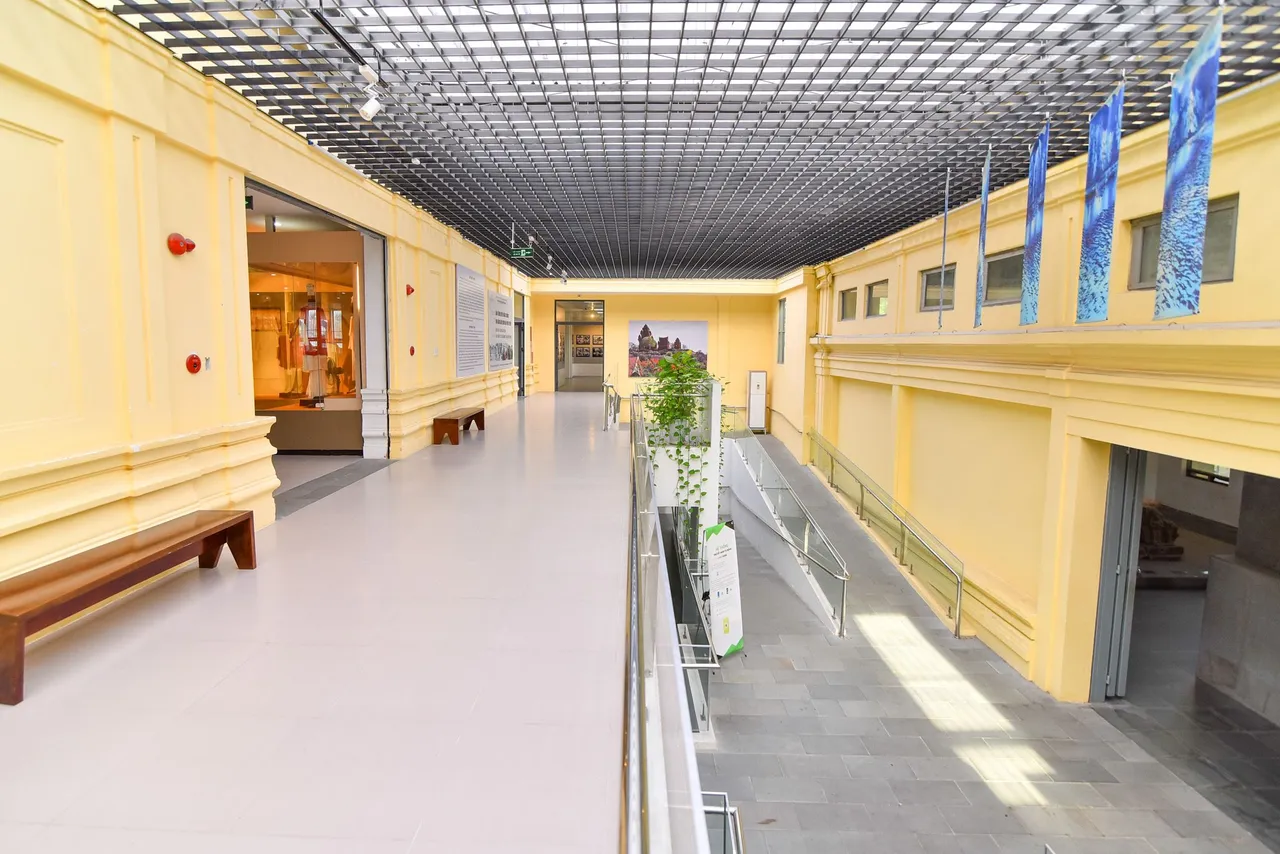
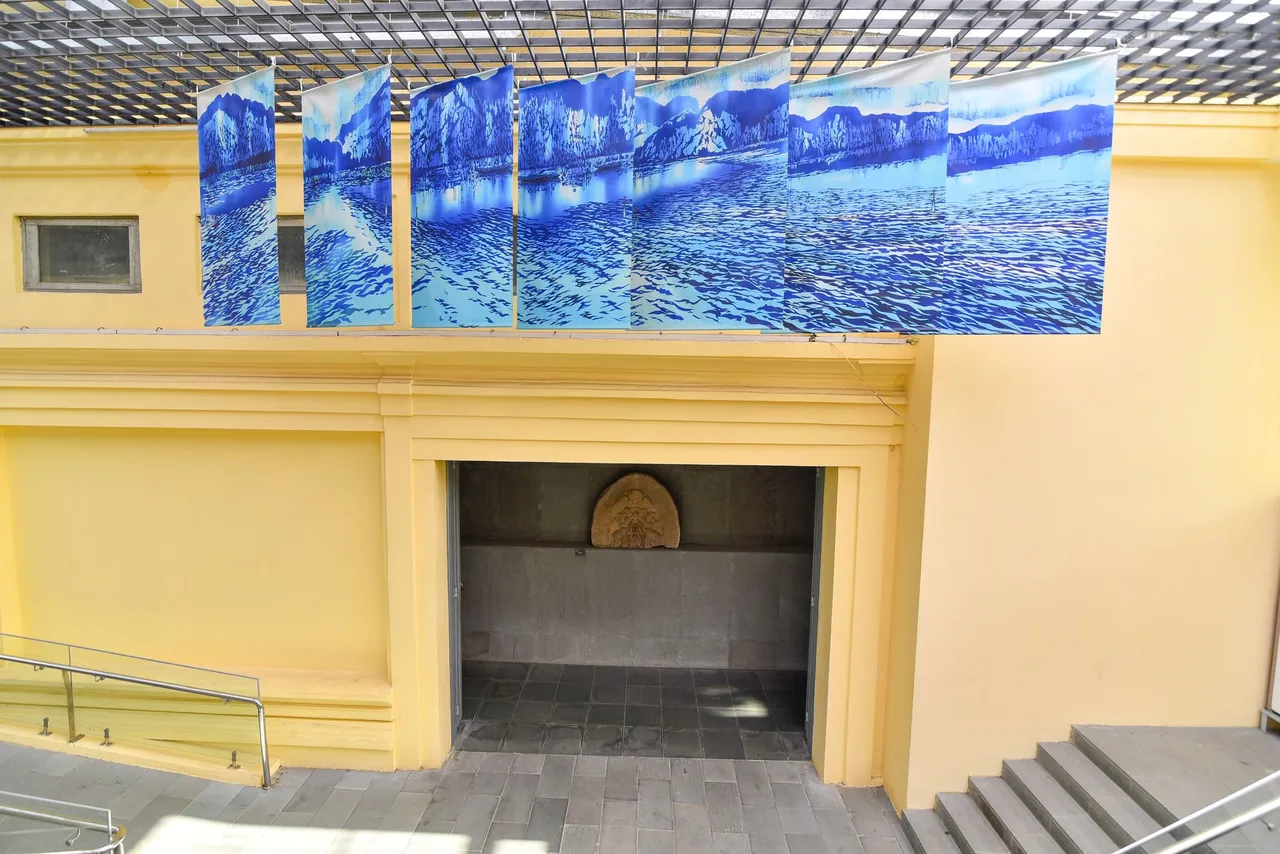
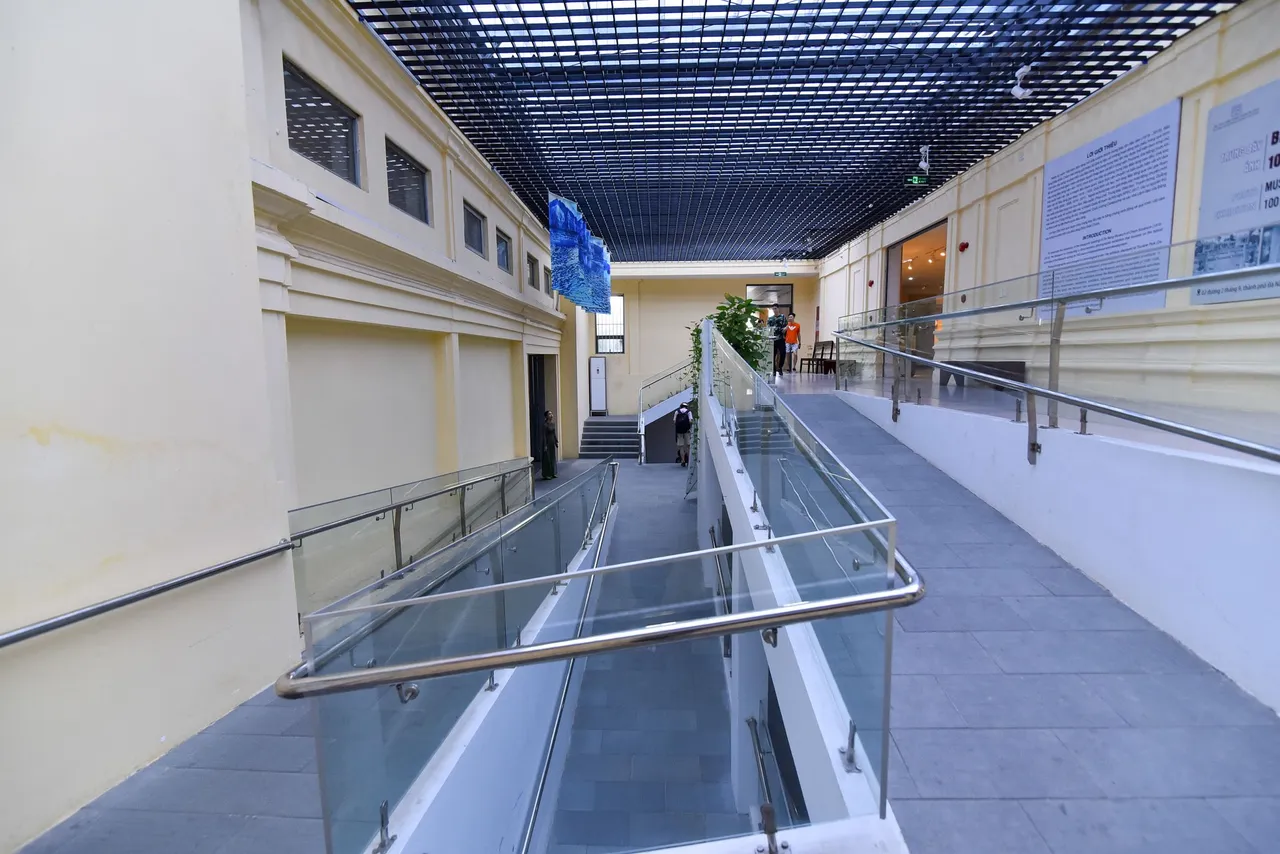


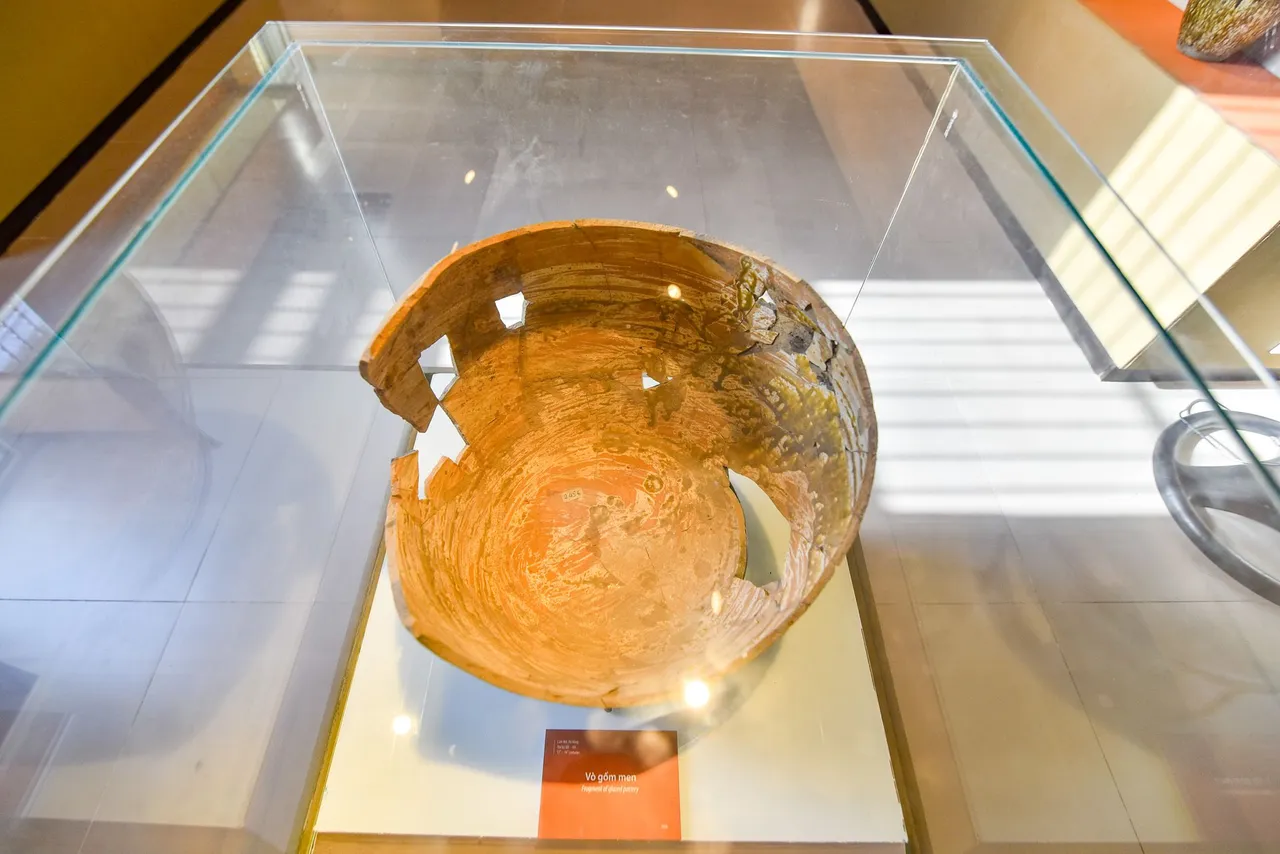
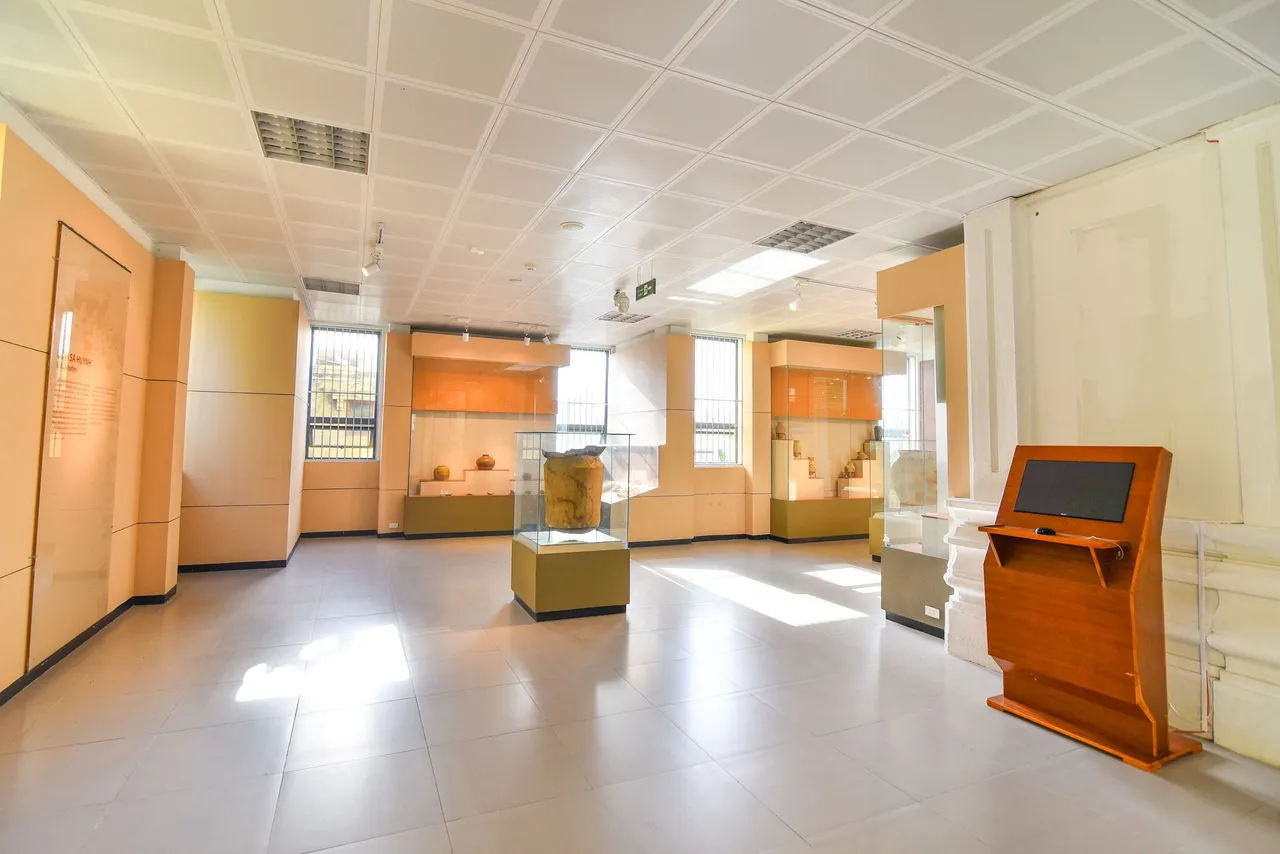

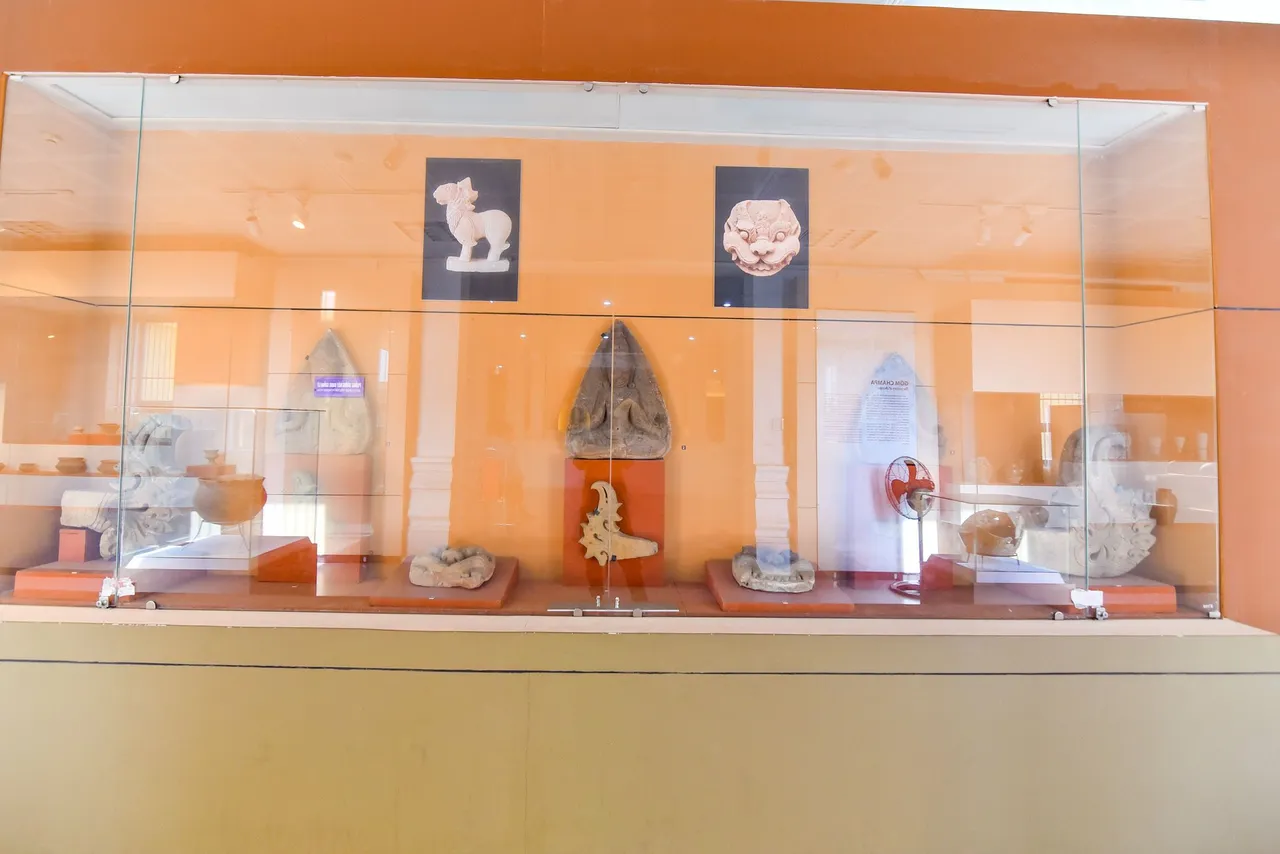
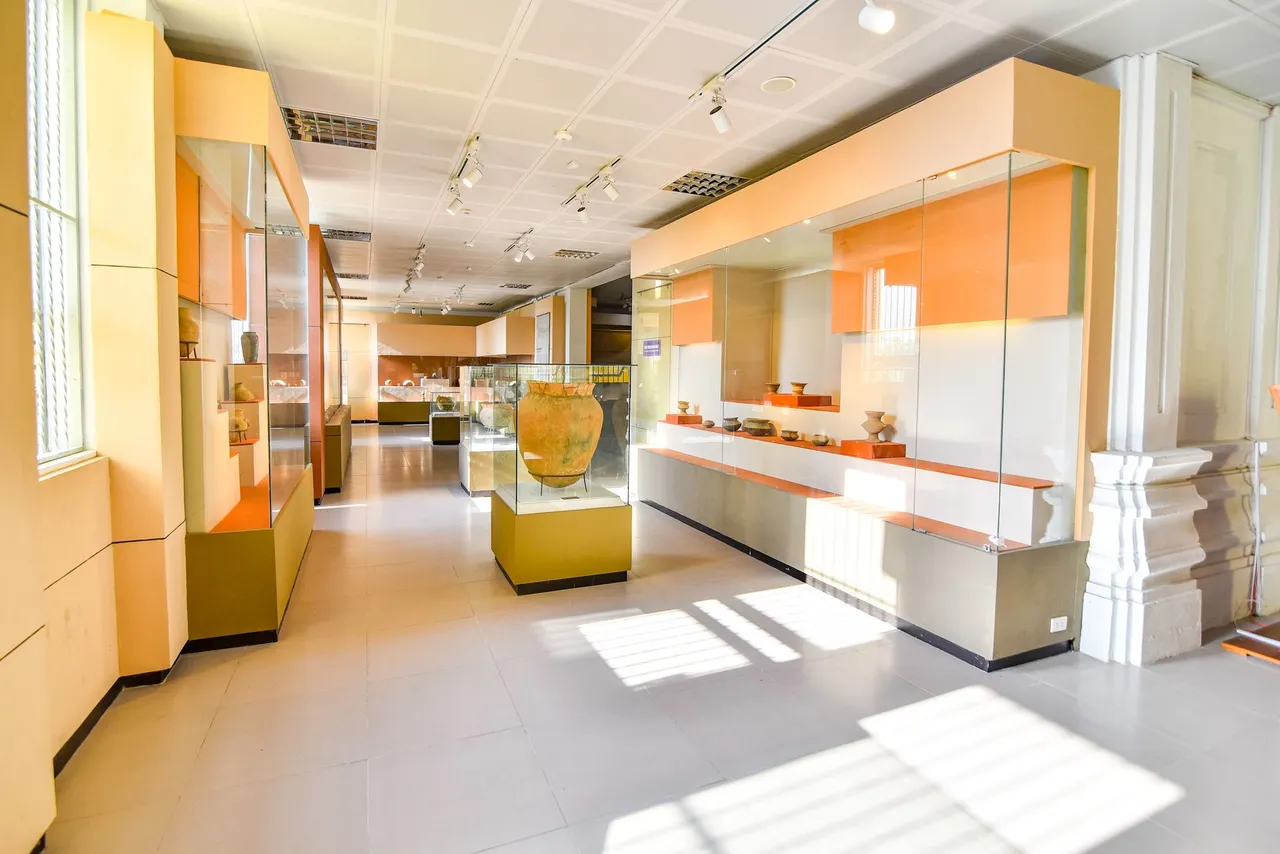
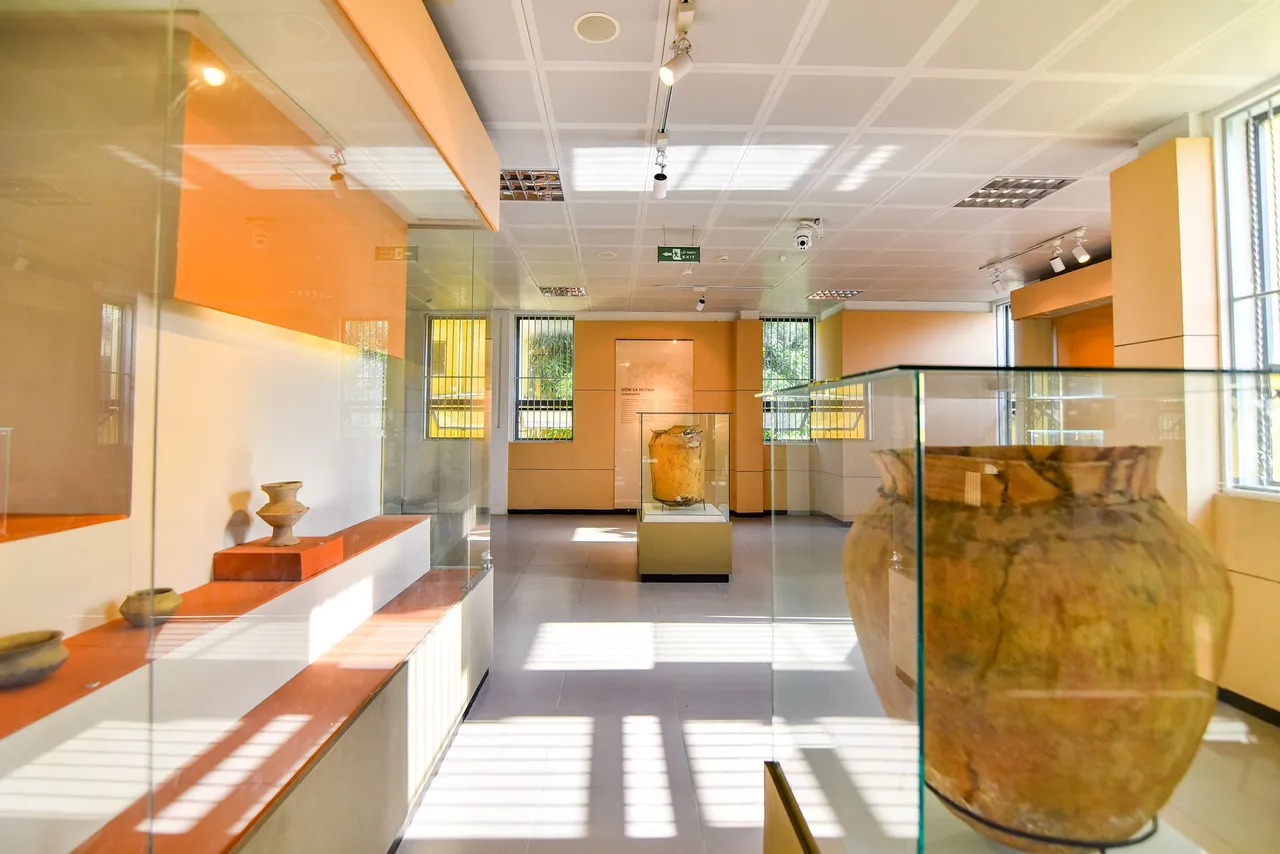
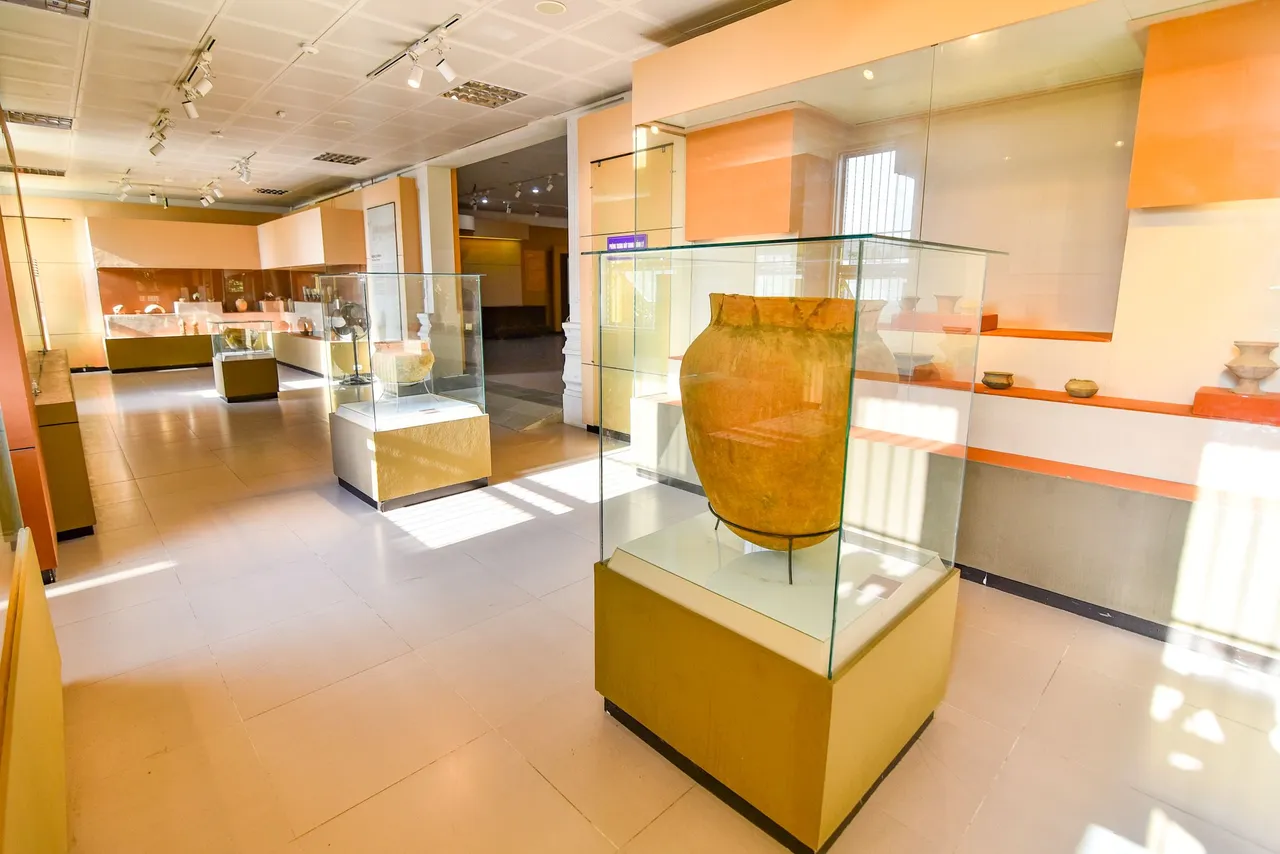

Cham Cultural Room in Ninh Thuan is the place to keep the traditional costumes of the Cham people in Ninh Thuan. Here will keep the antique rickshaw and traditional knitting tools of the Cham people. As everyone knows, Ninh Thuan is a southern province of central Vietnam. Currently, Ninh Thuan has 6 districts, 1 city directly under the province, Phan Rang Thap Cham. The province's population is just over 600,000 people, including Kinh people and 26 ethnic minorities. The Cham population is more than 67,000 people, accounting for nearly 12% of the province's population and more than 41% of the Cham ethnic group in the country. To this day, the culture of the Cham people in Ninh Thuan still remains to this day, although it has been lost and lost a lot over time, today it still retains the typical values of a unique culture. Includes both tangible and intangible culture. Ninh Thuan Culture Room is a lively gallery, adding an attractive nuance, helping to enrich the multi-ethnic culture of Vietnam.
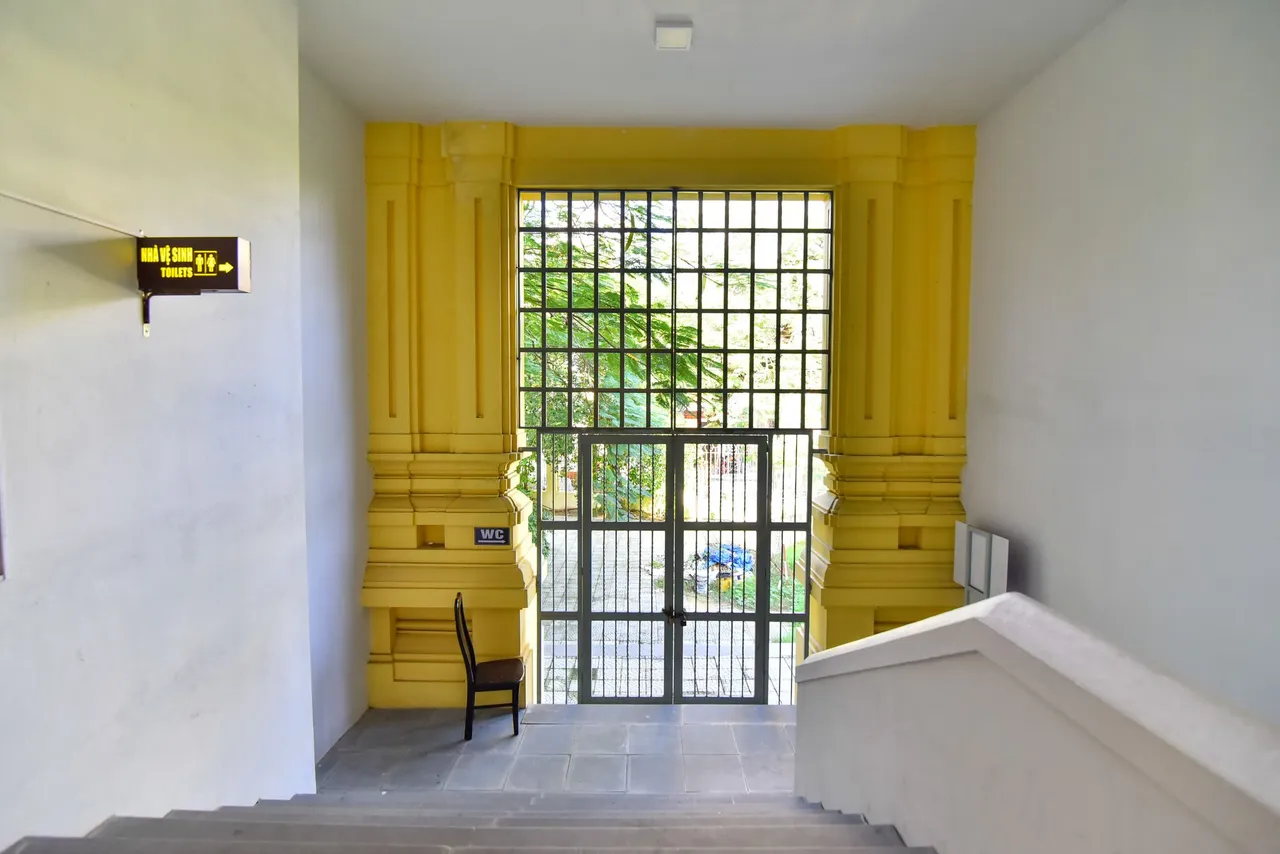
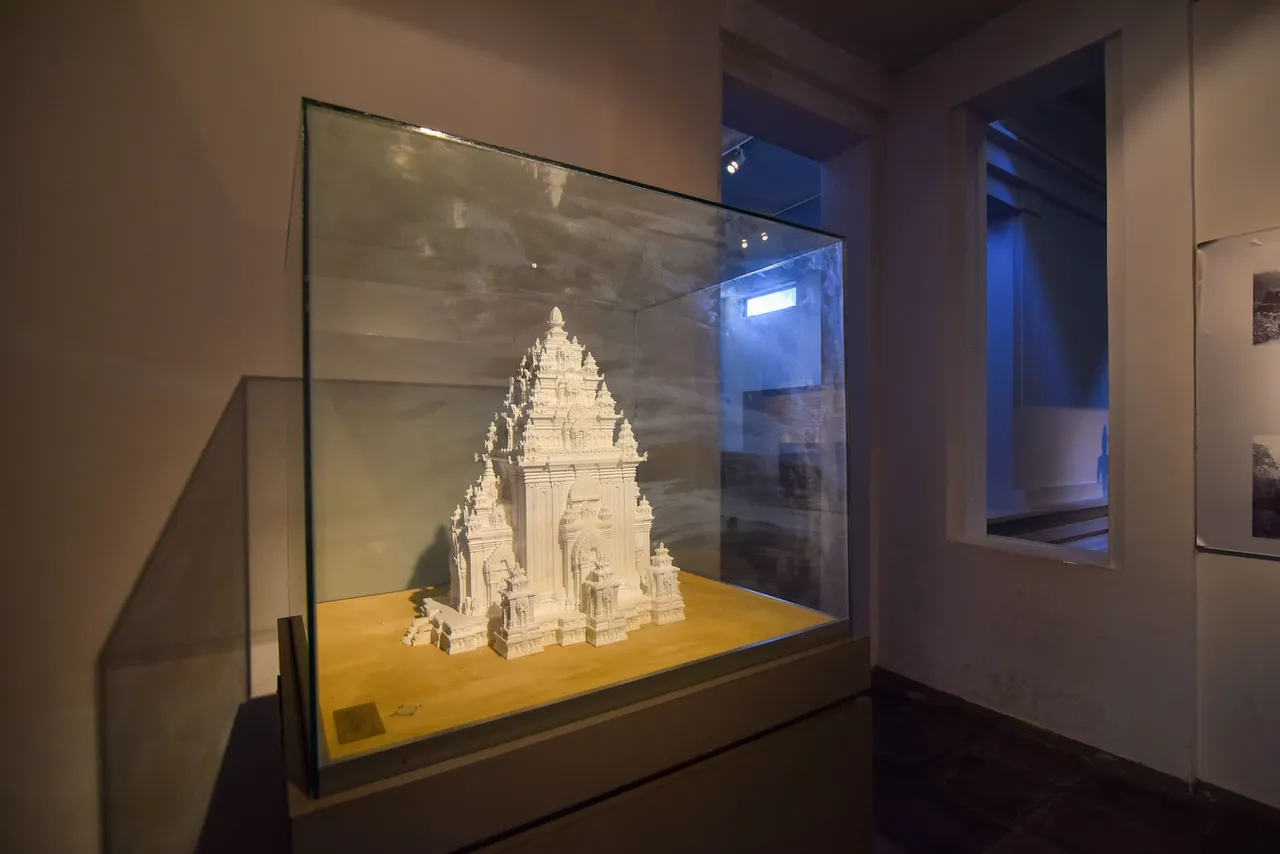
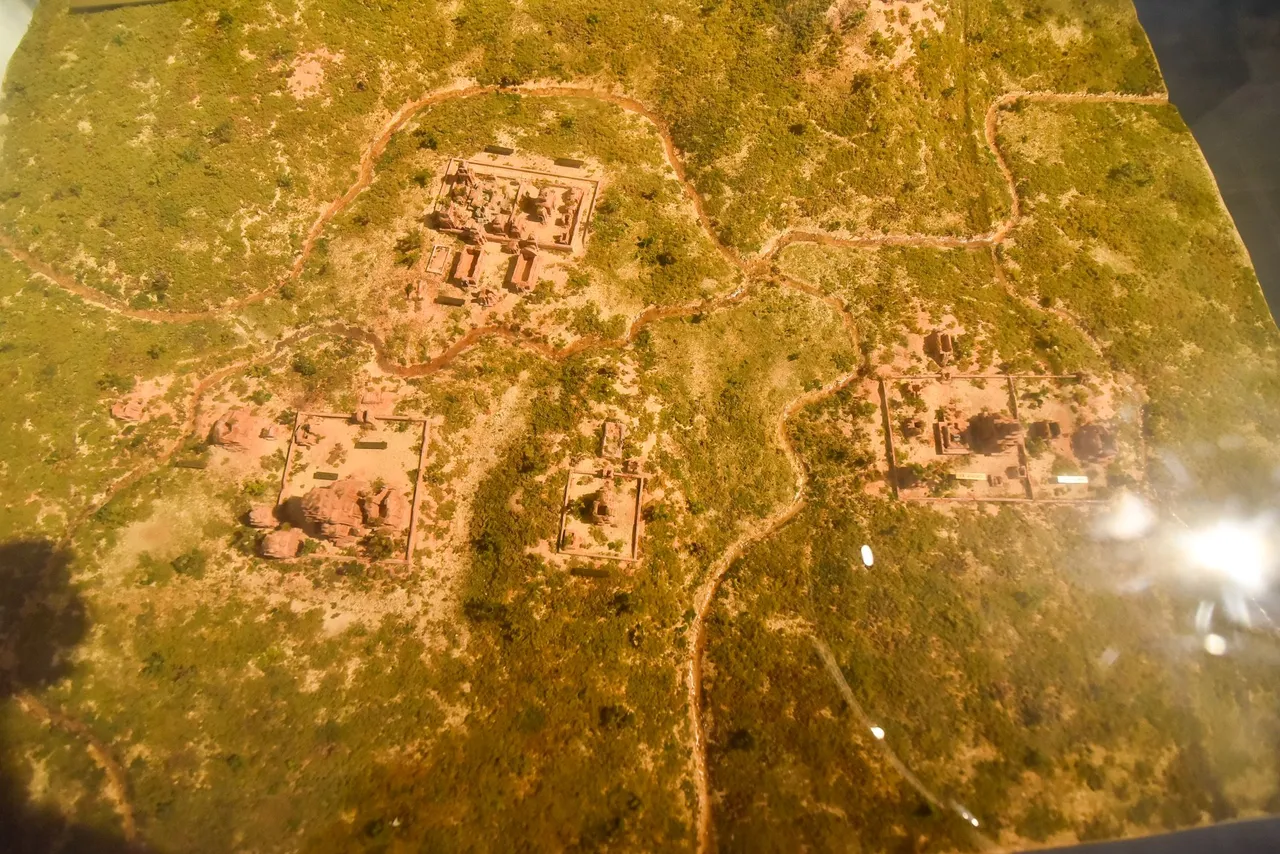
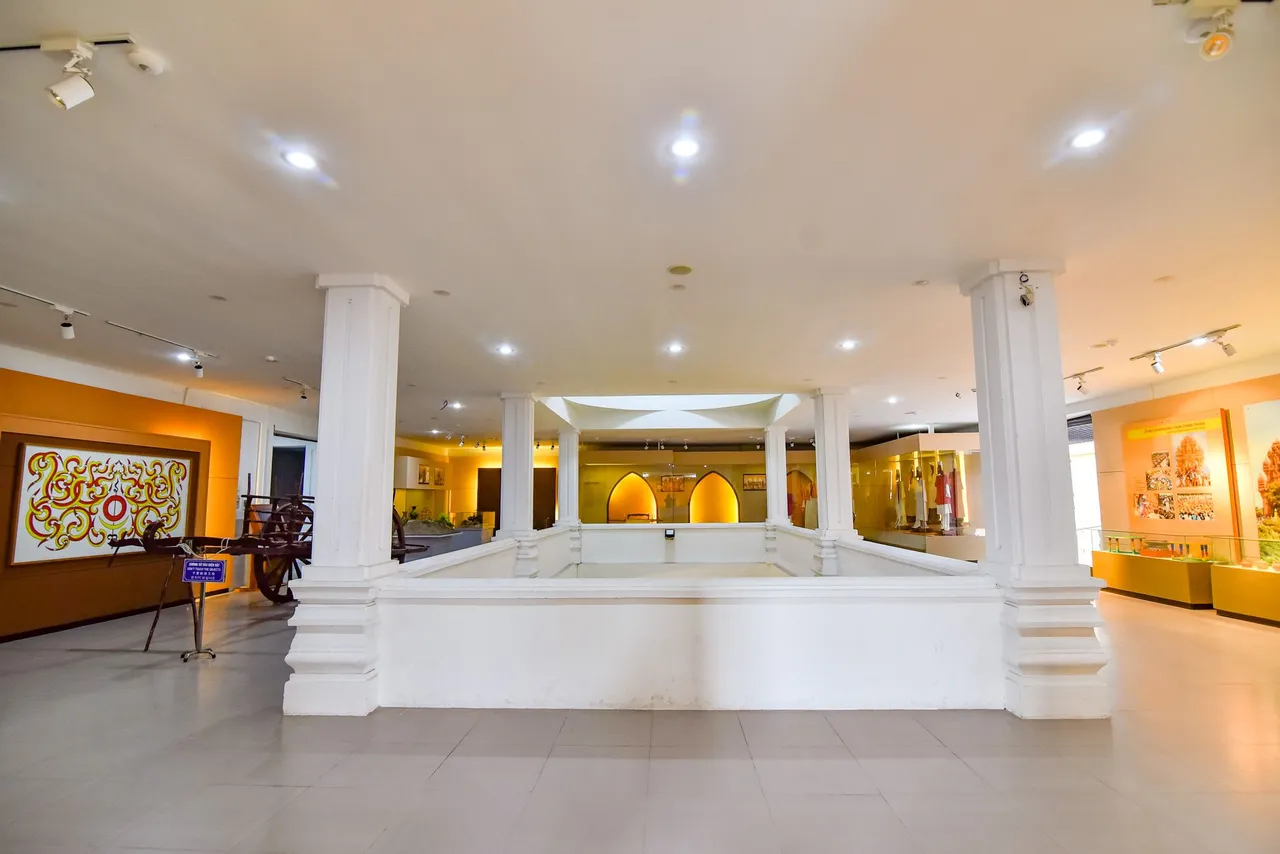

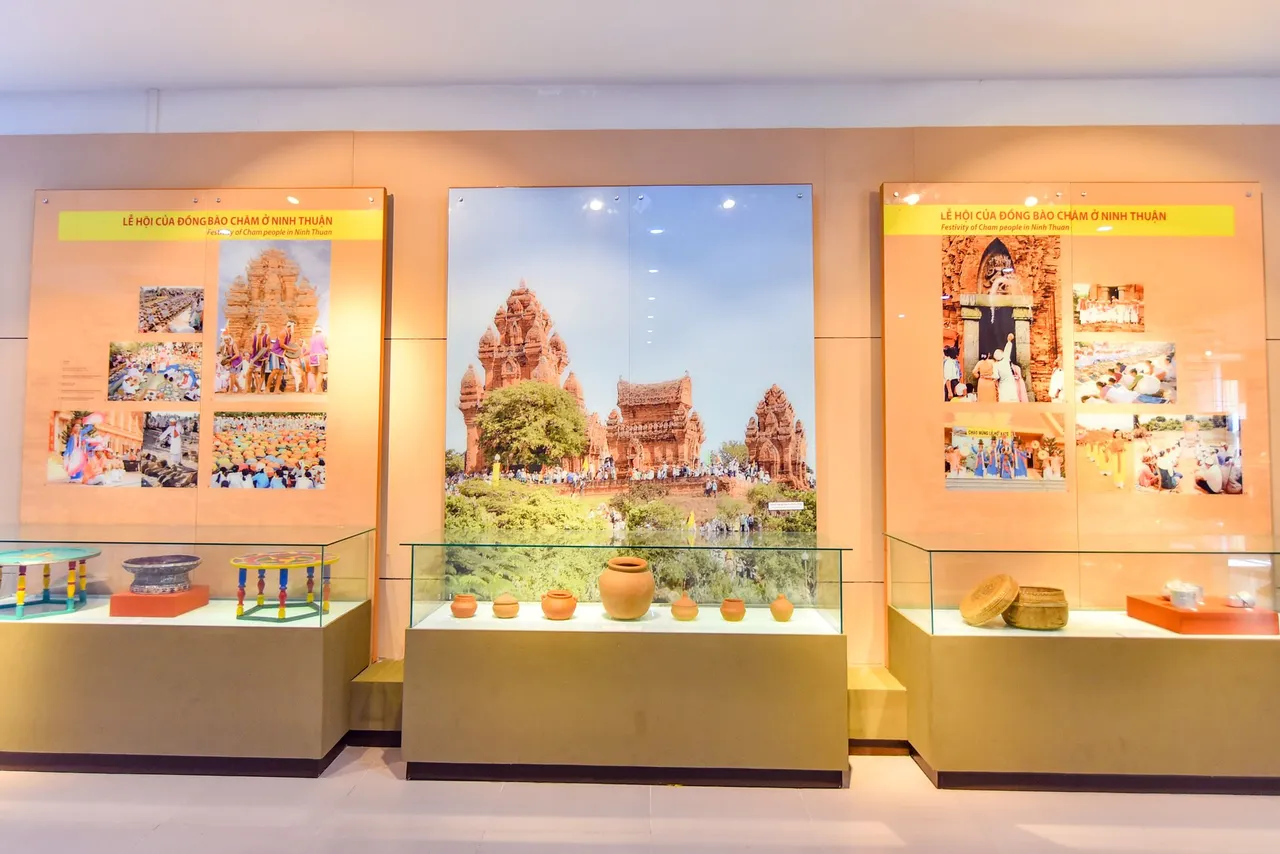
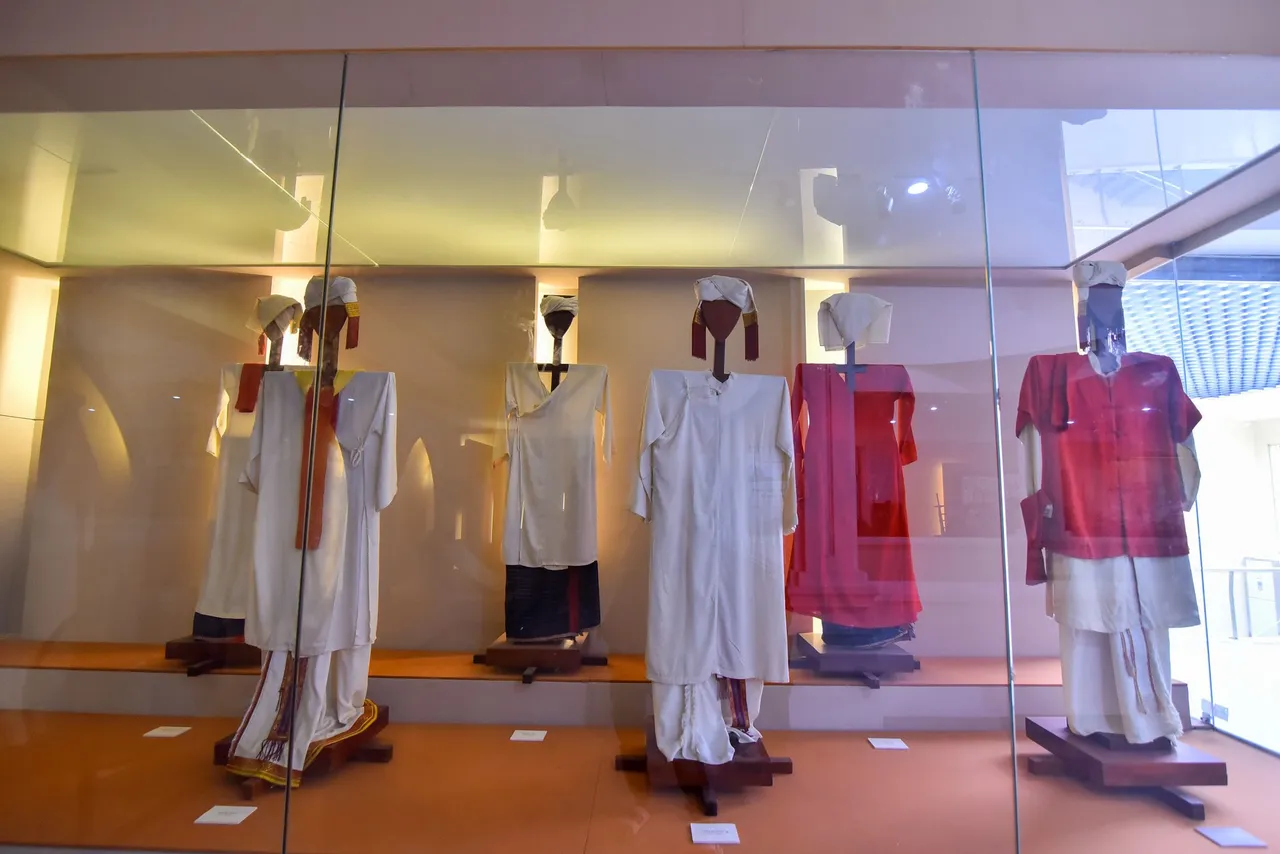
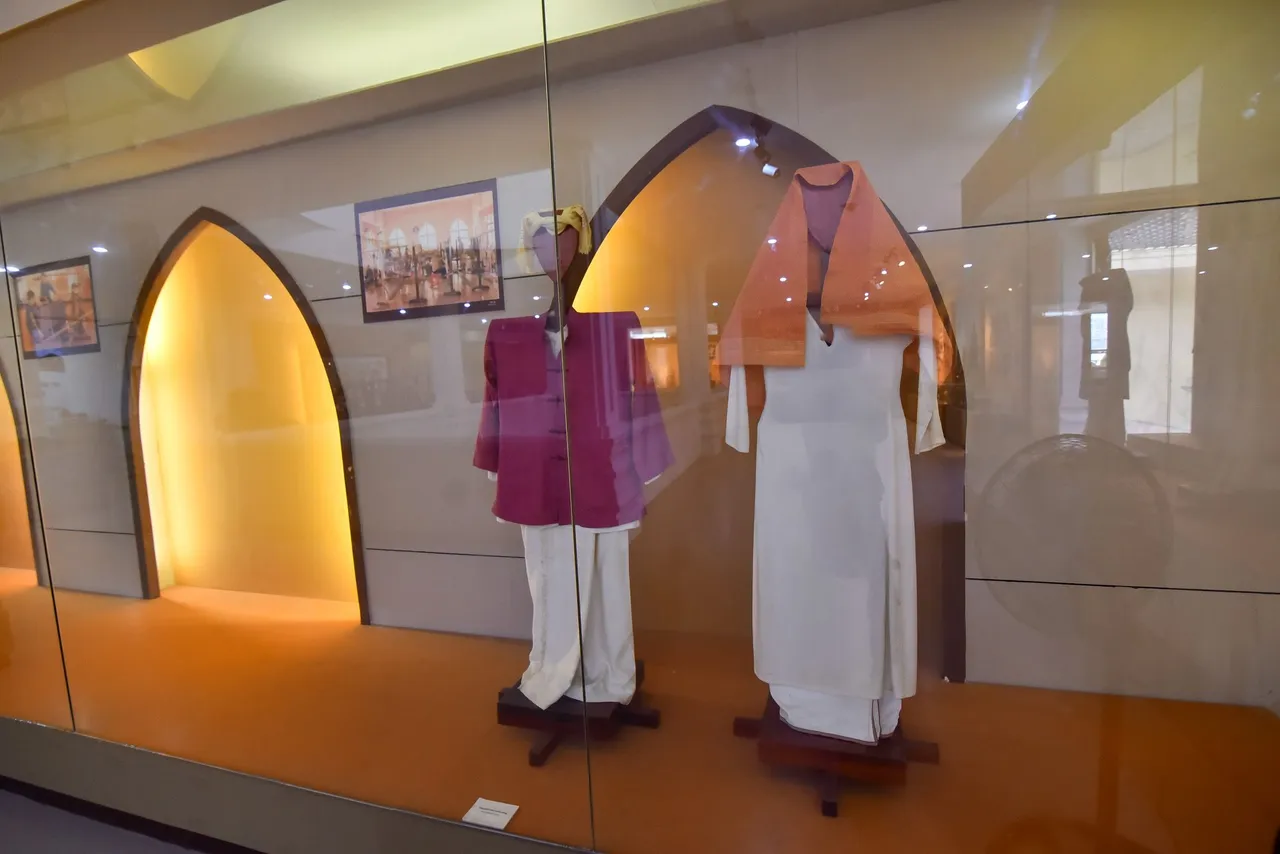
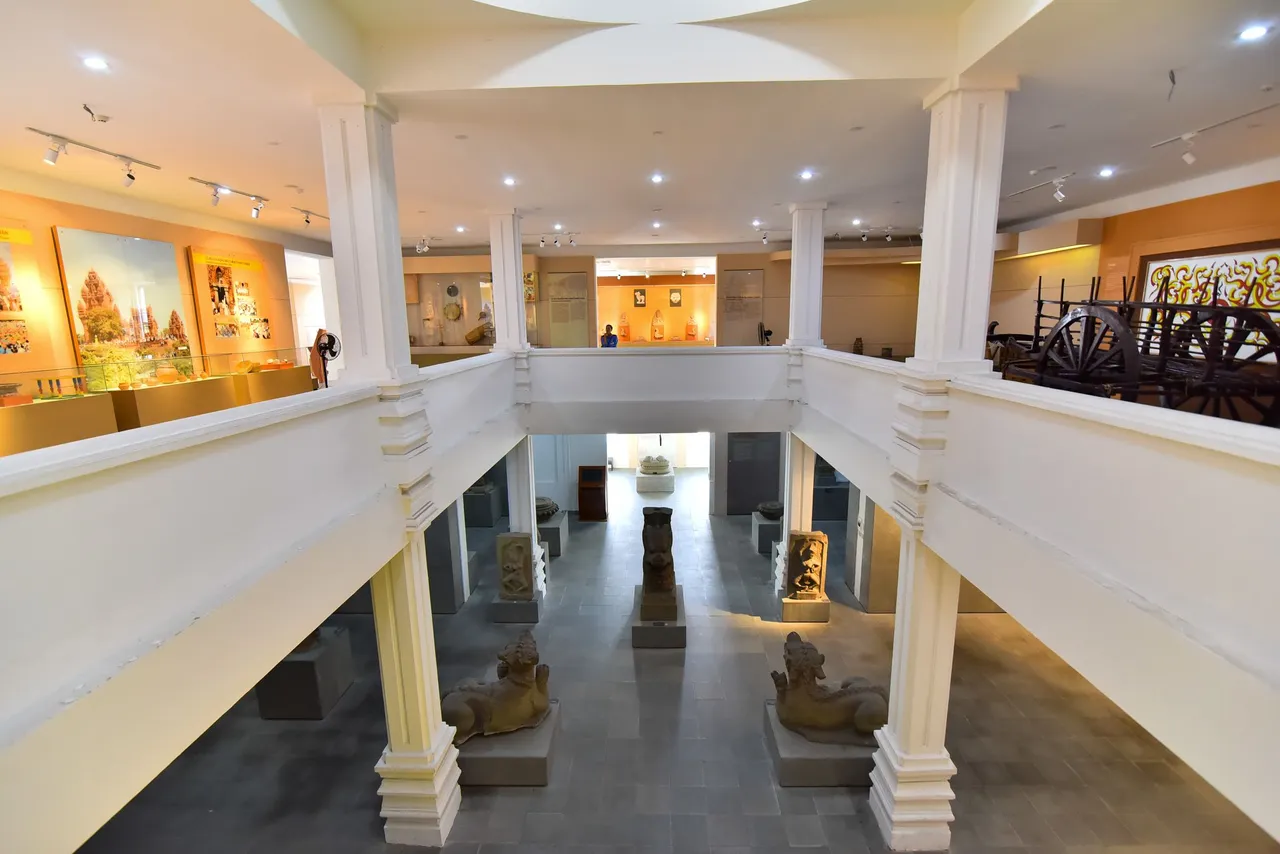
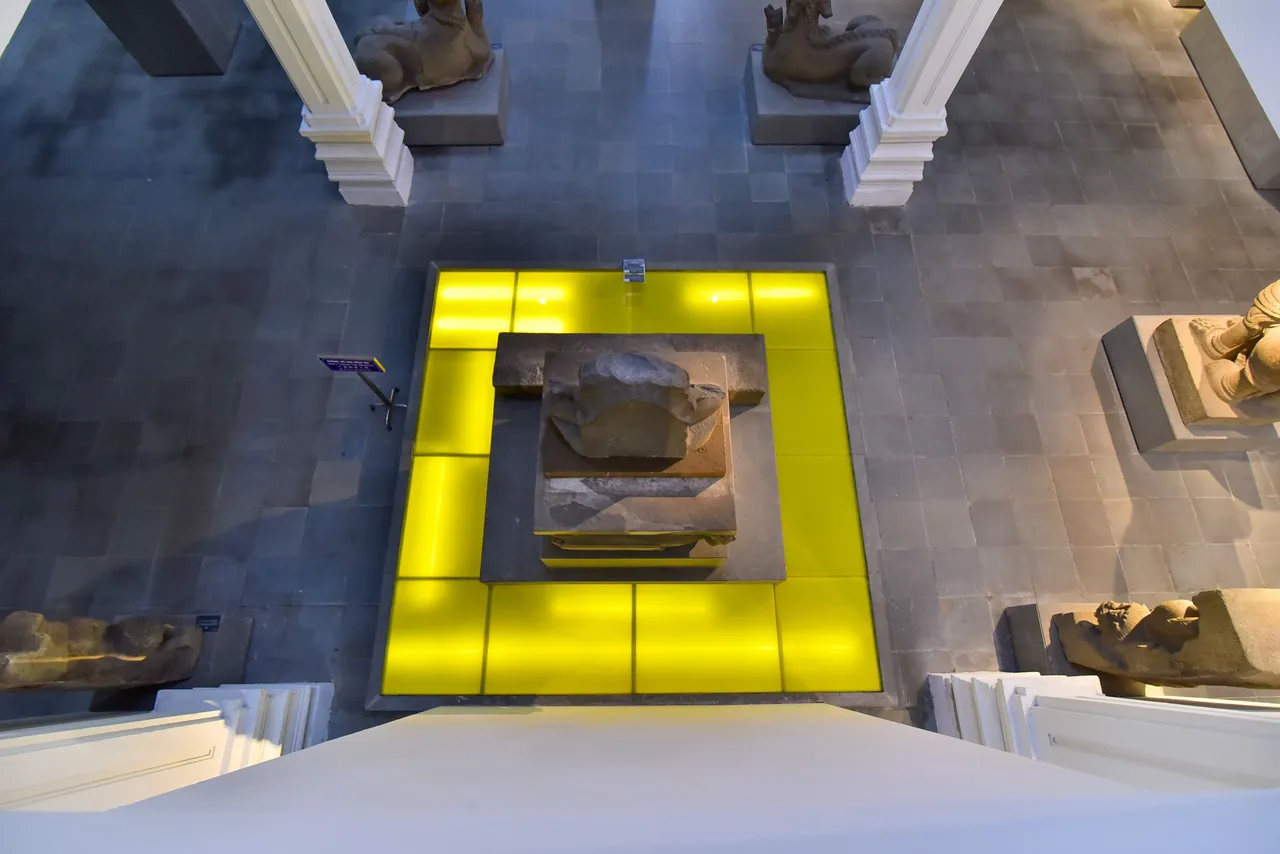
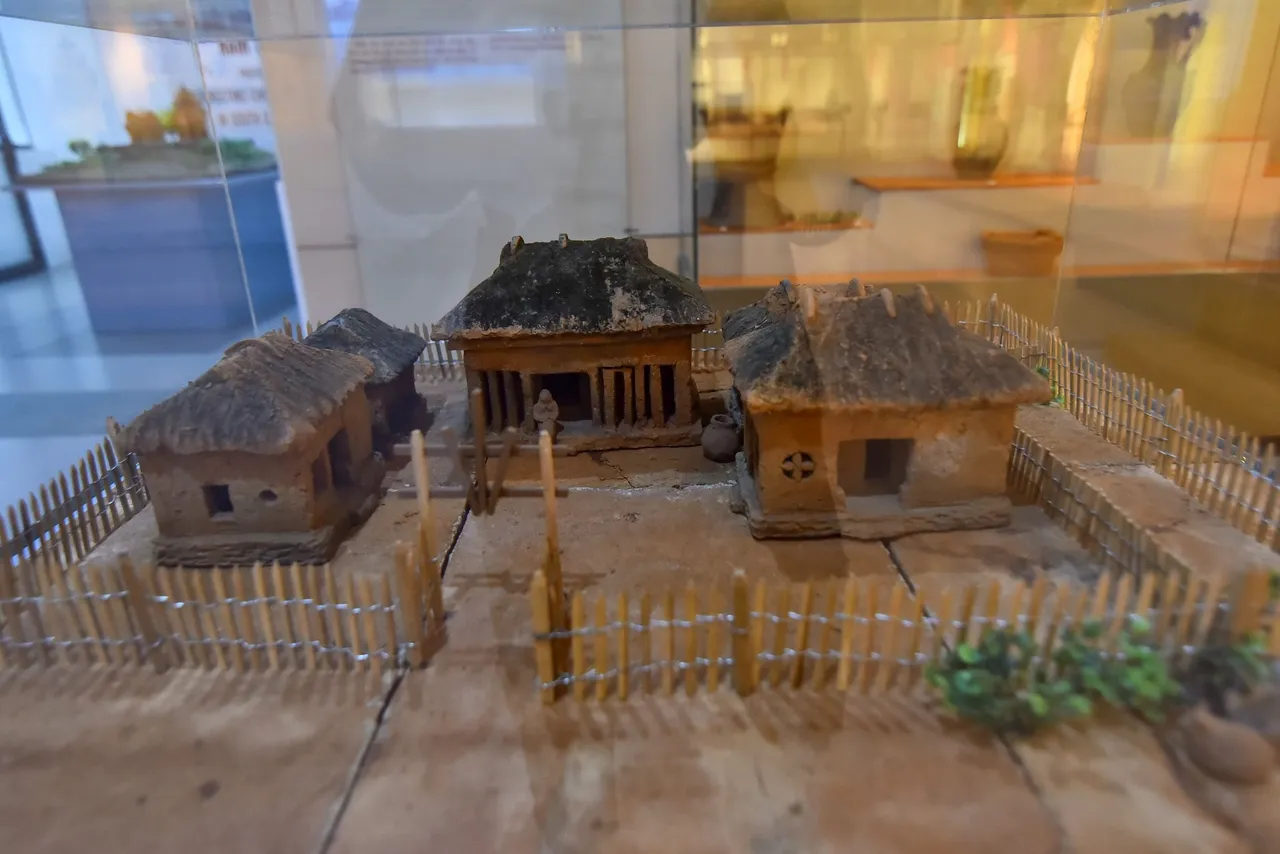

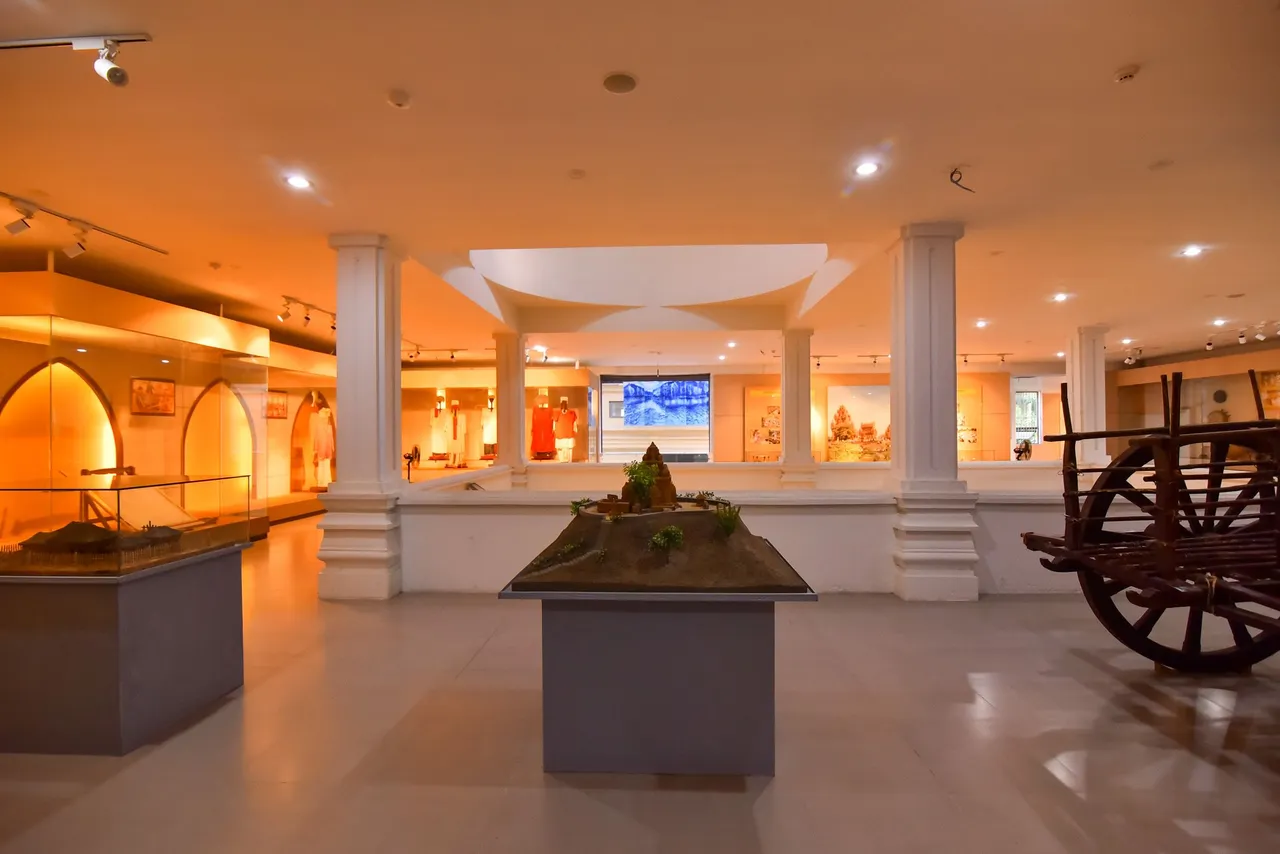
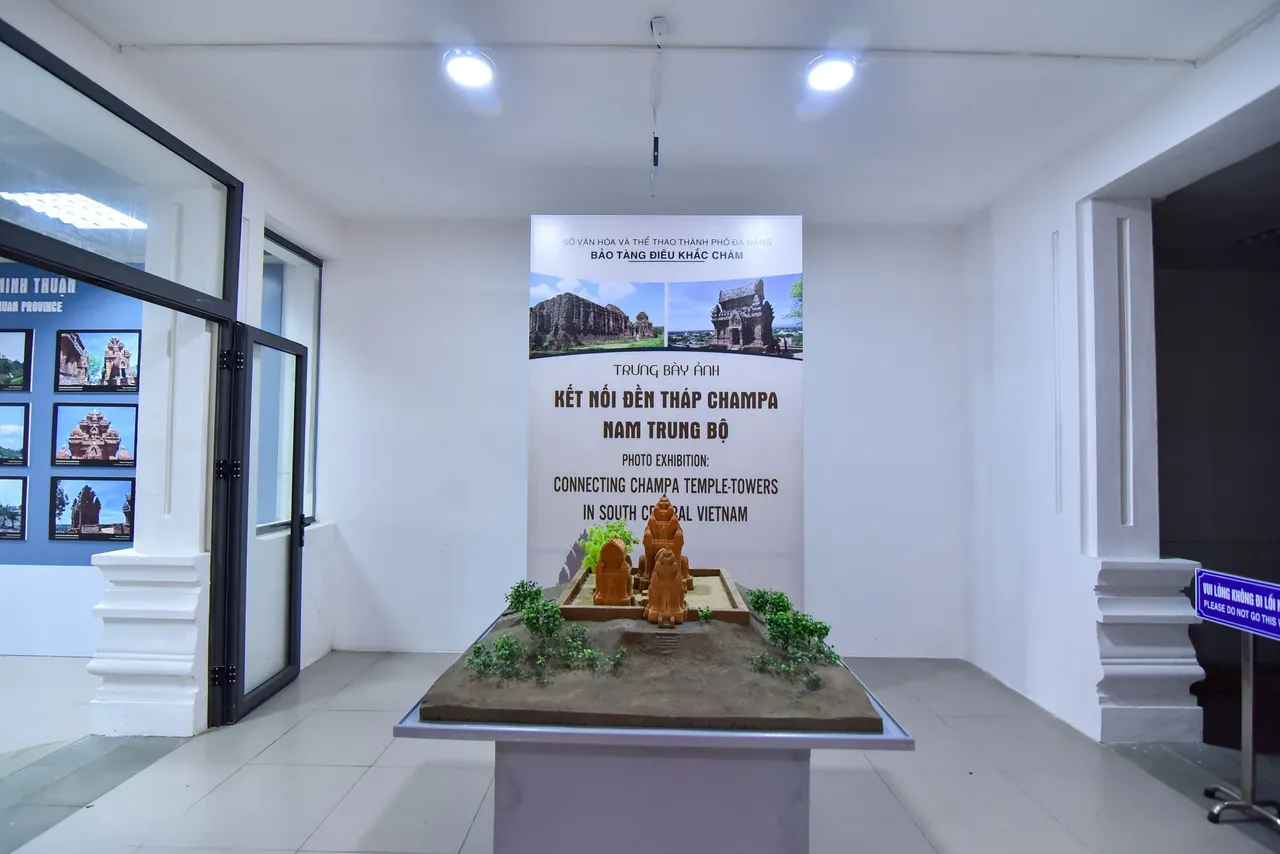
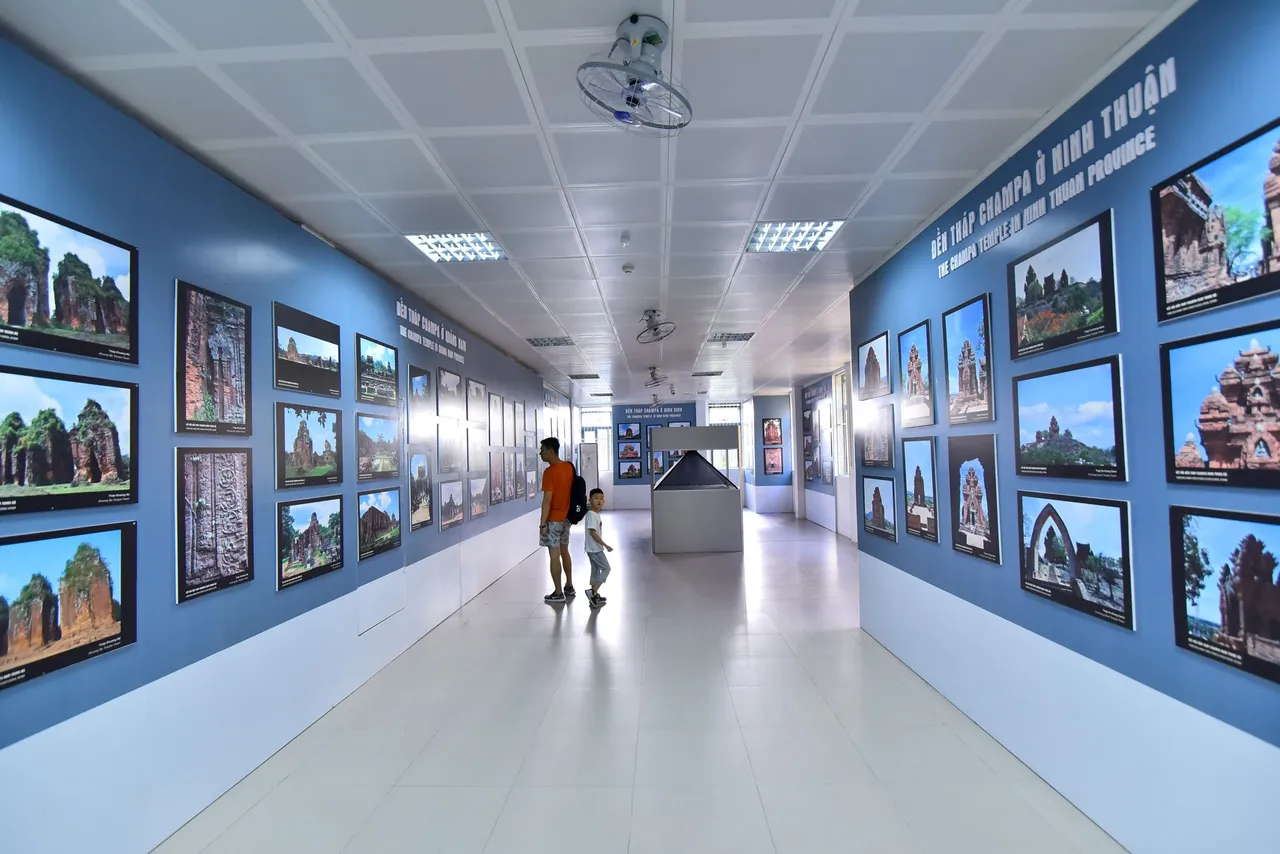

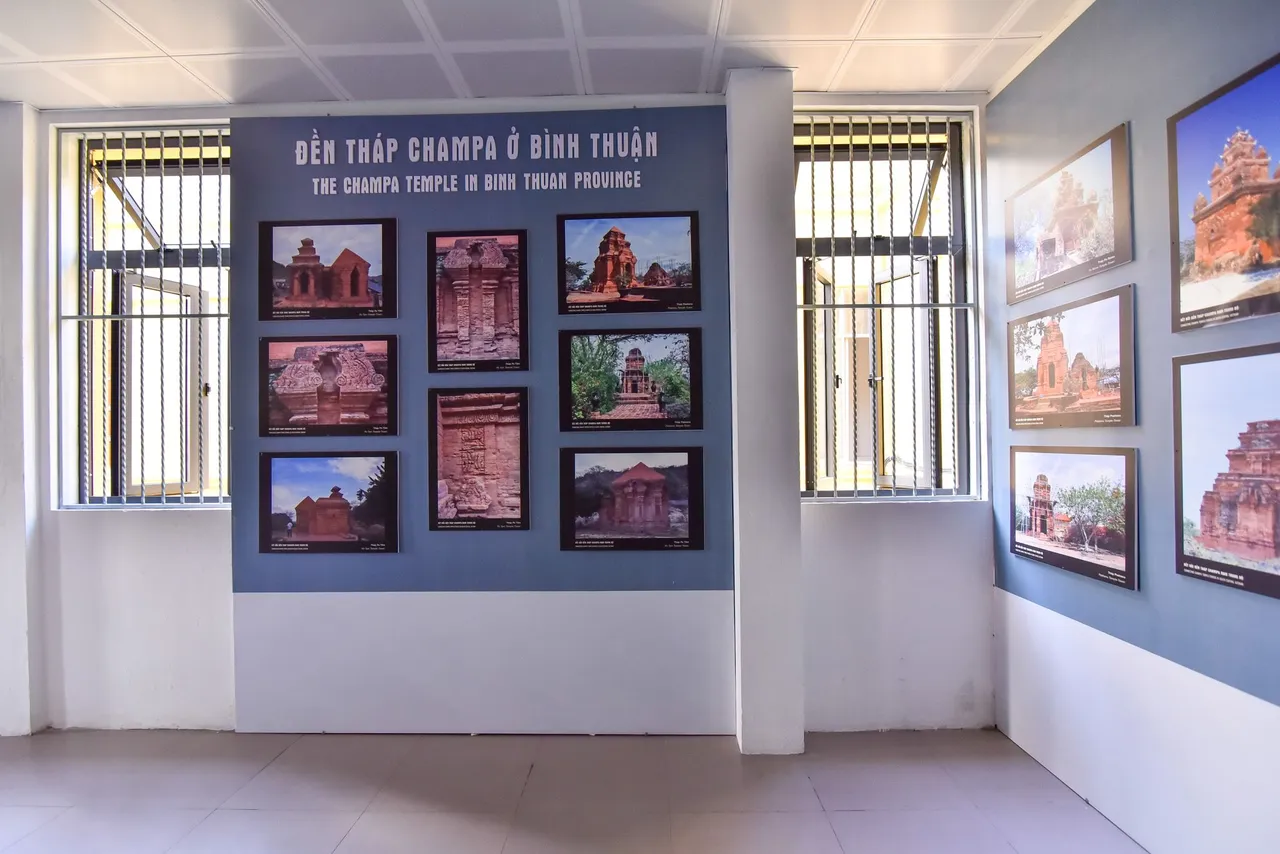
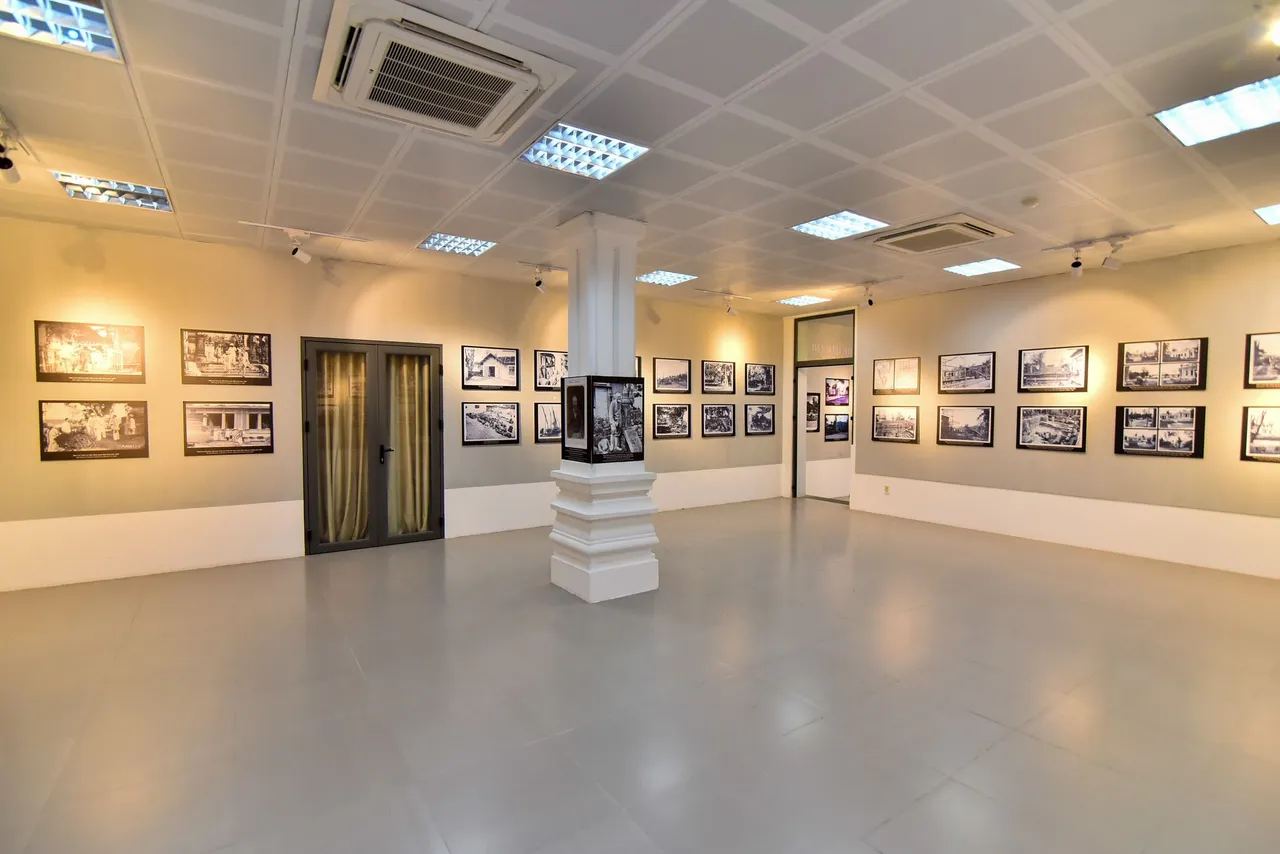
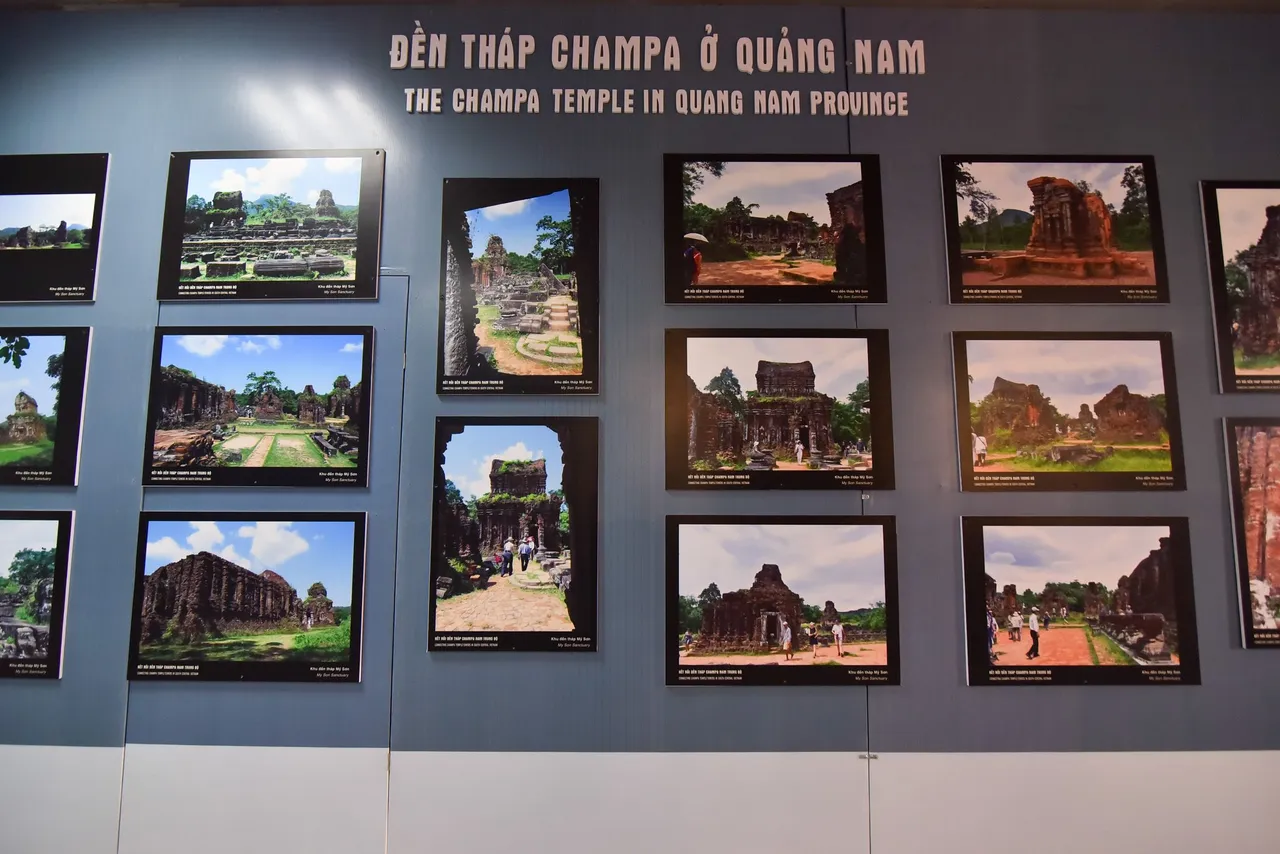
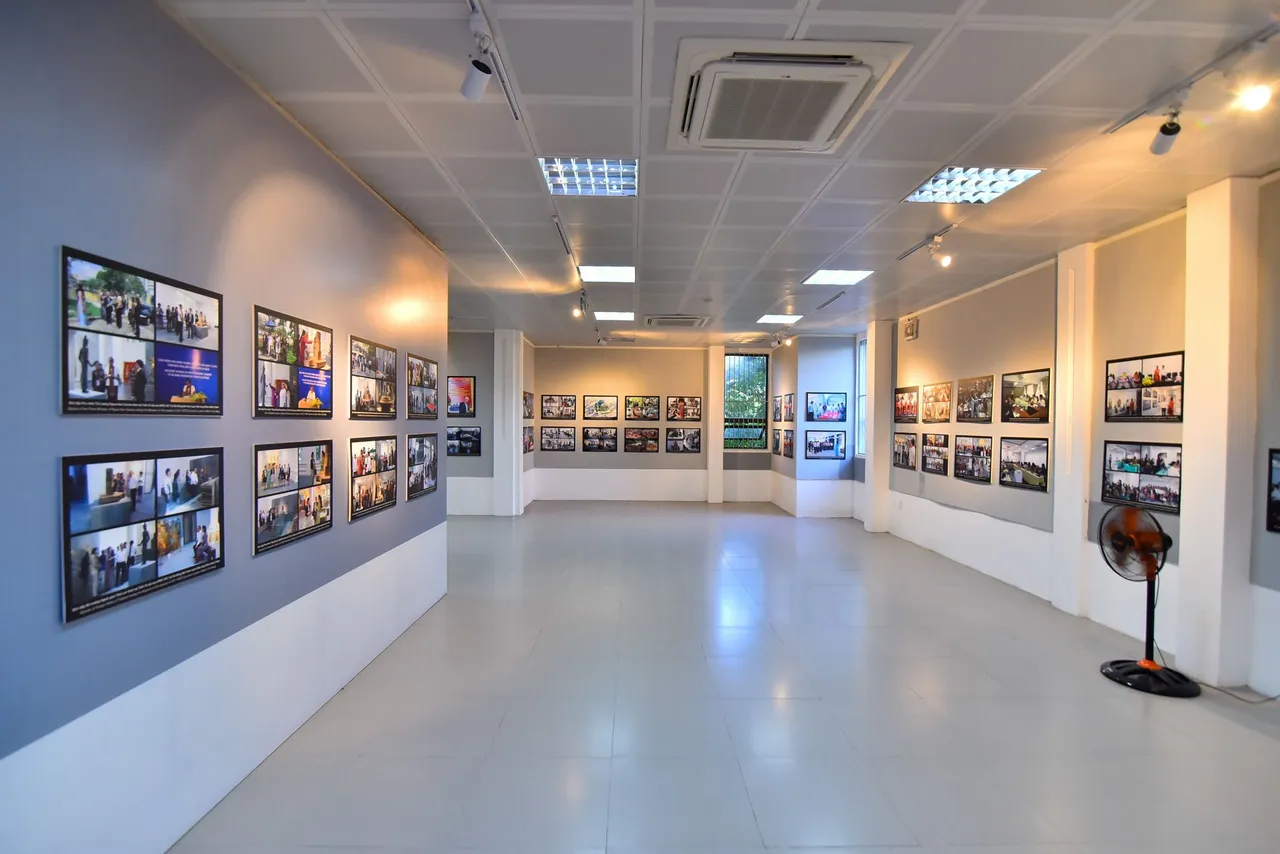
The main hall of the Cham Sculpture Museum today, is having an archaeological display of the Phong Le Cham tower relic. Phong Le Cham Tower is located in village 3, Hoa Tho Dong ward, Cam Le district, Da Nang city. This survey took place from 2011 to 2018, until today it is displayed in the main hall of the Cham-Pa sculpture museum. Behind the Cham-Pa sculpture museum is a souvenir sales area, where souvenirs of Cham-Pa culture and traditional Vietnamese ao dai are sold. You can buy these items as gifts for your family and friends.
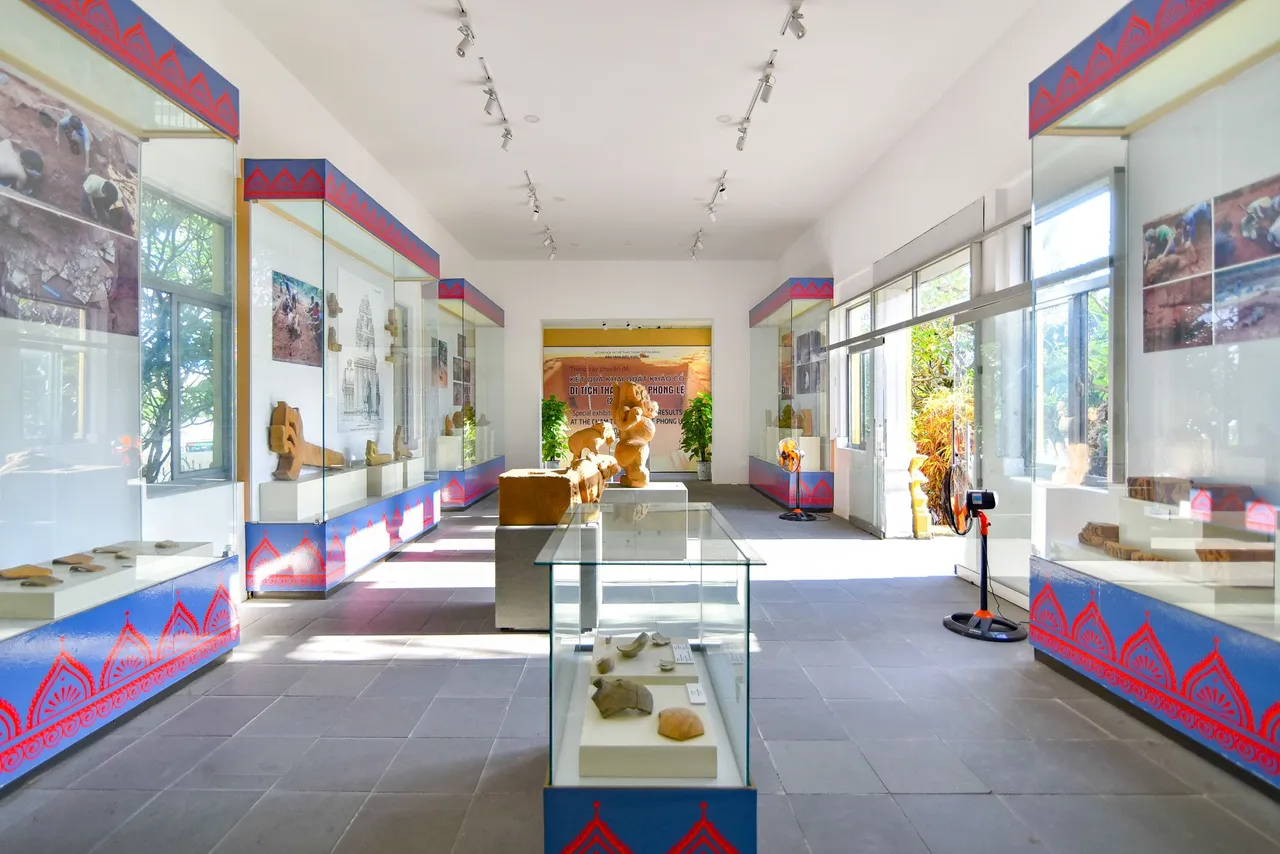

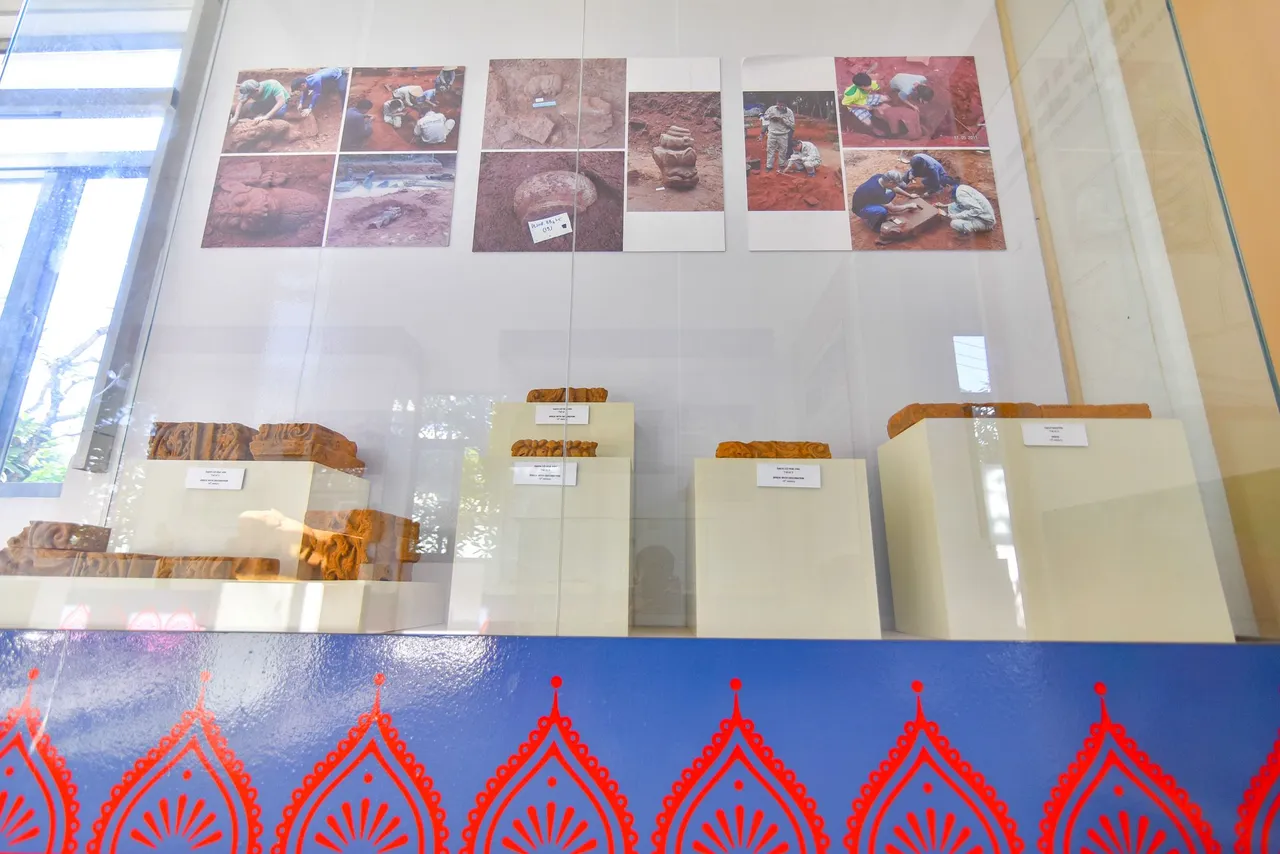
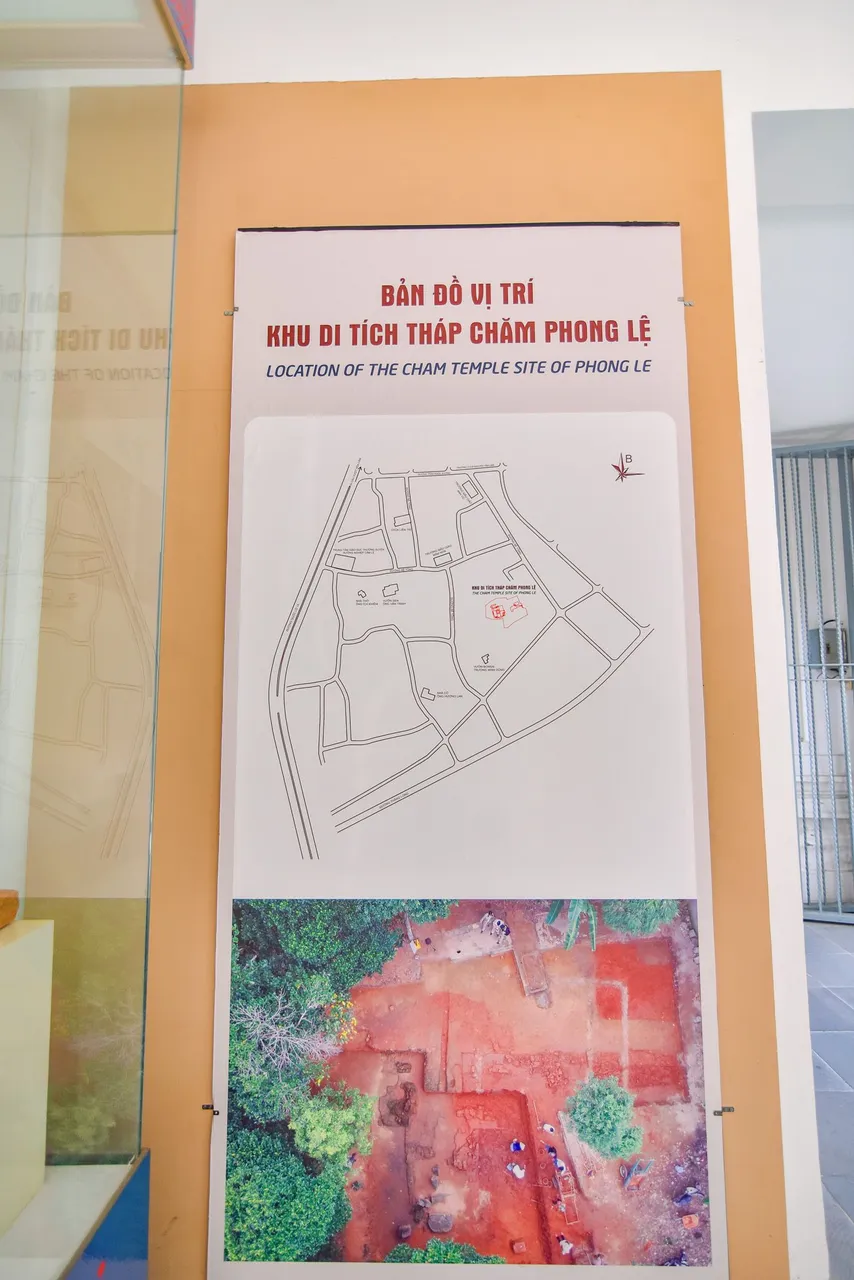
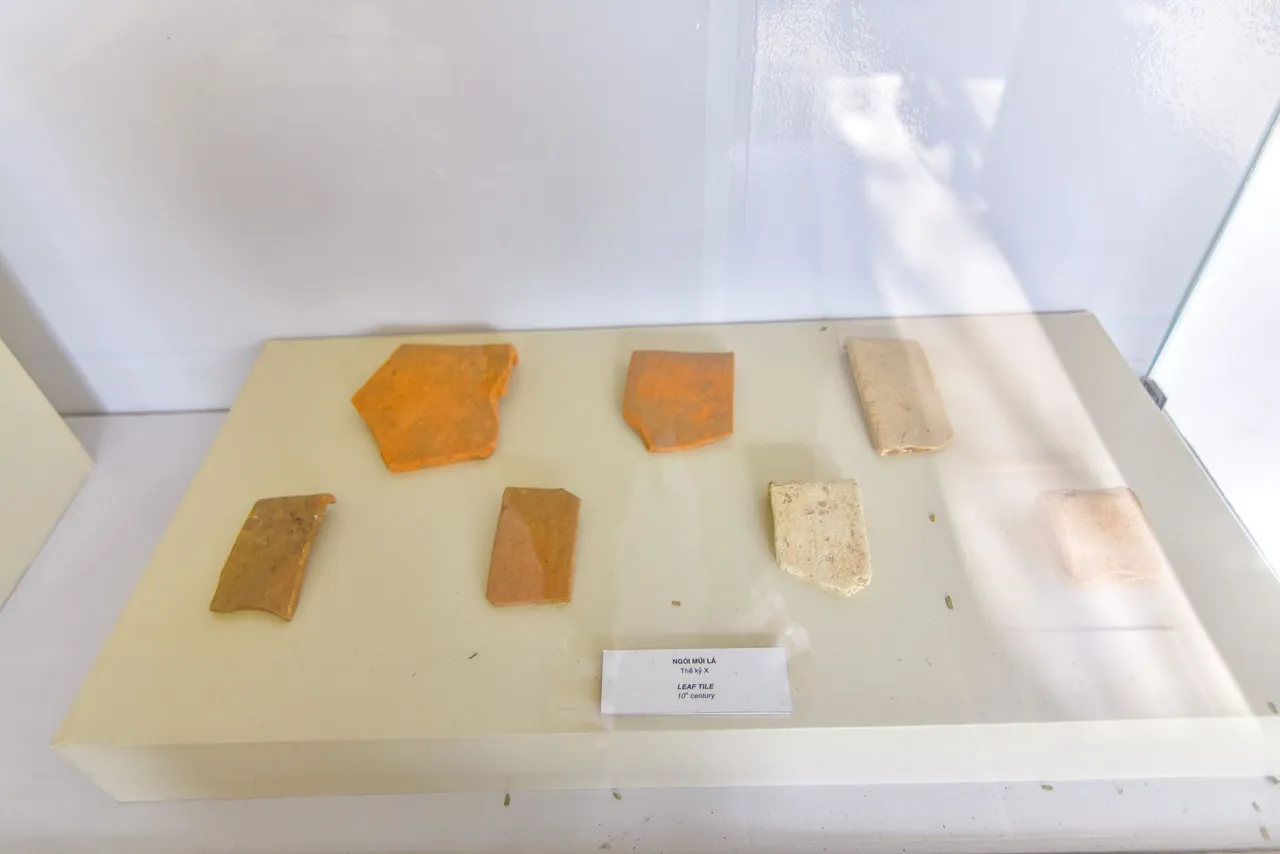
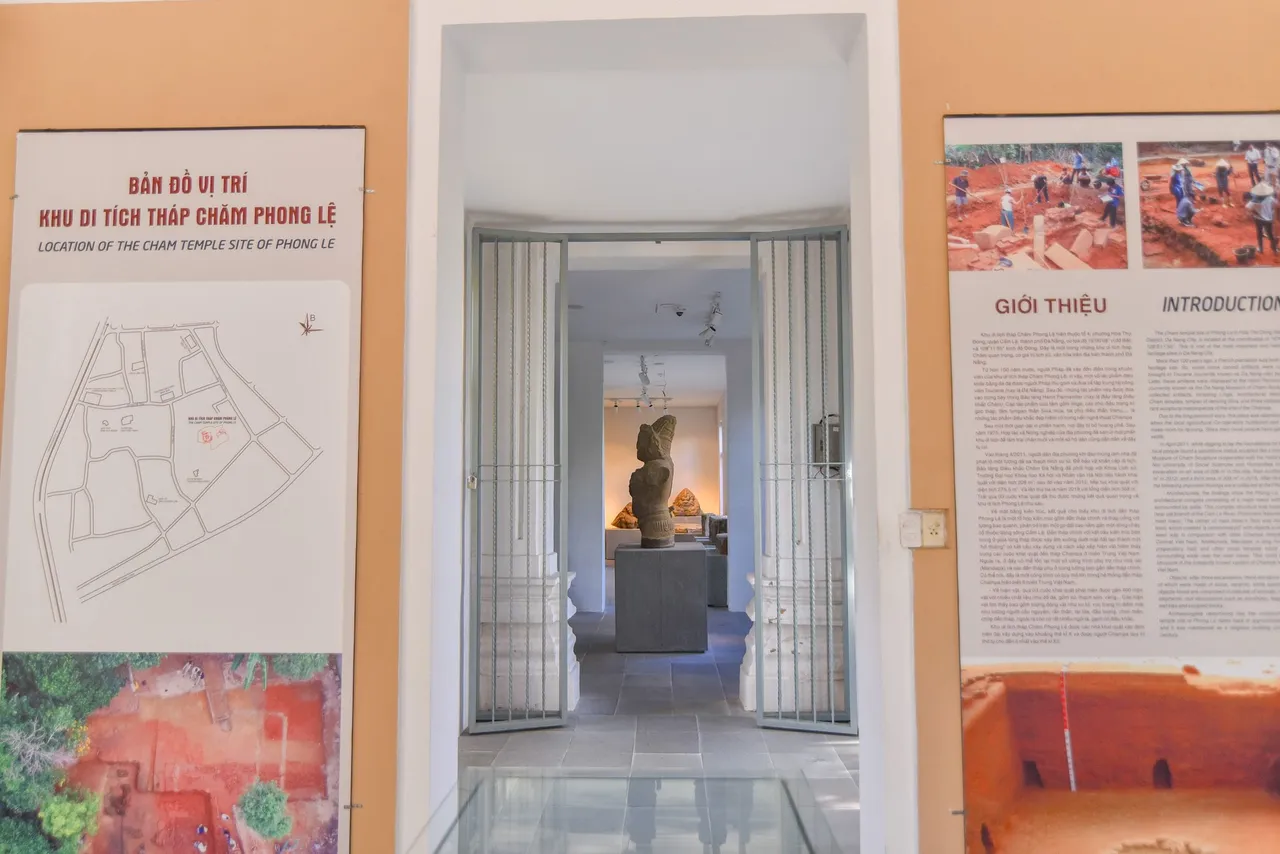
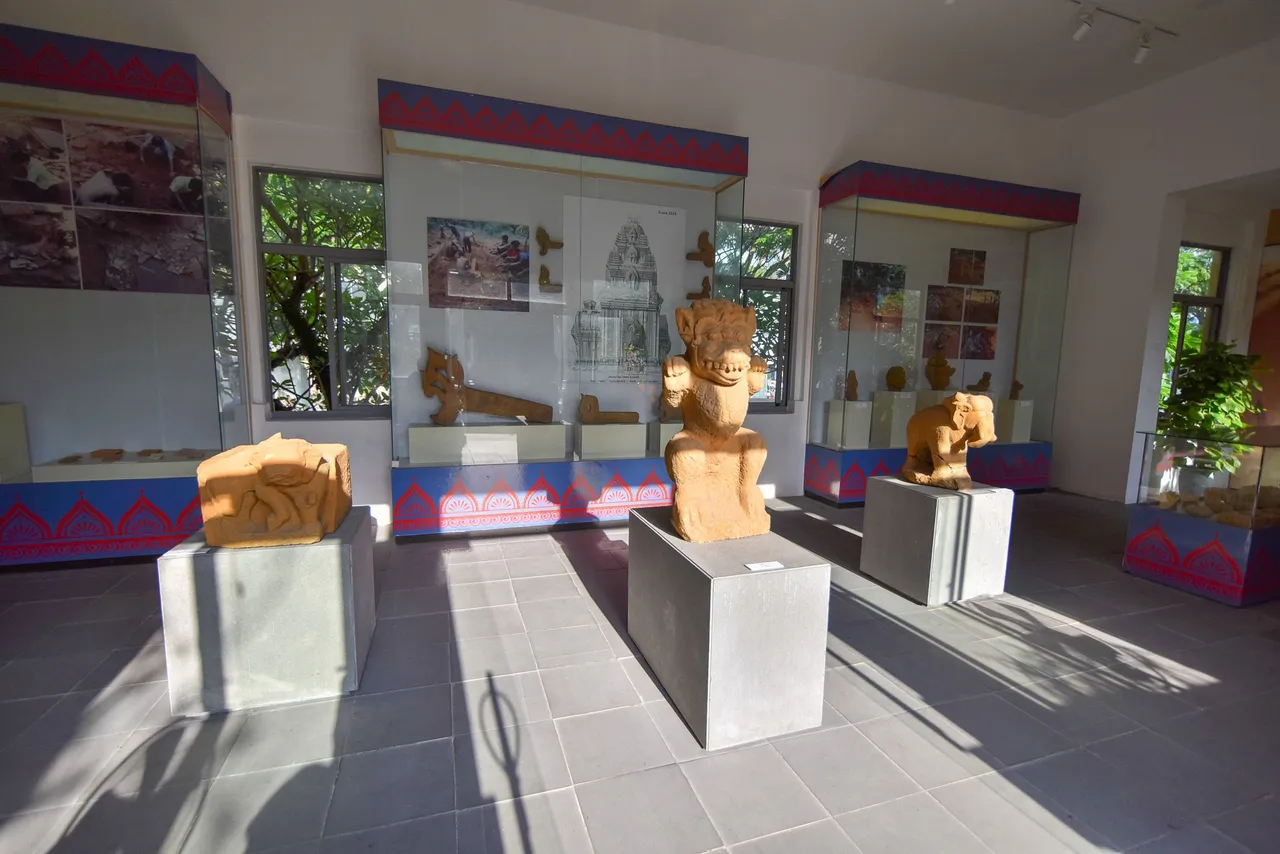
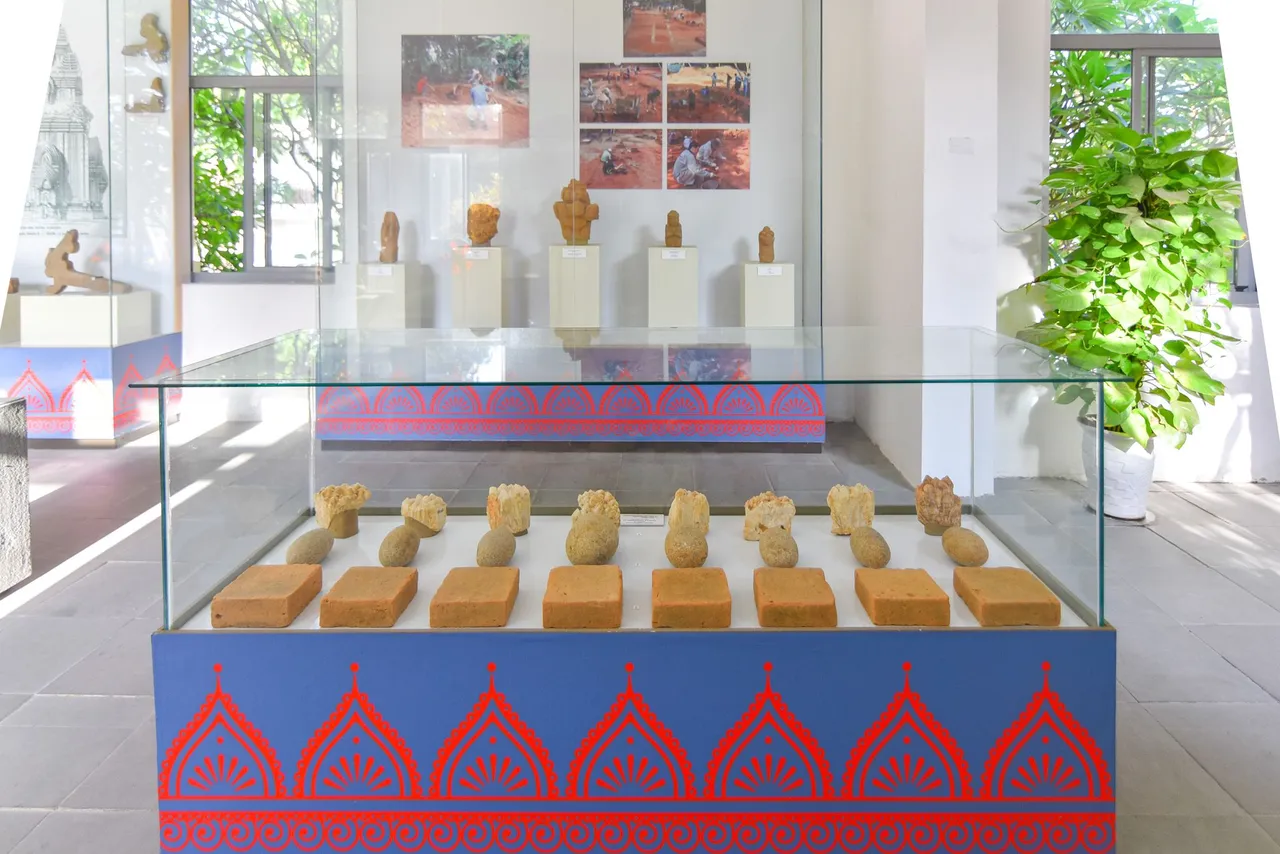
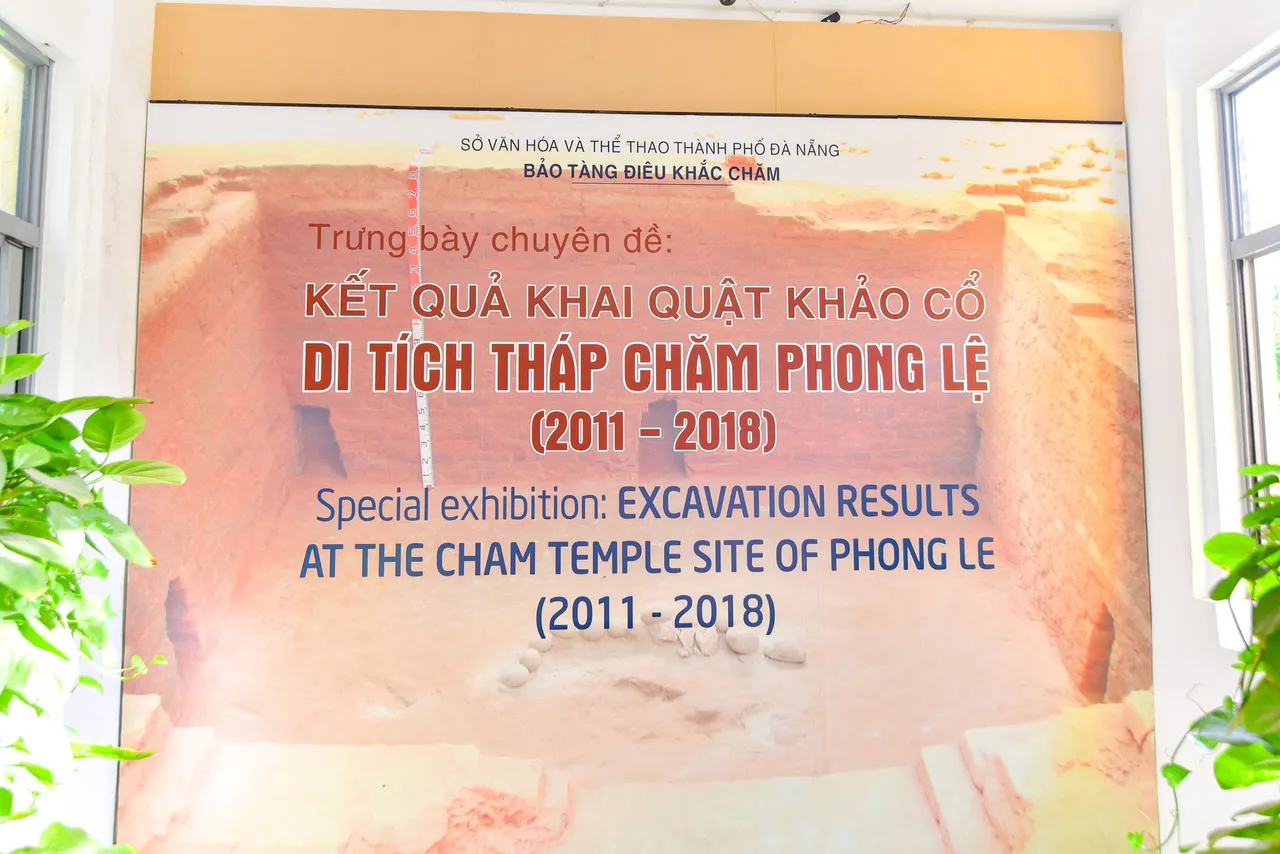
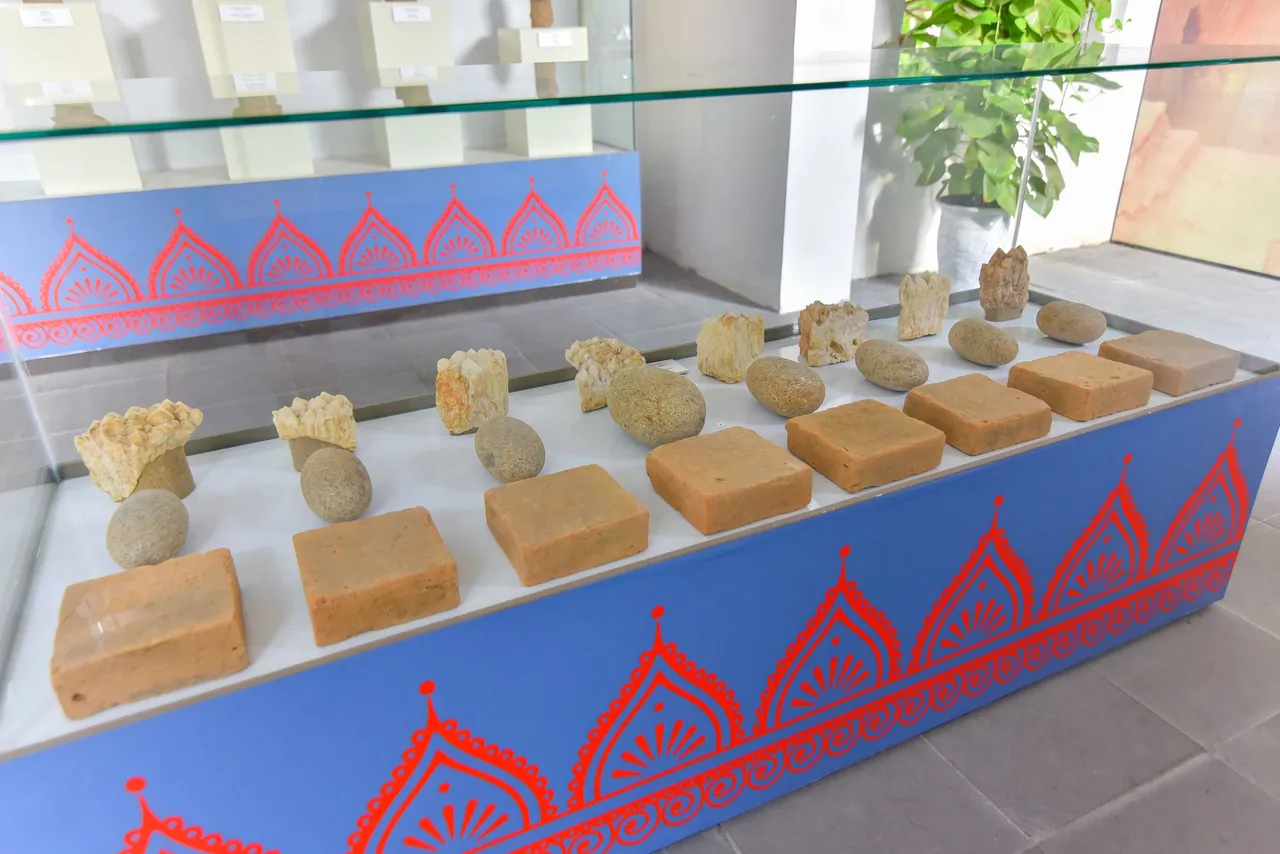


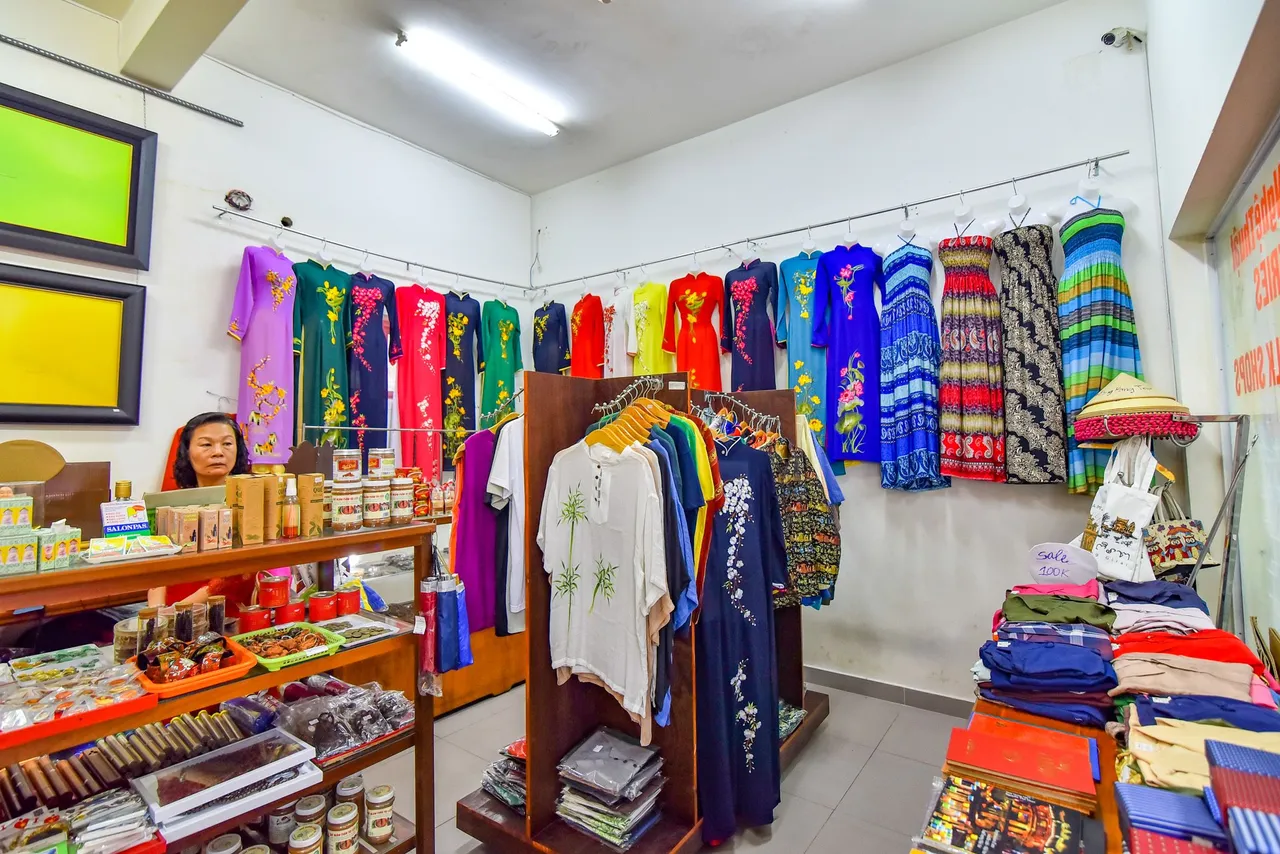

Thank you for reading my post.Have a nice day! <3